I have been painting some of my first Murawski Miniatures recently and they are very nice indeed. The range and variations availble already is showing great promise for future additions. I will post the figures as I finish them. There will be Infantry, Cavalry, Artillery and Command bases. The figures compliment Perry Miniatures in regards to size and level of detail.
All figures are based on 50mm x 50mm x 2mm wooden bases and flags are by GMB Designs.
1st Chasseurs-a-Cheval Regiment
The 1st Chasseurs-a-Cheval Regiment in 1809 was commanded by Colonel Przebendowski , these figures were a commission the buyer was supplying their own standard and pole.
13th Hussar Regiment "Silver Hussars"
The 13th Hussars regiment was commanded by Colonel Tolinski, these figures were a commission the buyer was supplying their own standard and pole.
22nd DoW Regiment (Colonel Czapski)
1st Regiment of the Vistula Legion
Regimental Engagements
28
Battles: 1806 - St.Euphemie, Mangona, and Codron 1807 - Salzbrunn, 1808 - Mallen, Allagon, Zaragoza, Tudela, and Tavenca, 1809 - Zaragoza, Alcaniz, Maria, Belchite, and Stella, 1810 - Villet-Checa, 1811 - Tarragona, Murviedra , and Gratalope Fairet, 1812 - Valencia, Smolensk, Chirikovo, Borodino Krimskoie, Voronowo, Beresina, Krasnoie, and Wilna
Colonels: 1808 - Chlopicki, 1809 - Kosinowski, 1811 - Fondzielski, 1812 - Kosinowski
Colonels: 1808 - Chlopicki, 1809 - Kosinowski, 1811 - Fondzielski, 1812 - Kosinowski
2nd Regiment of the Vistula Legion
Regimental Engagements
28 Battles 1808 - Zaragoza and Tudela, 1809 - Perdiguera, Santa Fe, Belchite, Aquila, El Fresna, Calatayud, Retascon, Daroca, Ojos Negros and Tremedal 1810 - Torre la Carcel, Teruel, Villastar, Villel, Lancosa, and Tortosa Fuente Santa 1811 - Azuara, 1812 - Valencia, Smolensk, Woronowo, Beresina, Tarutino, Vilna and Kovno 1813 - Wittenberg
Colonels: 1808 - Bialowieyski, 1808 - Kosinowski, 1809 - Michalowski, 1812 - Chlusowicz, 1812 - Malczewski
Colonels: 1808 - Bialowieyski, 1808 - Kosinowski, 1809 - Michalowski, 1812 - Chlusowicz, 1812 - Malczewski
The Krakus Regiment
The Krakus Regiment, pronounced crack-coosee, was formed in 1813. On 25th September 1813 on the road to Bautzen the Polish troops met Napoleon. The Emperor reviewed the Krakus Regiment mounted on their peasant ponies and laughed out loud. He called them “my pygmy cavalry.” But when they began manoeuvring, deploying, charging and plying, all in a very fast pace, his amusement switched to admiration. In the end of the review individual riders presented their incredible skills. Stones were placed on the ground and they came at speed picking them off the ground with easy. They were the wizards of the saddle. Impressed Napoleon called for the commanders of French cavalry and said: look at these kids. They are superb horsemen, they captured allied general, Cossack standard and dozens of prisoners. And they accomplished it in short time.
Then he asked the generals; who of you brought me a Cossack as prisoner in the last or this campaign? Then he turned to General Uminski and said: I want 3.000 of such warriors.
Then he asked the generals; who of you brought me a Cossack as prisoner in the last or this campaign? Then he turned to General Uminski and said: I want 3.000 of such warriors.
In 1813 the officers gave commands by waving a handkerchief, in 1814 this function was performed by using a horsetail on a pike in the manner of the wild Tartars. It was excellent tool for small warfare as the regular cavalry used the trumpets for communication, more suited for noisy battlefield than for chasing the elusive Cossacks.
In 1814 the privates adopted an unusual melon-like crimson beret. The Krakus wore the folk costume of the Krakow region. The headwear was called krakuska and consisted of square topped but soft (hard for uhlans and infantry)czapka without the visor. The krakuska was red with black or white lambskin turban. Some privates wore captured Cossack colpacks. The cockade and plume were white. Their single breasted and full skirted coat was either brown or white with embroidery and appliques. The collar and cuffs were crimson with white piping. A crimson sash was worn at the waist. The legwear’s were either wide pantaloons (Cossack type) or tight breeches.
The privates were armed with lances (with or without pennants), sabres and pistols. No carbines, no musketoons, no rifles.
The Krakus Regiment was a valuable unit for Napoleon. Some of the privates and officers spoke German and Russian language, their uniforms, horses and weapons were cheap and they beat the hell out of the Cossacks as no other French or Polish unit. Below are descriptions of several combats between the Krakus and the Cossacks.
Foot Artillery Battery
1st Infantry Regiment
13th Infantry Regiment
20th Uhlan Regiment
When Napoleon liberated Lithuania (which had been part of Poland) several new
regiments were raised-The 20th was one of them. It was Commanded by Col. Obuchowicz.
11th Uhlan Regiment
The 11th Uhlan Regiment was commanded by Colonel A. Potocki.




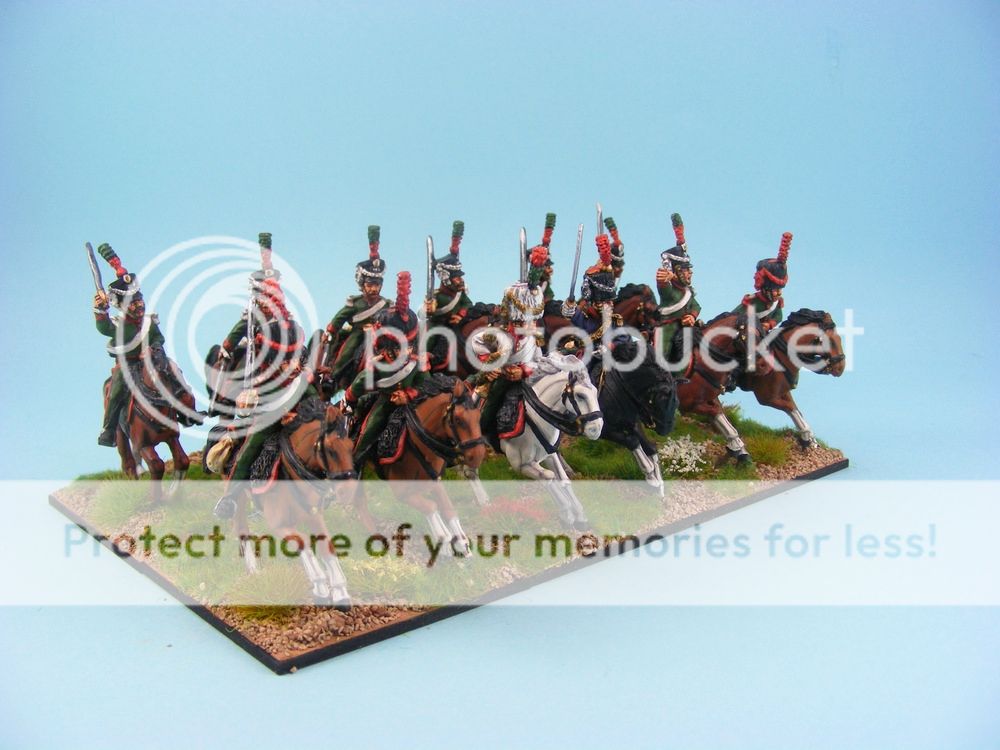
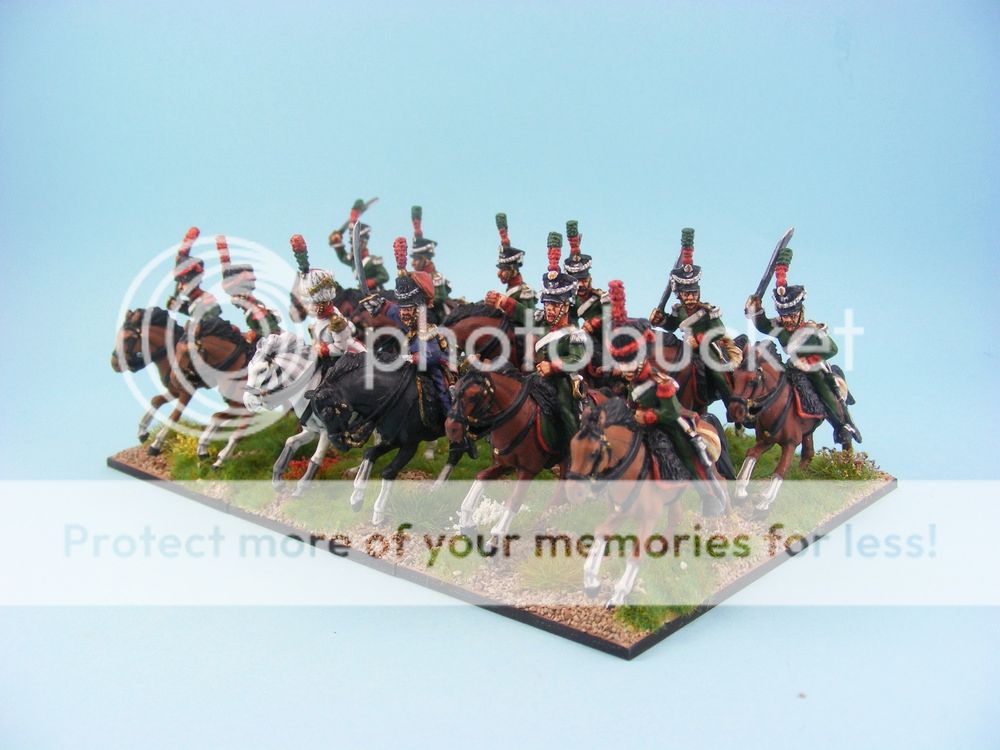
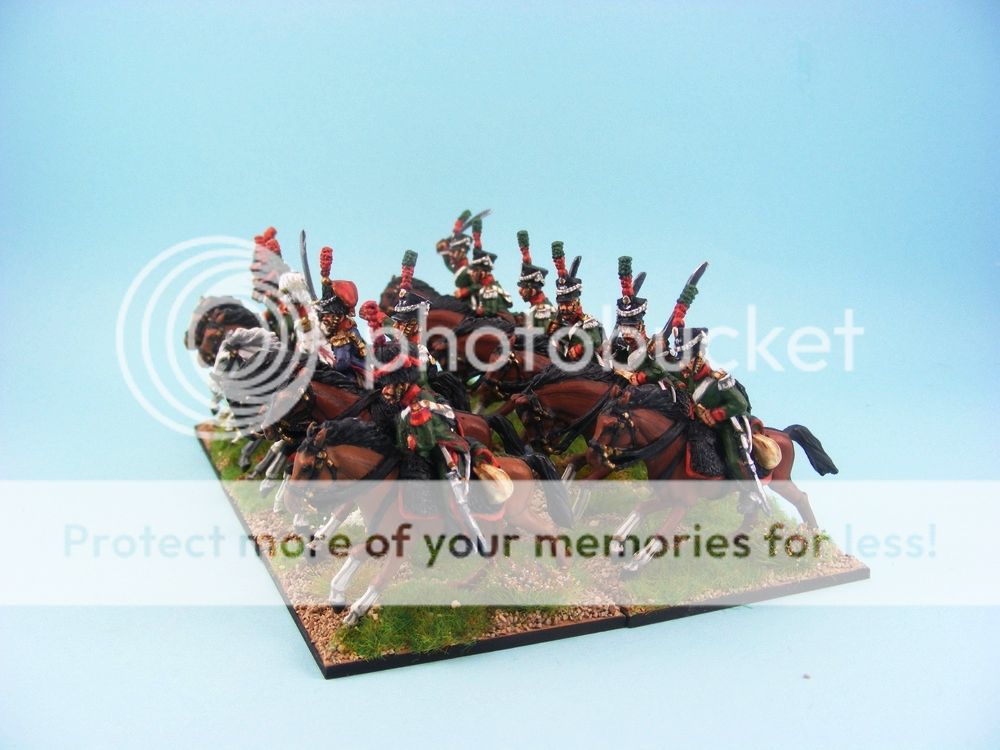
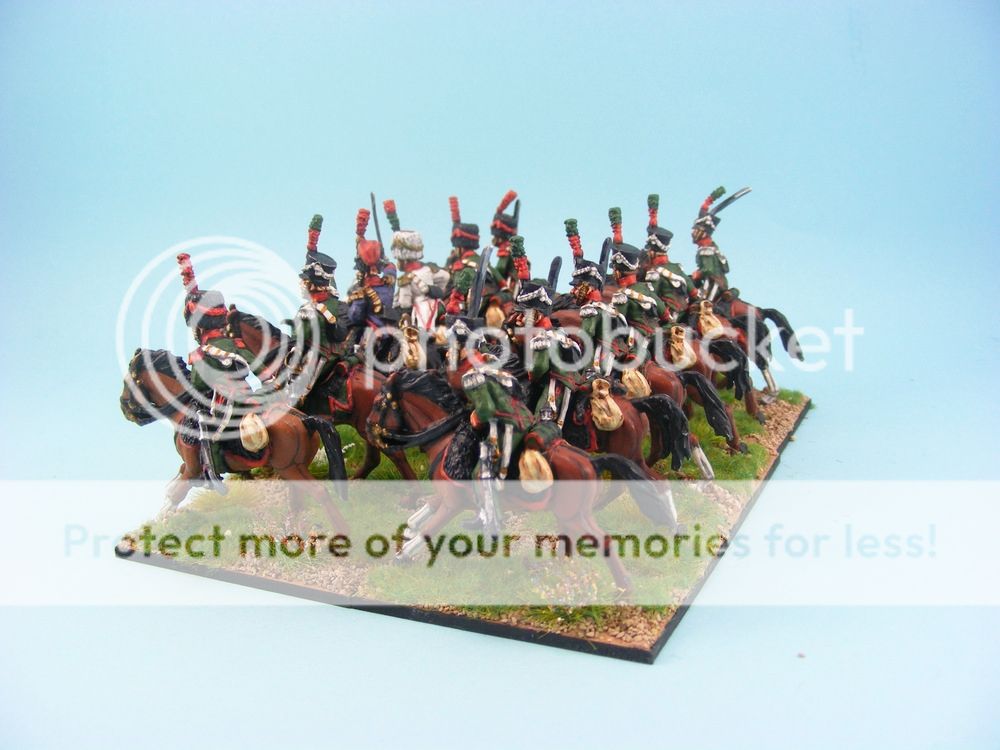
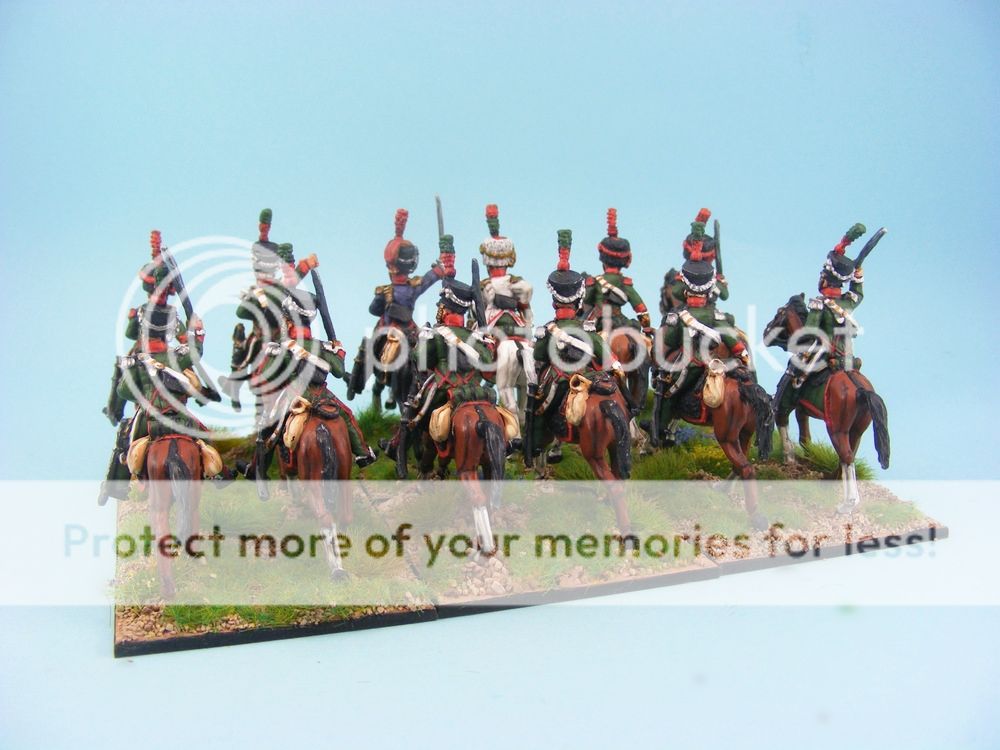
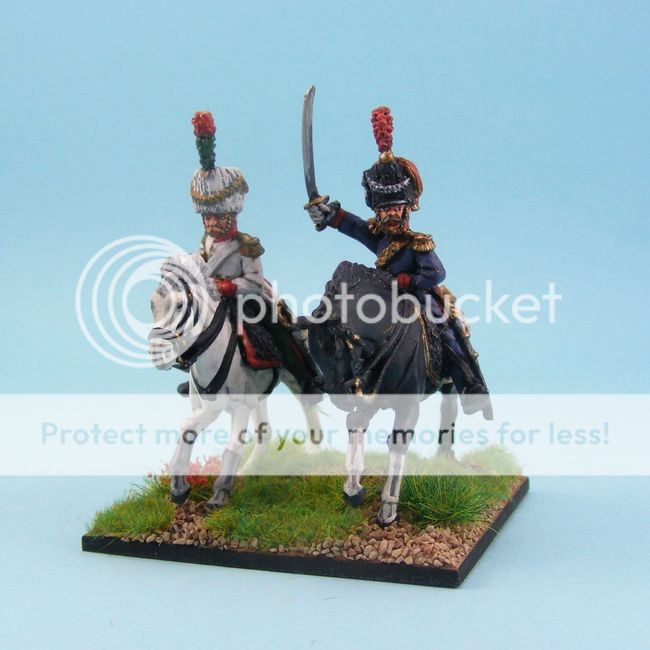
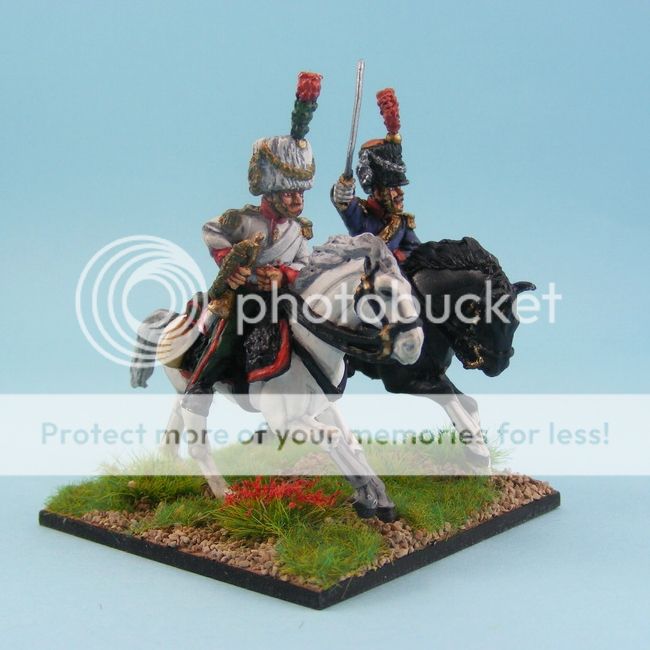
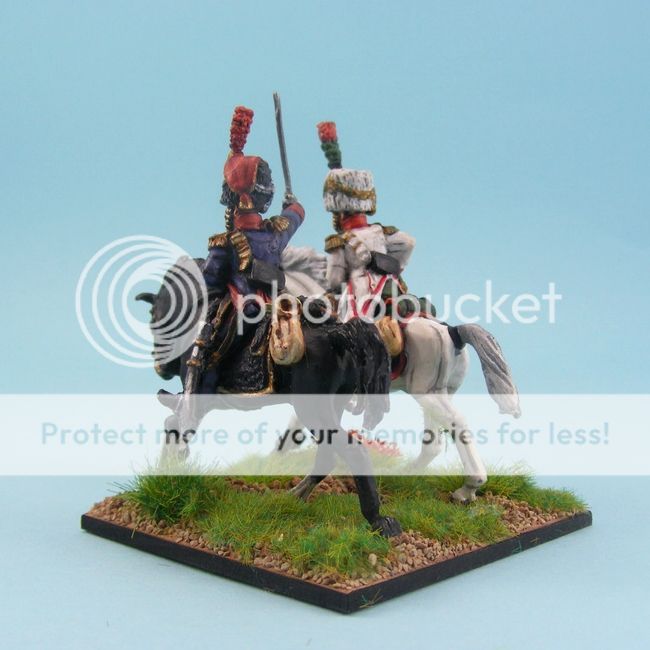
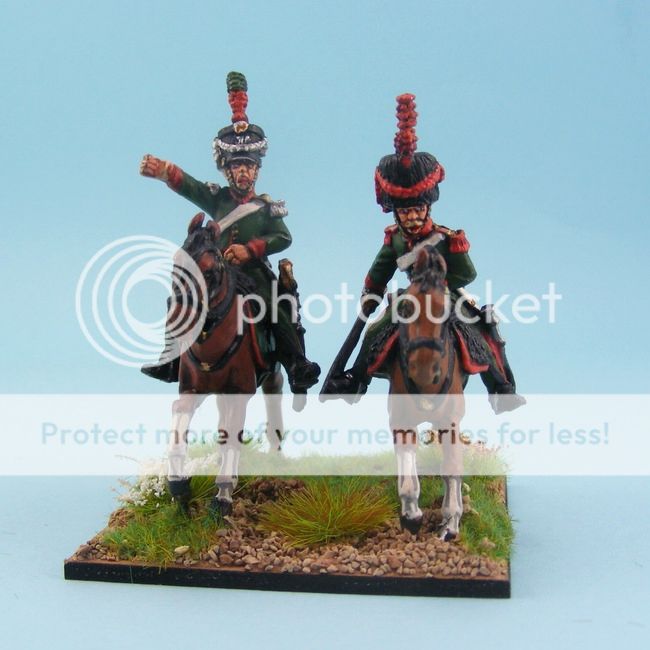
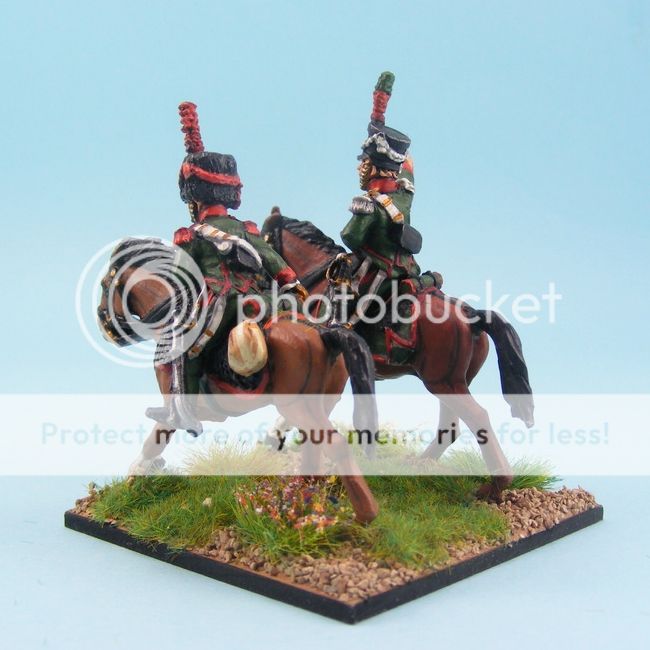
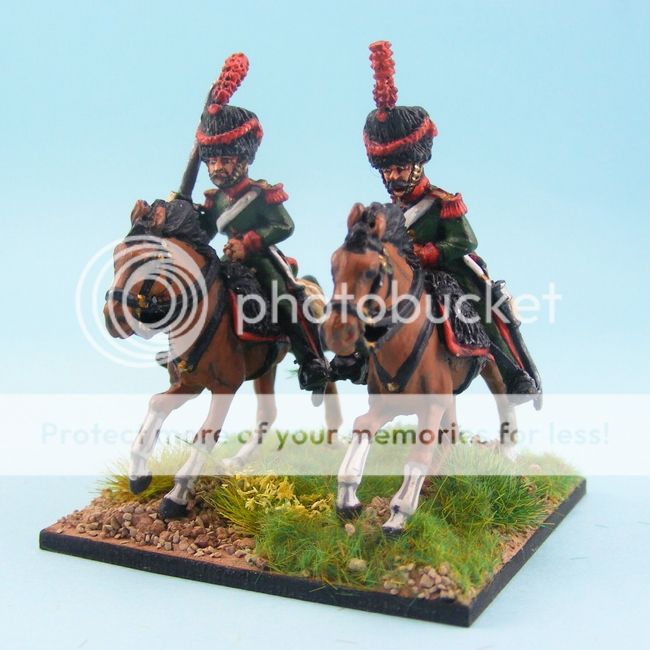
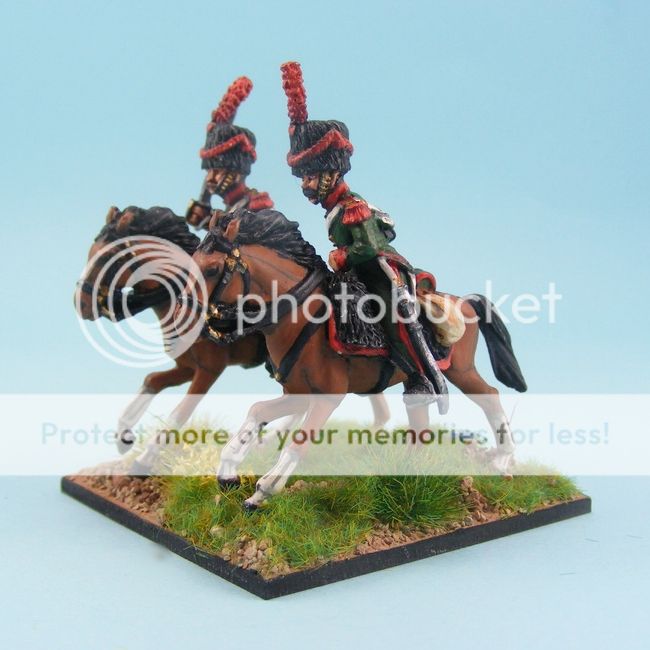
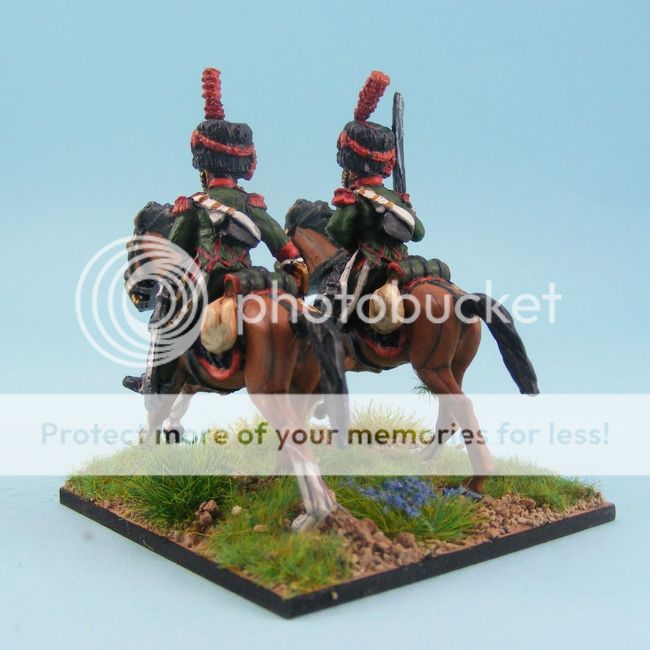
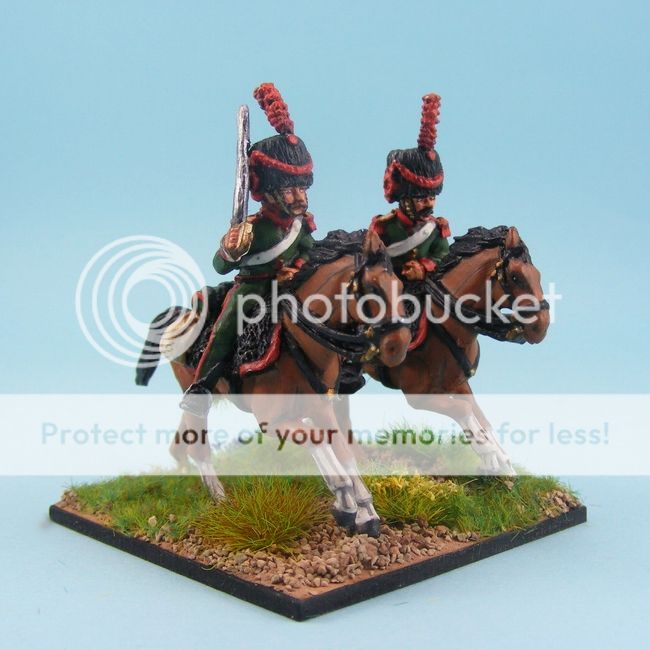
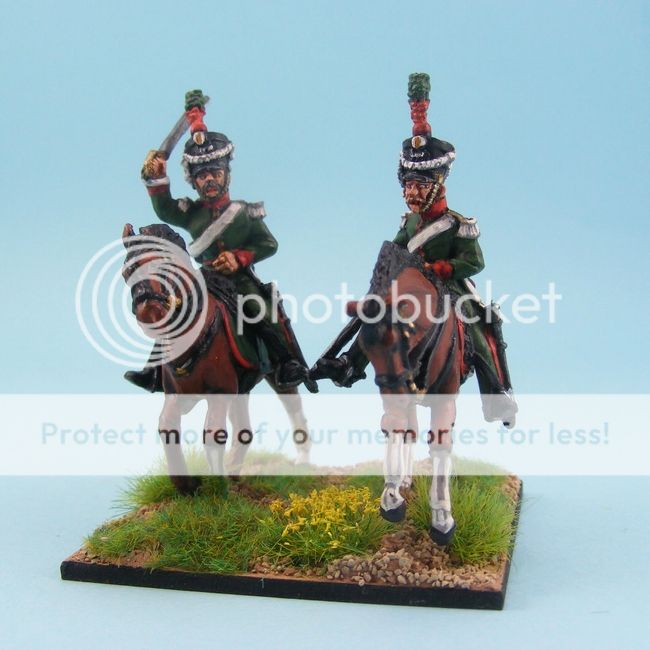
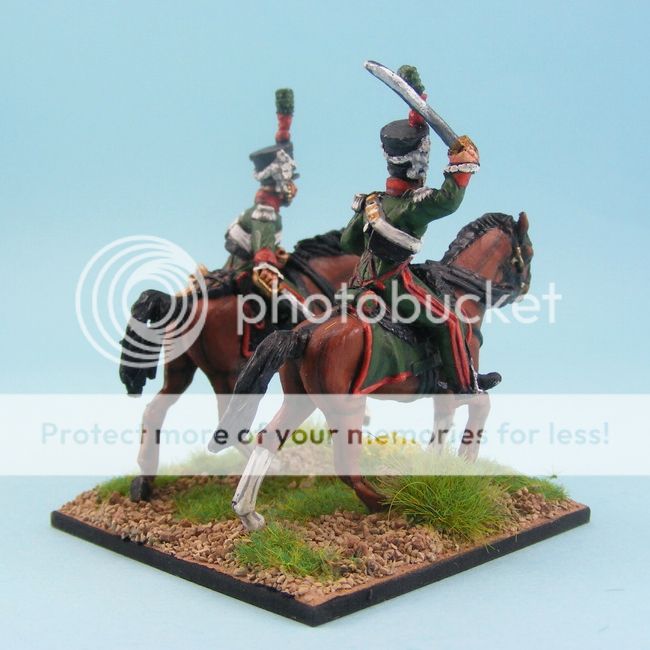
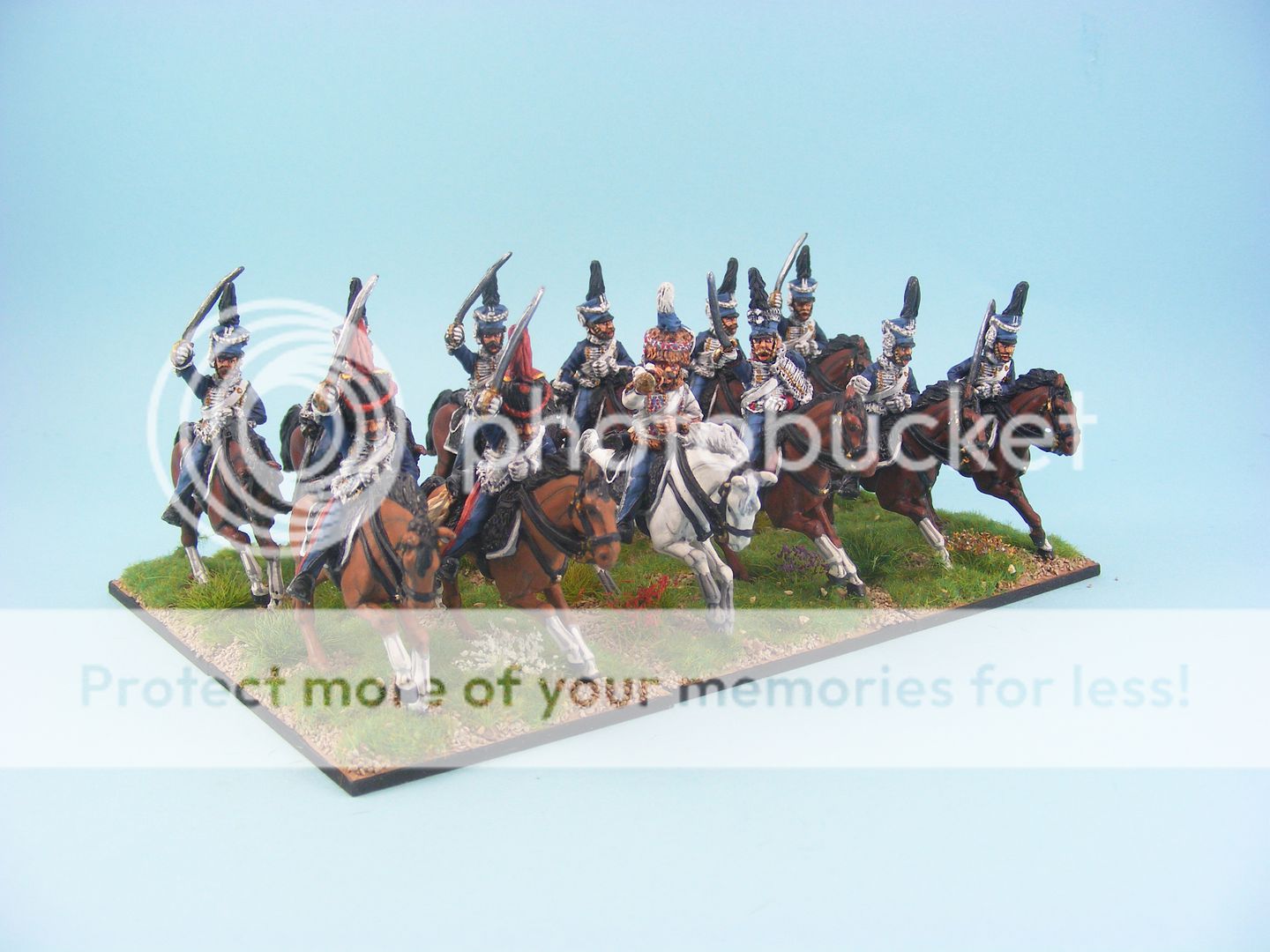
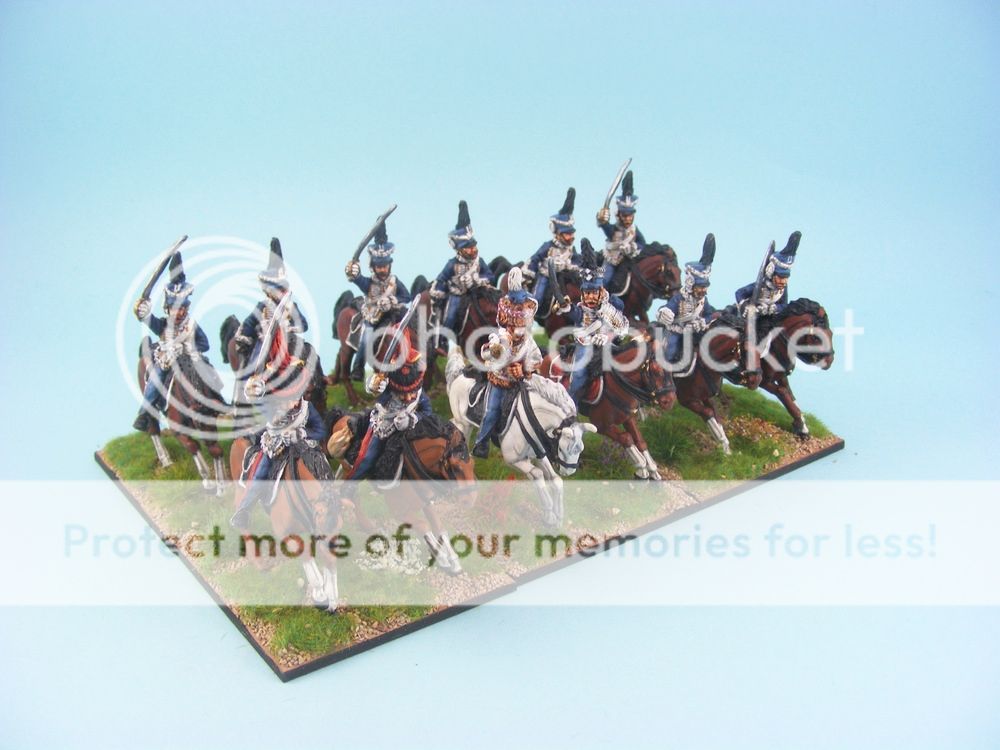
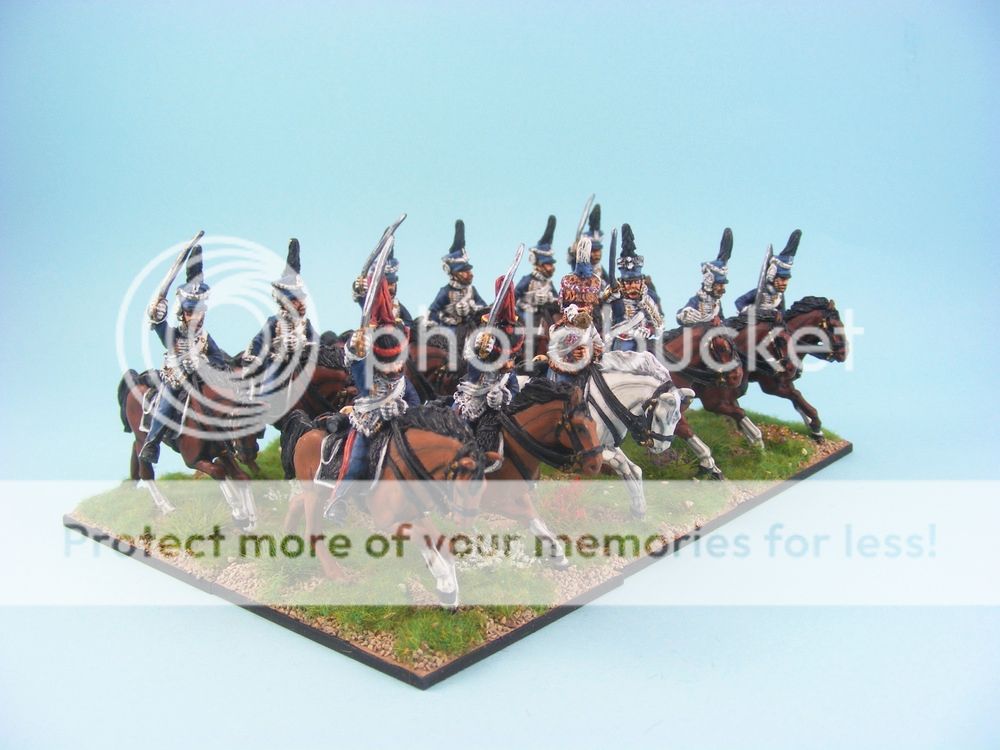

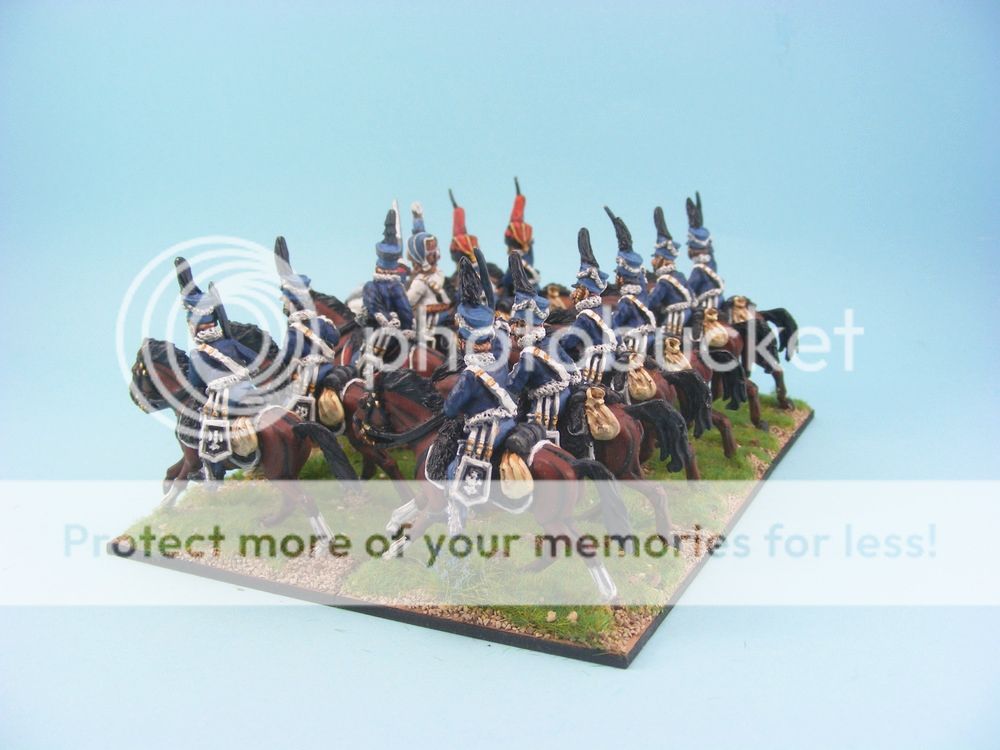
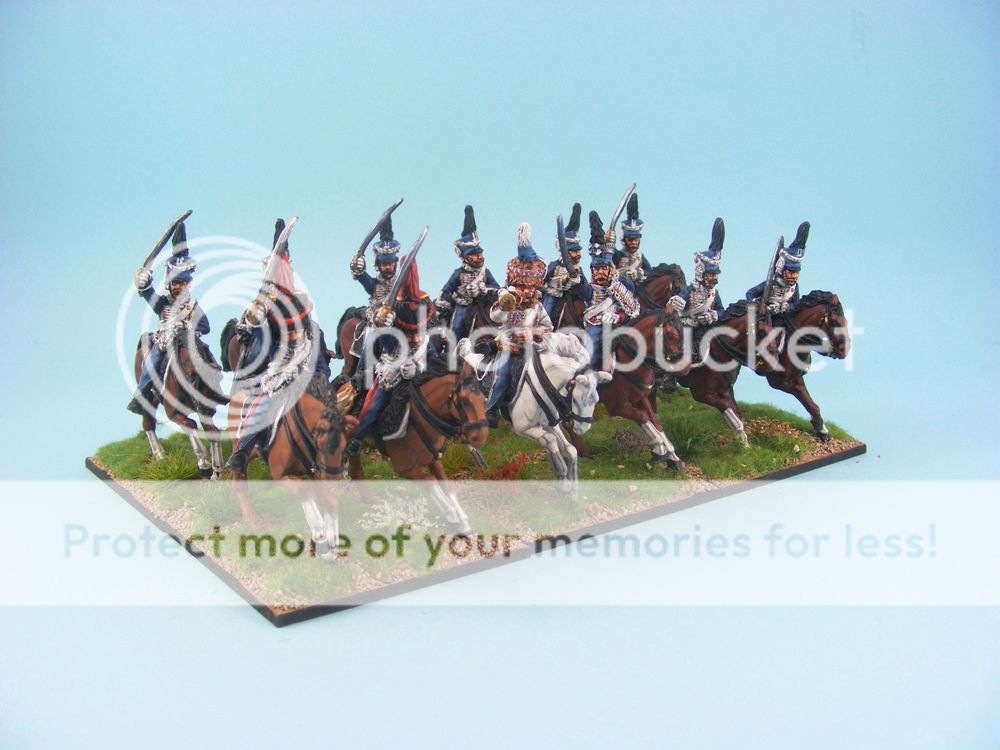
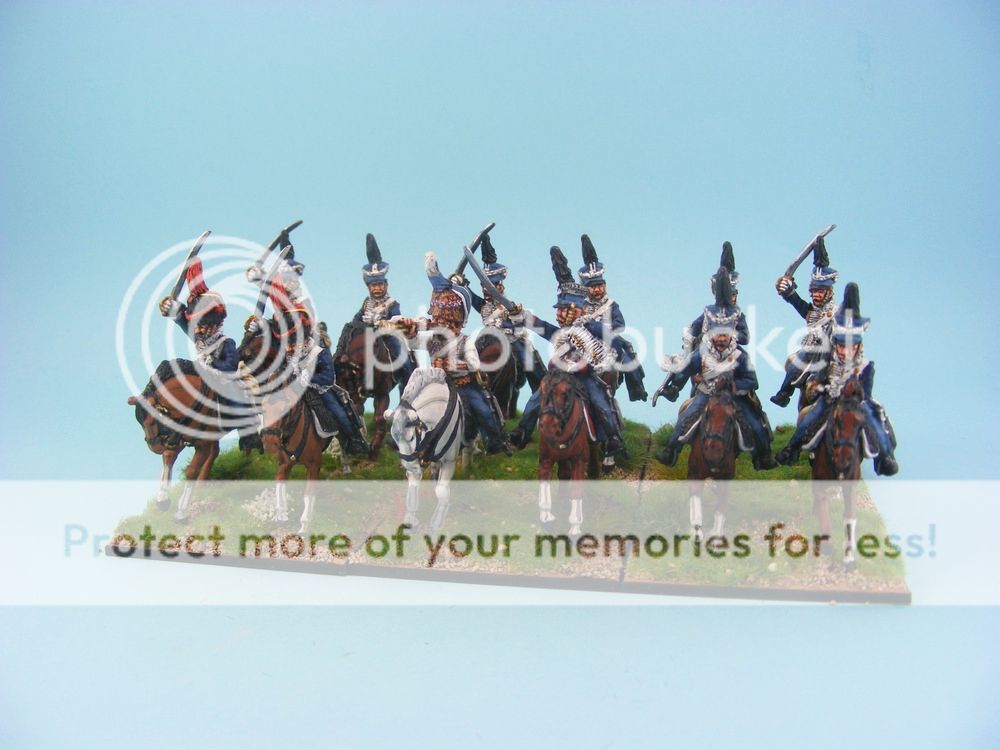
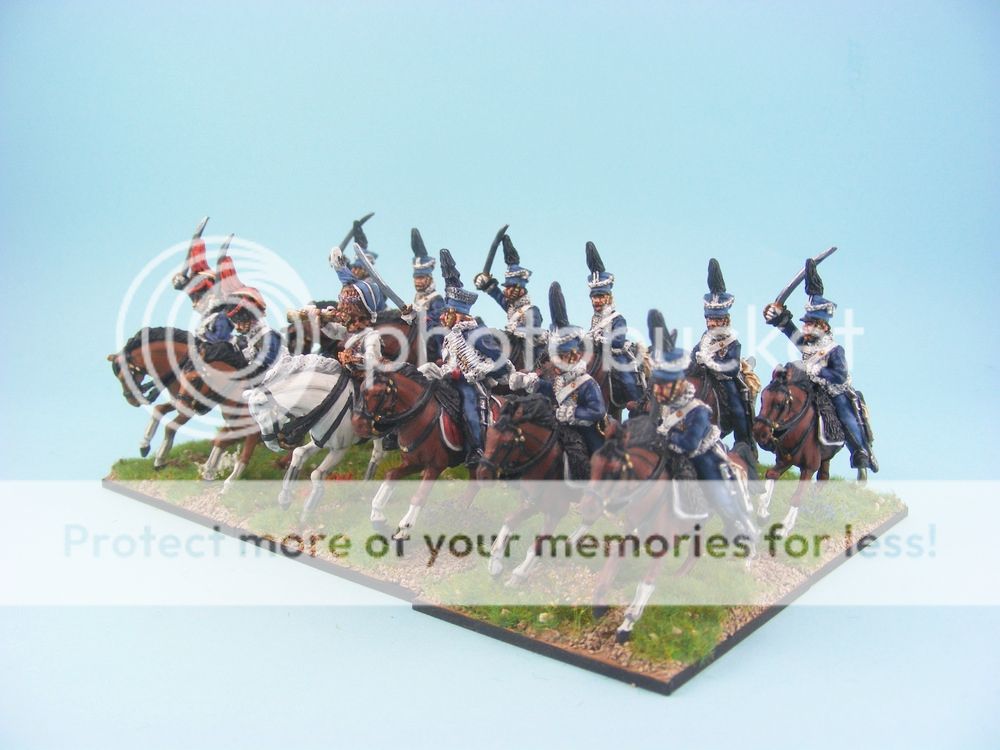
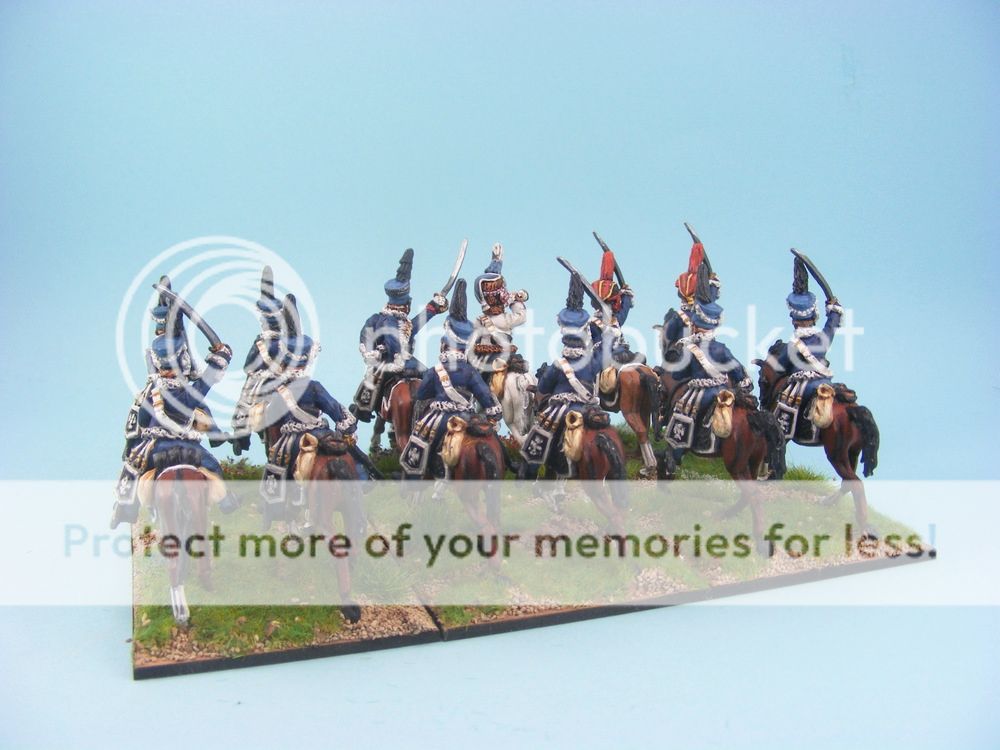
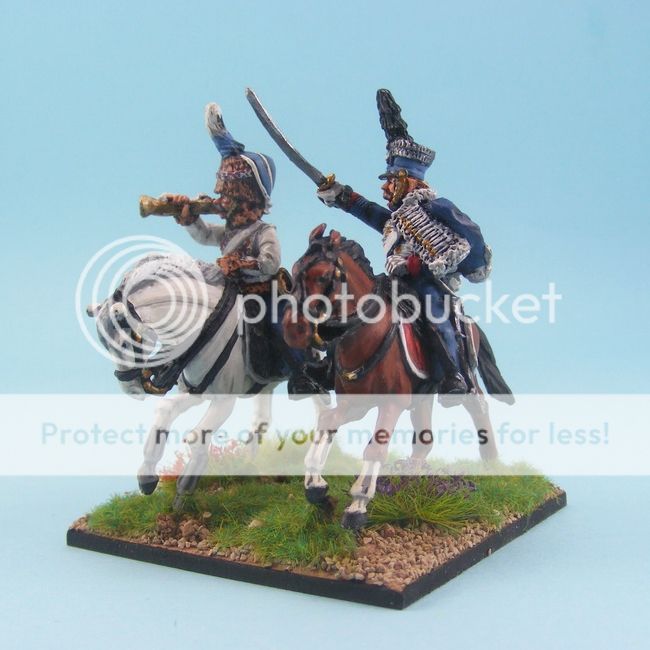
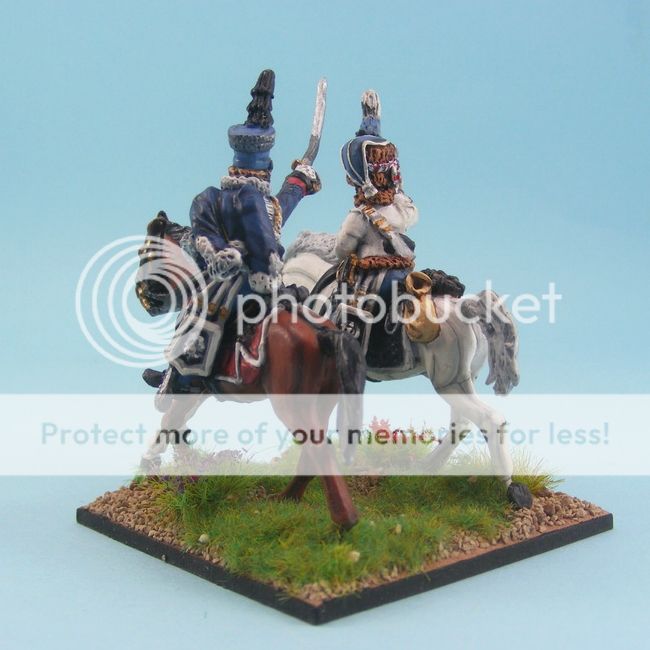

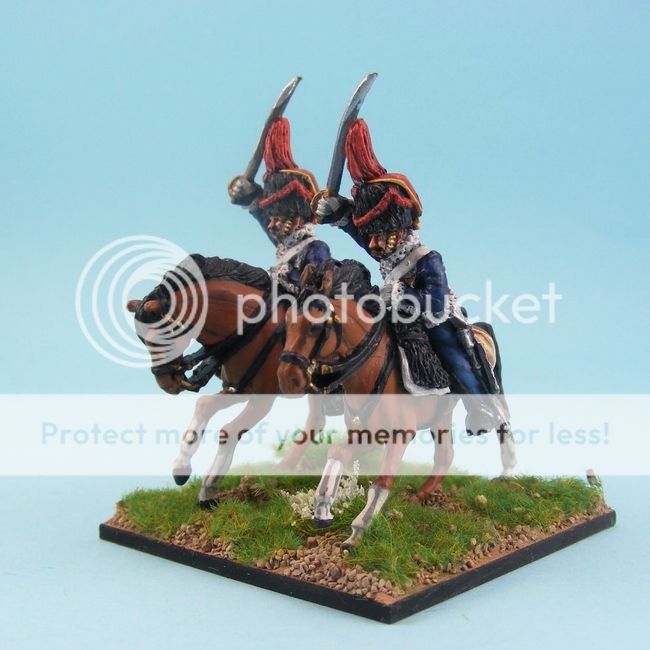
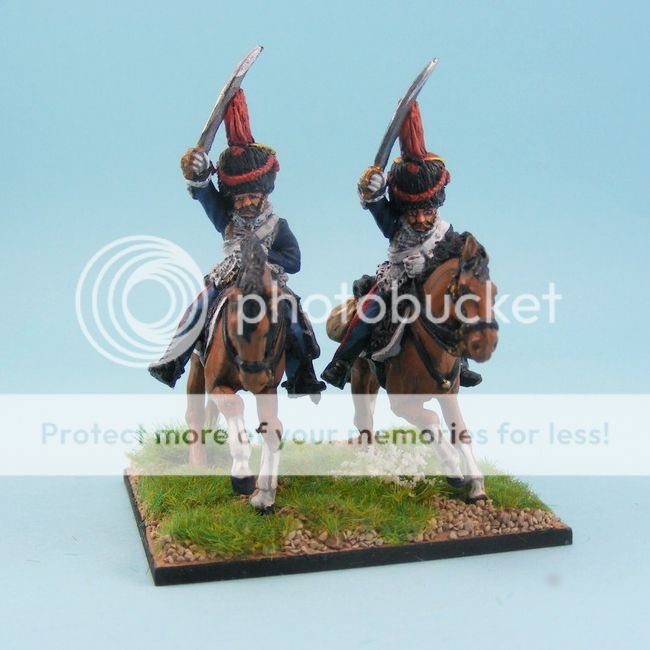

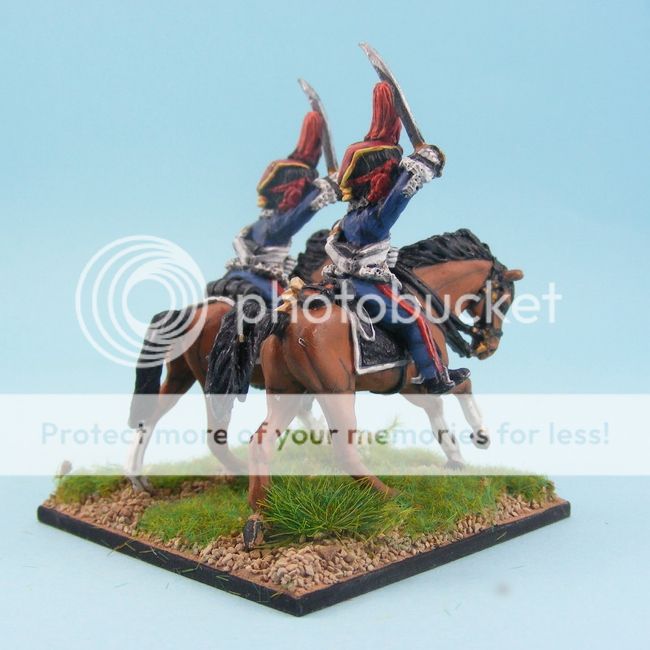
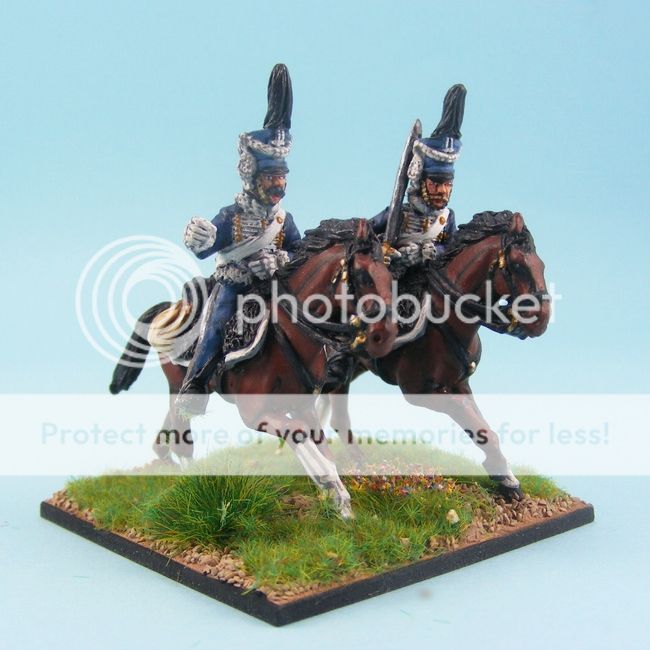
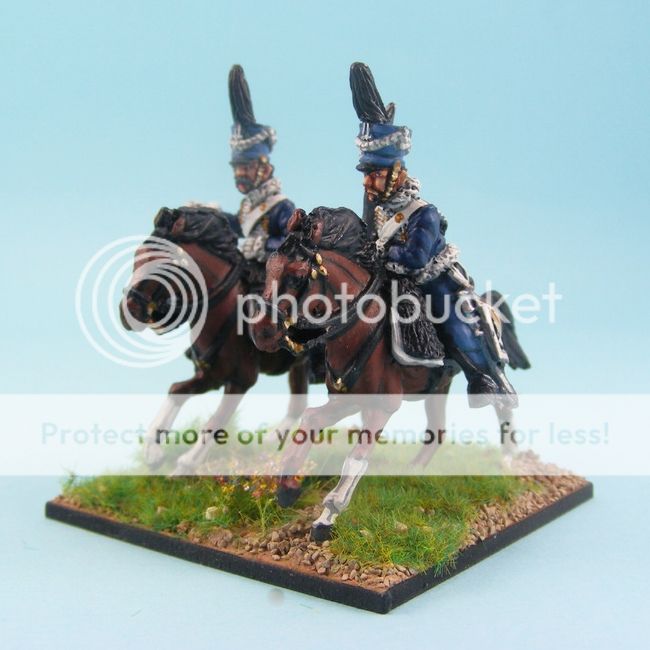

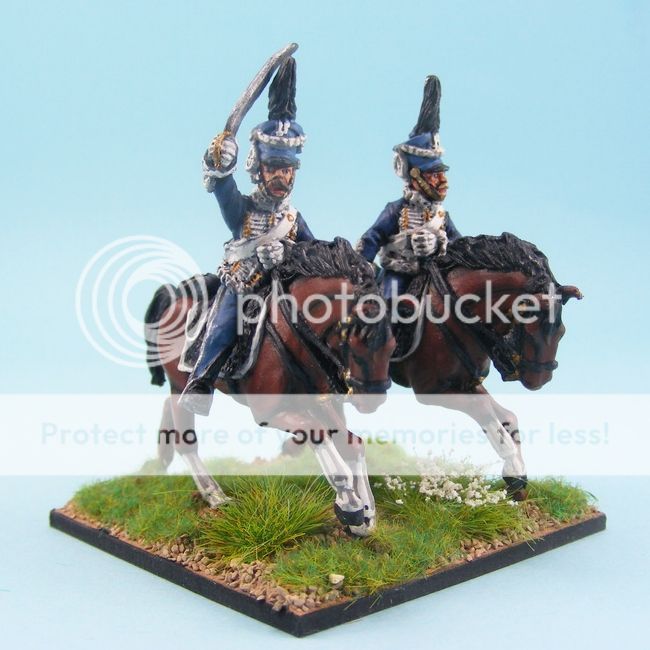




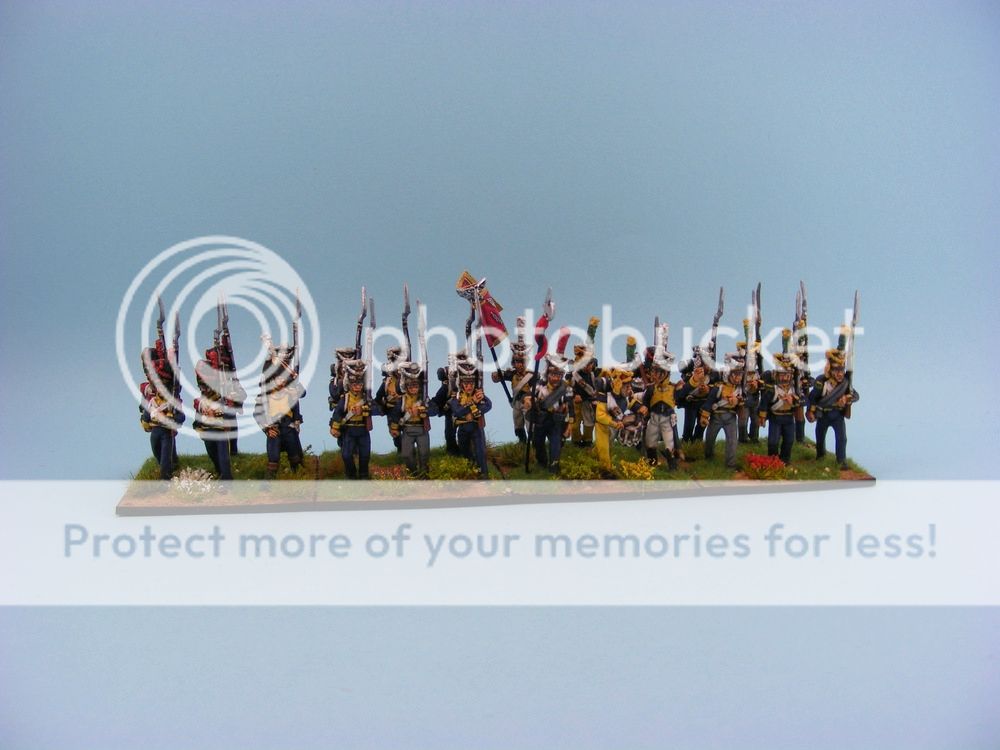
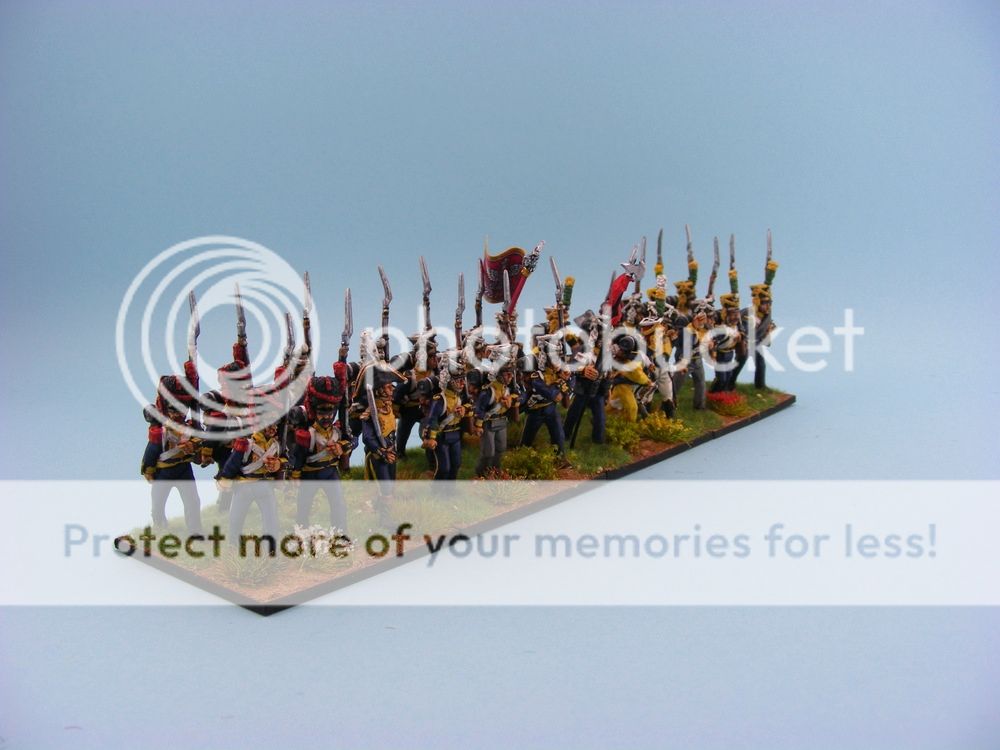
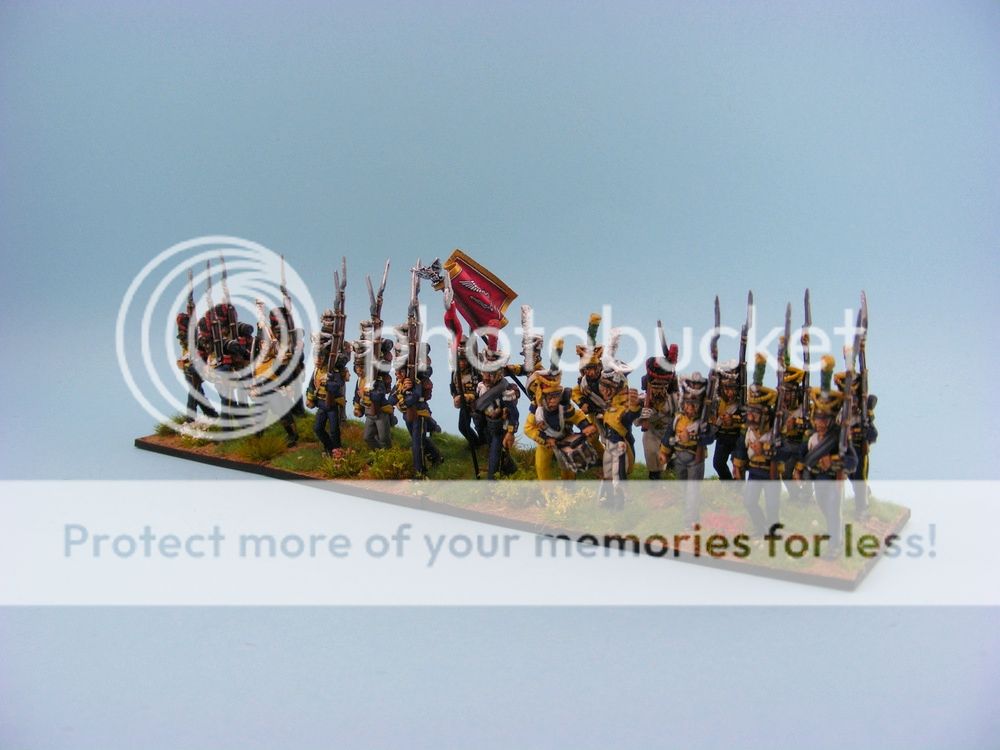
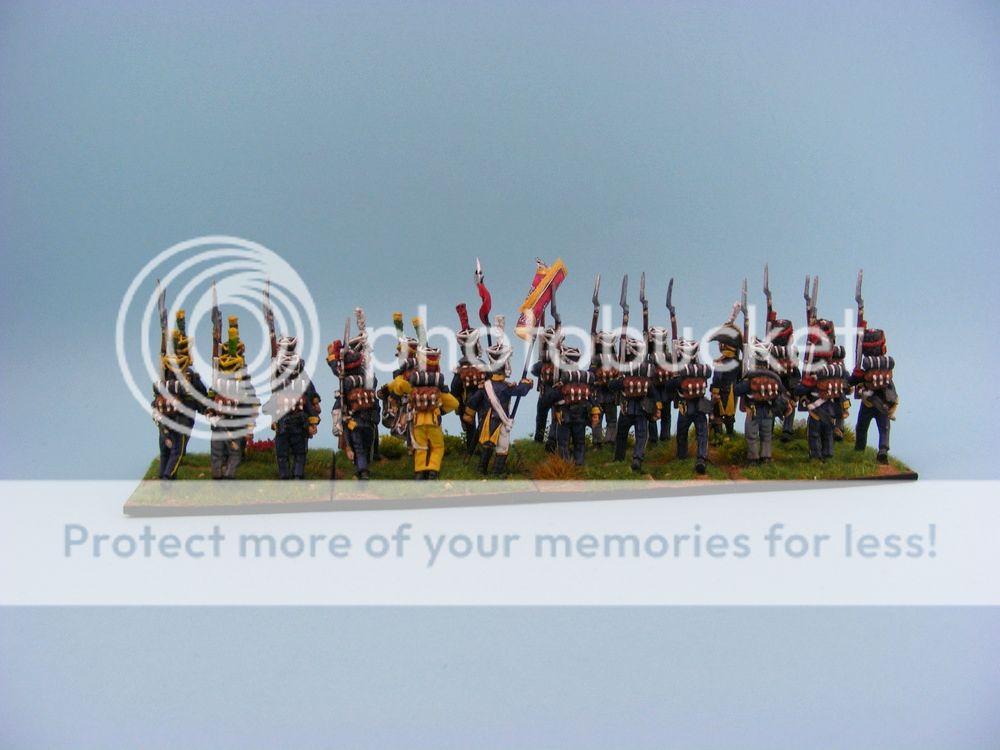
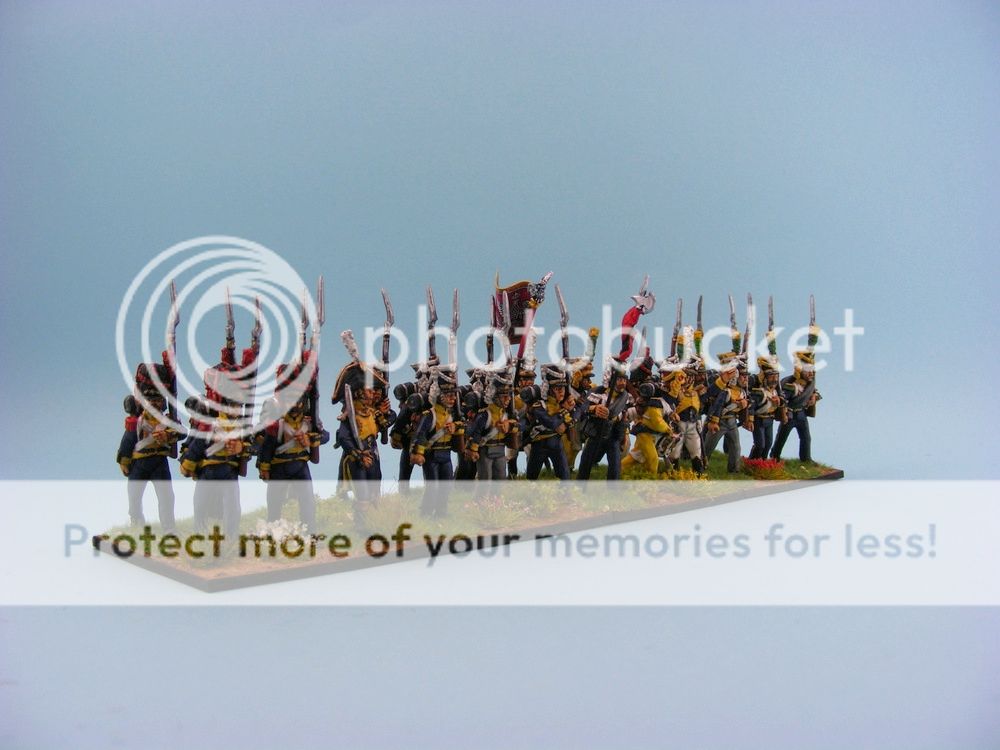
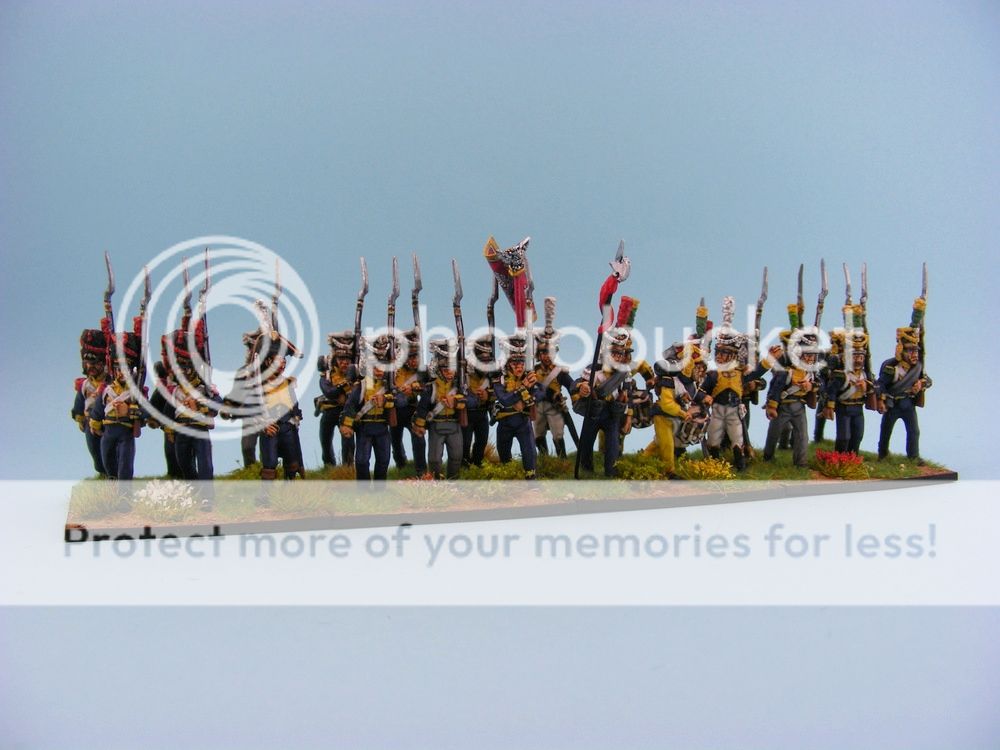
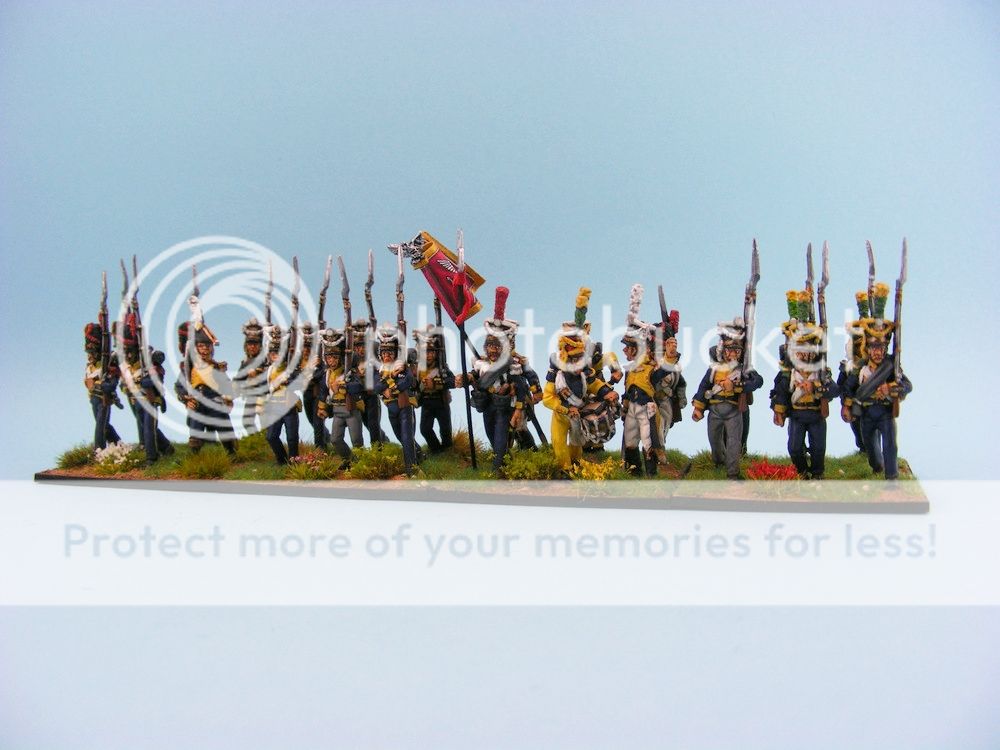


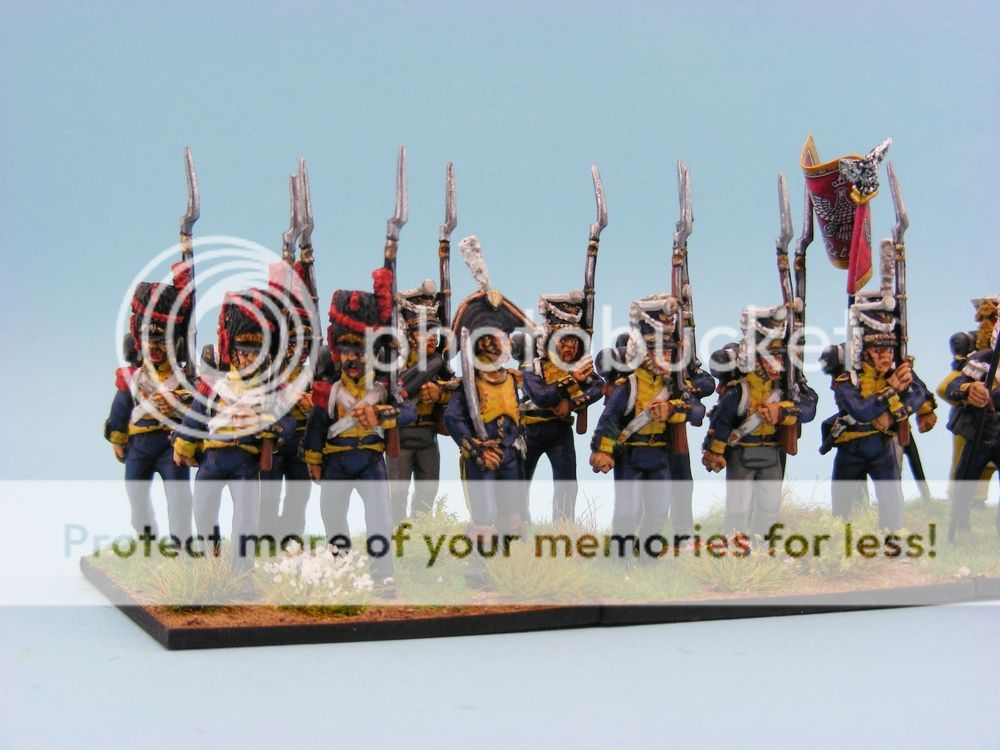


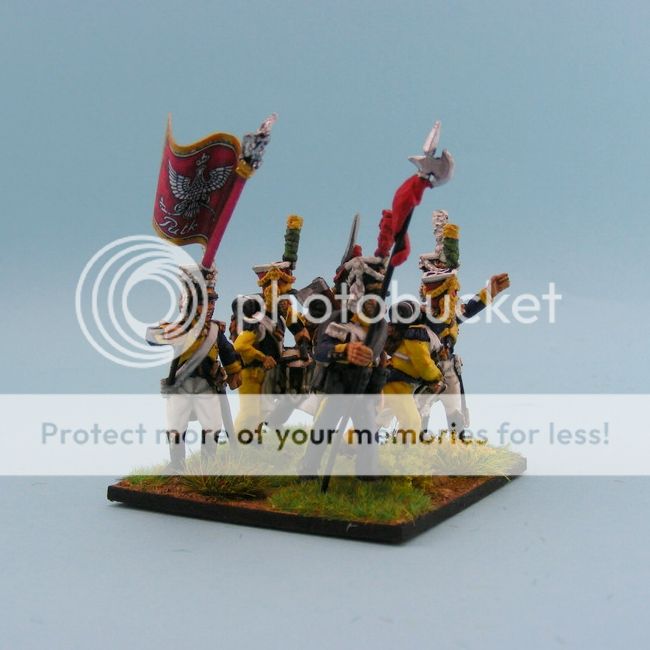

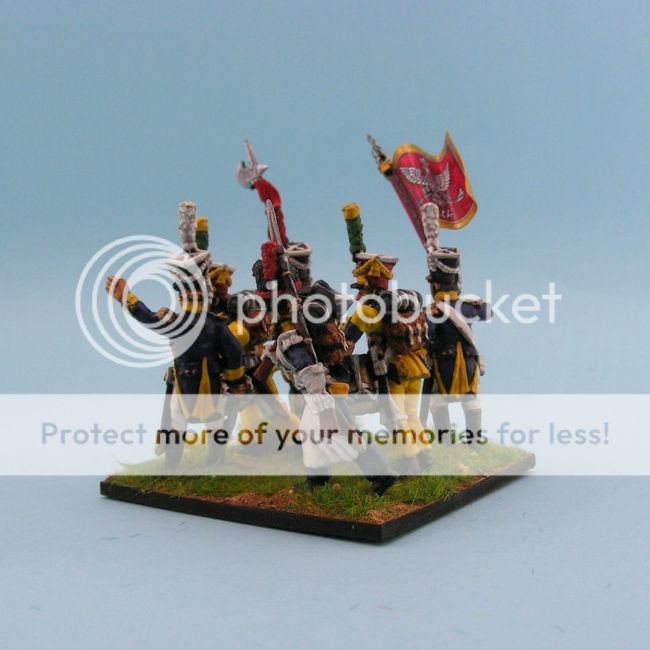
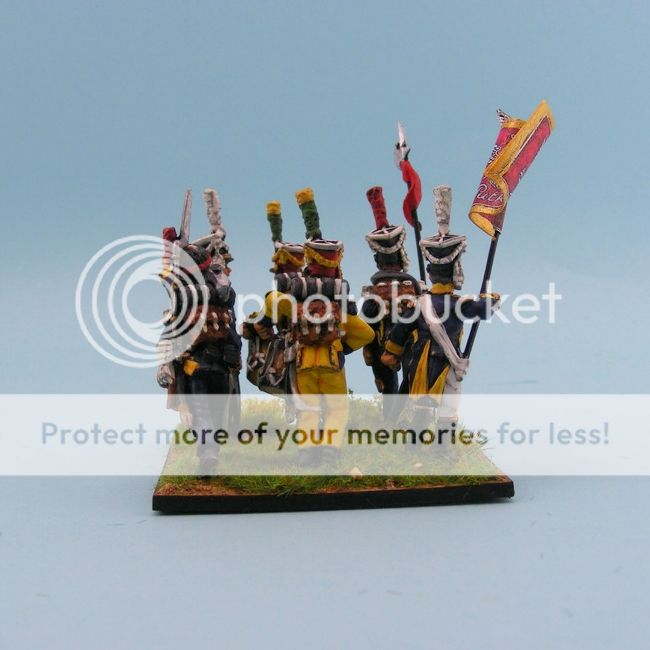
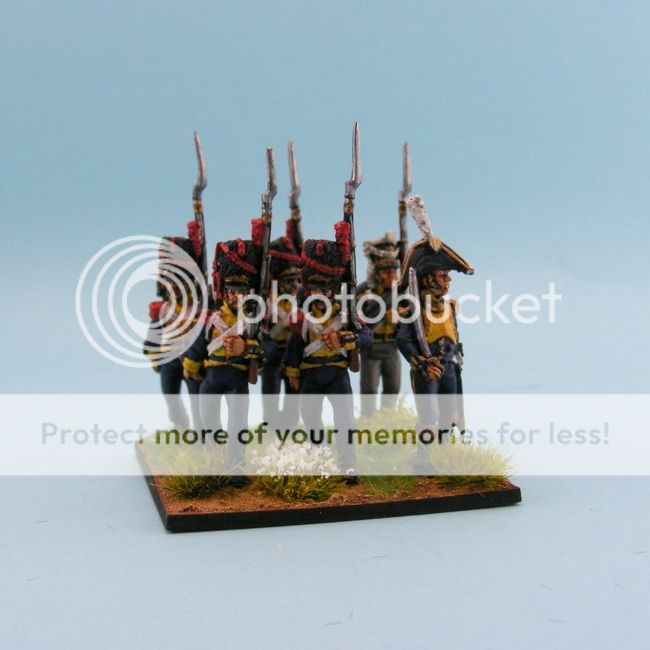
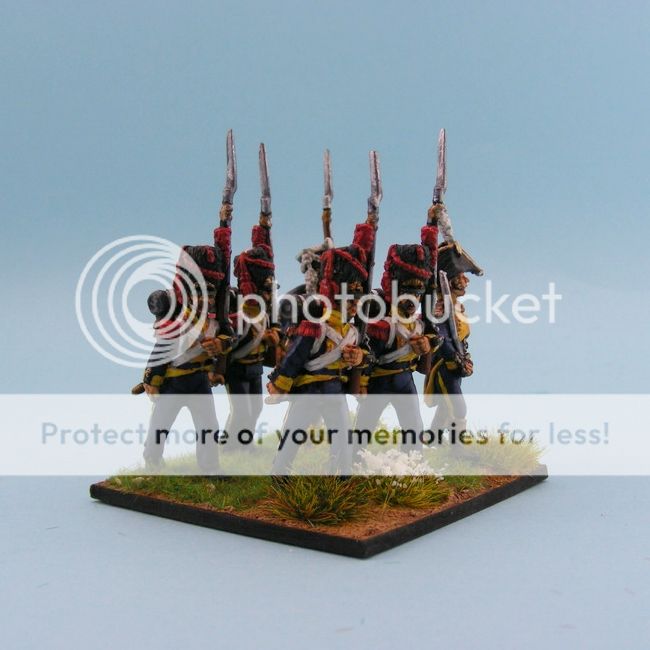

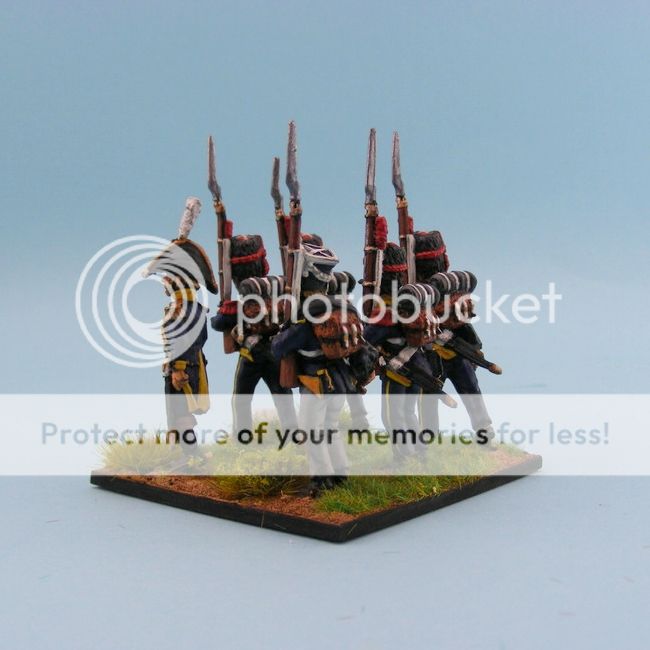
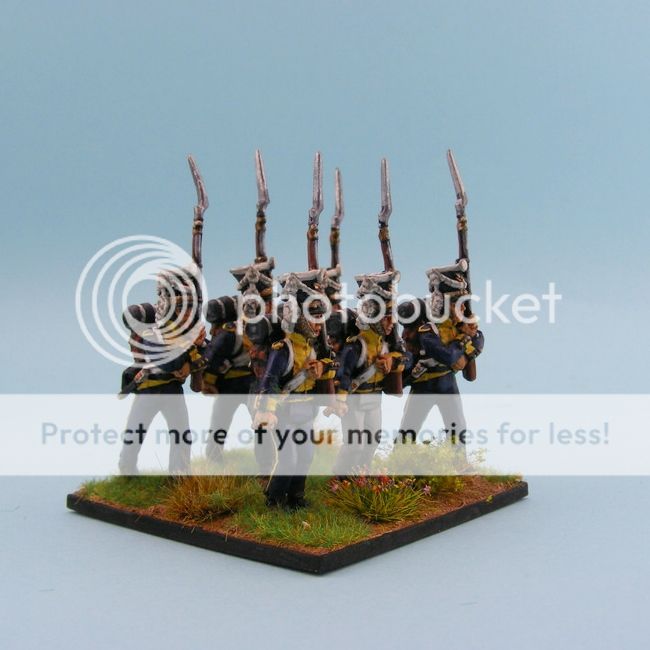
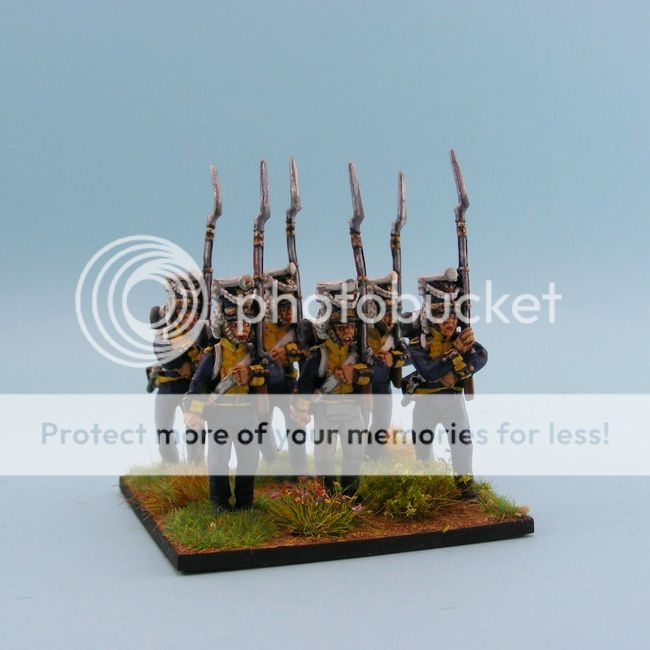
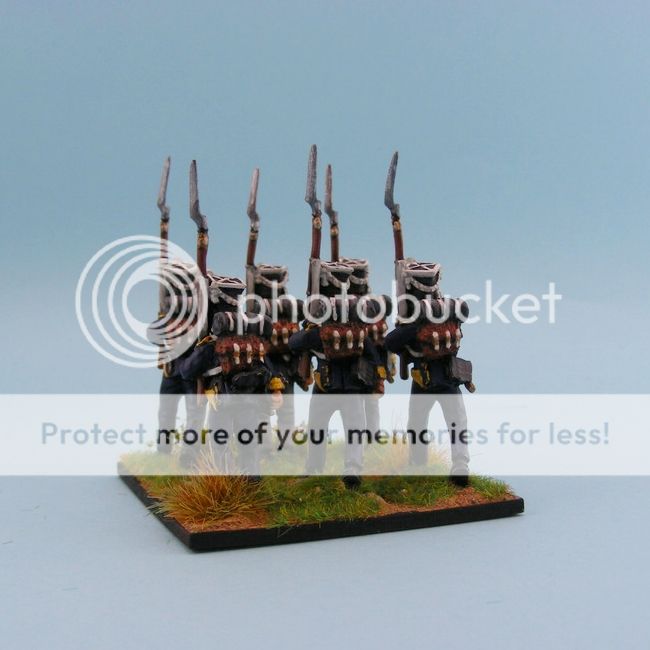
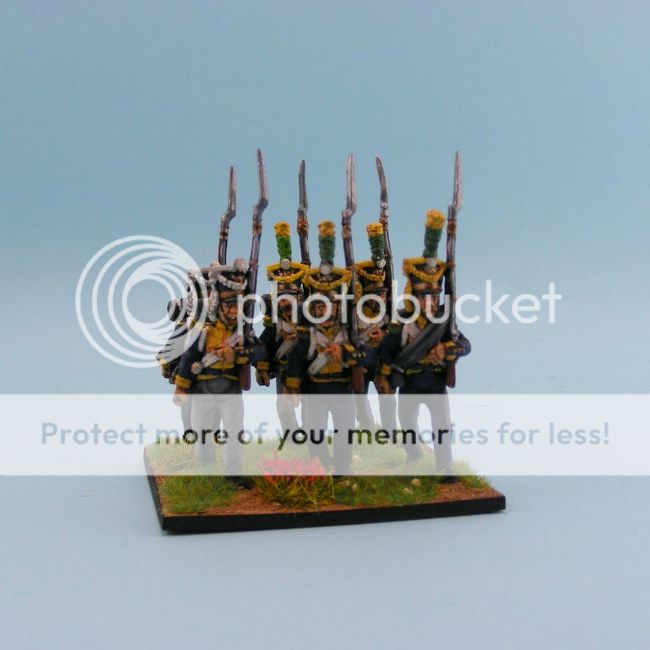
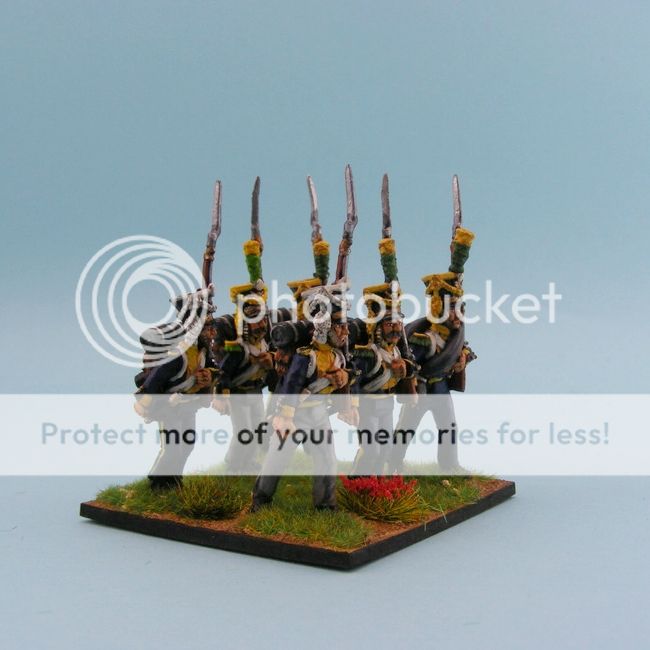
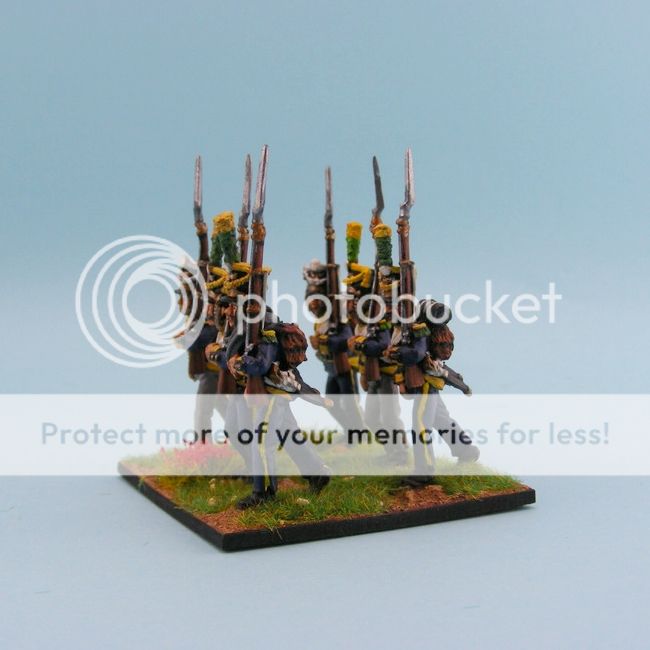
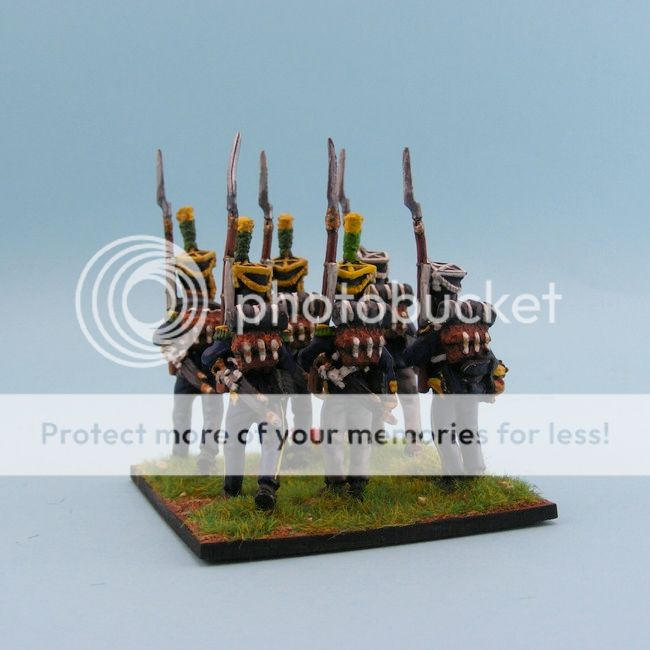
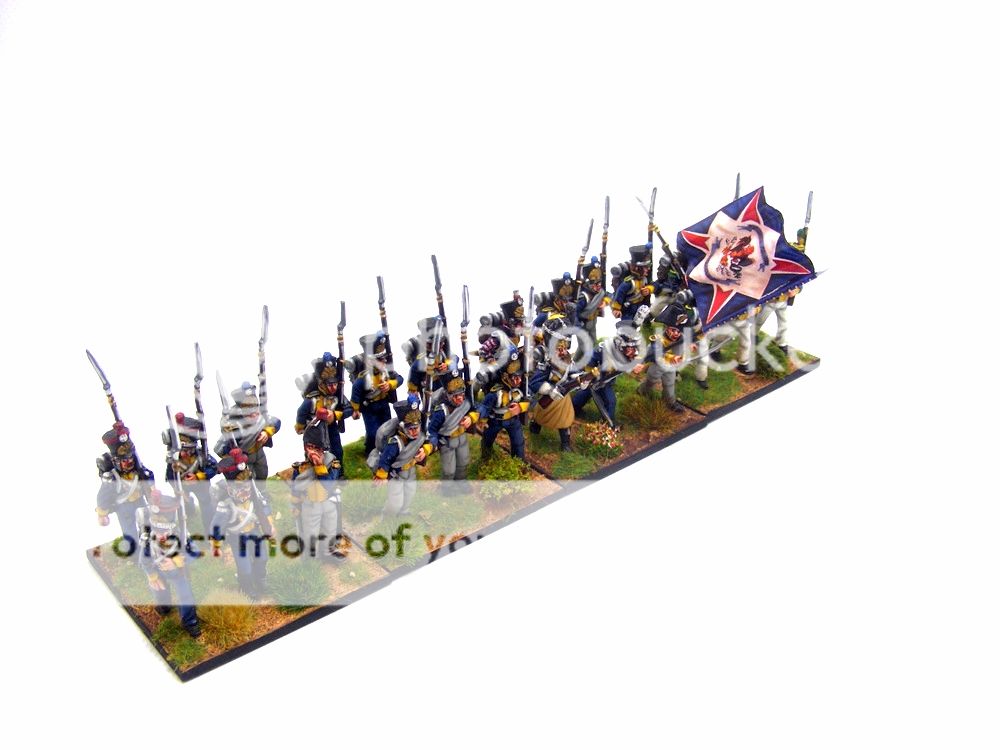
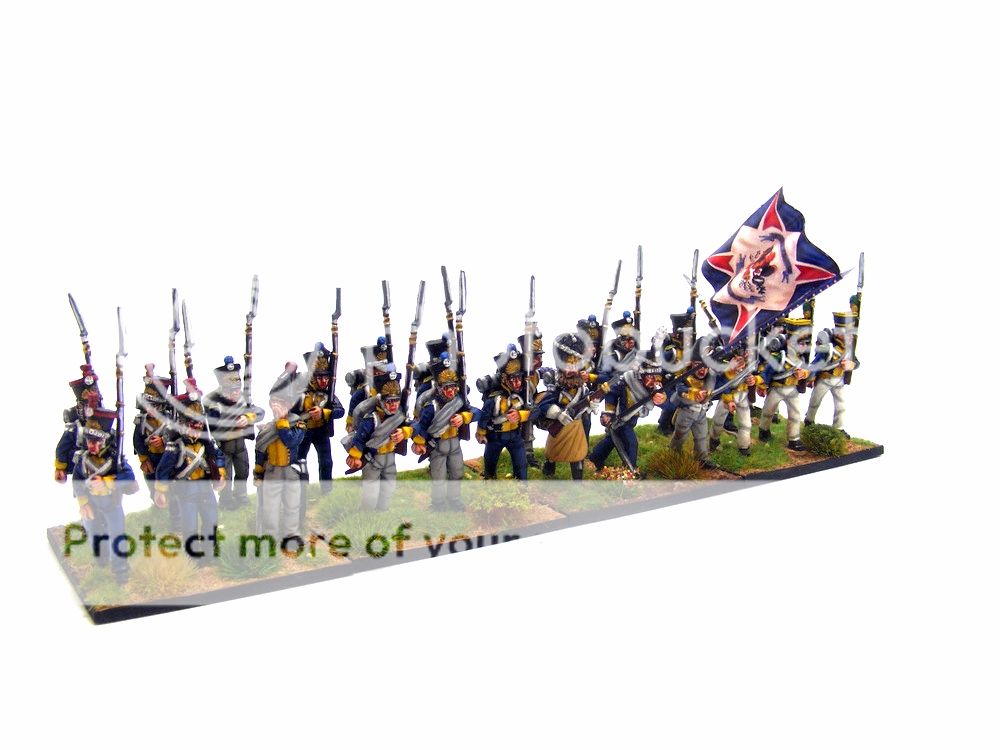
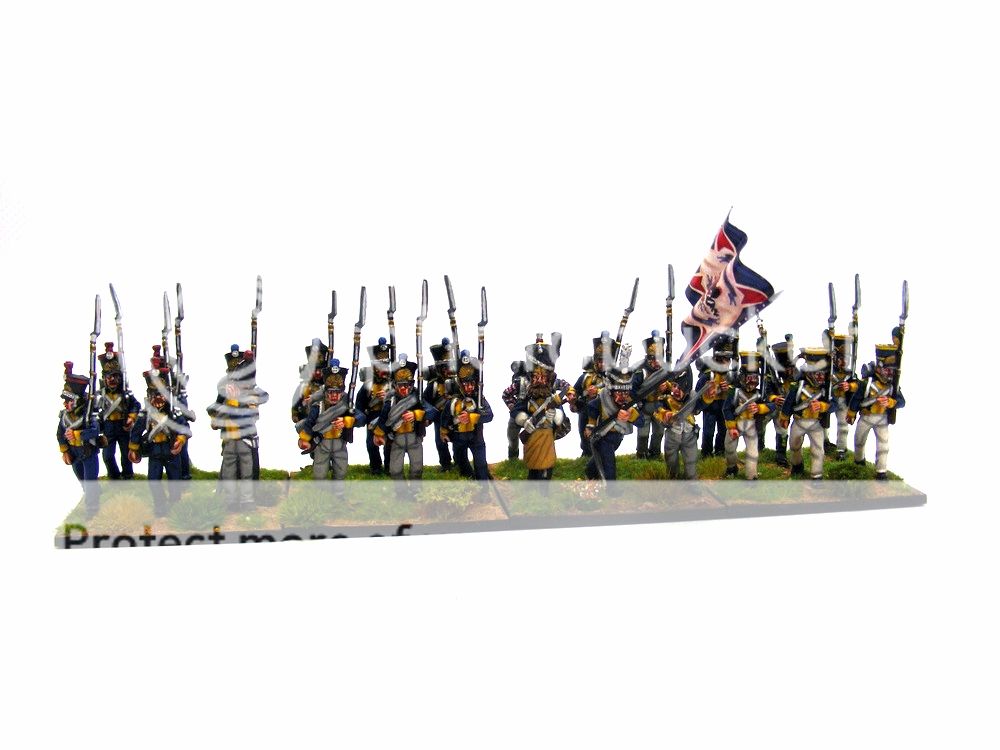
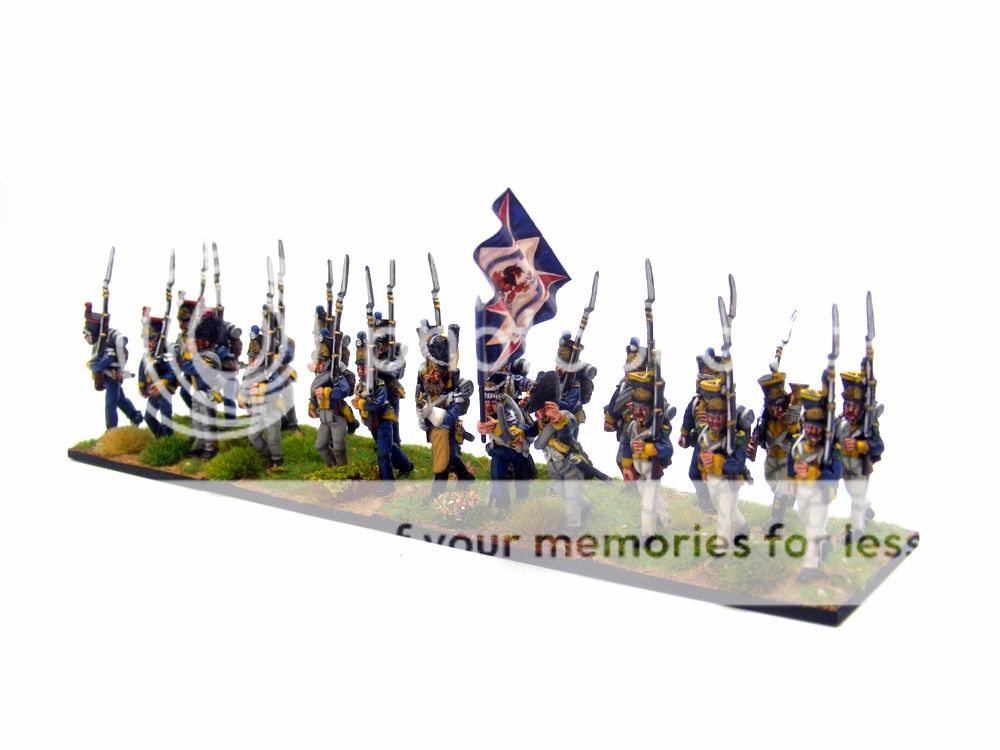
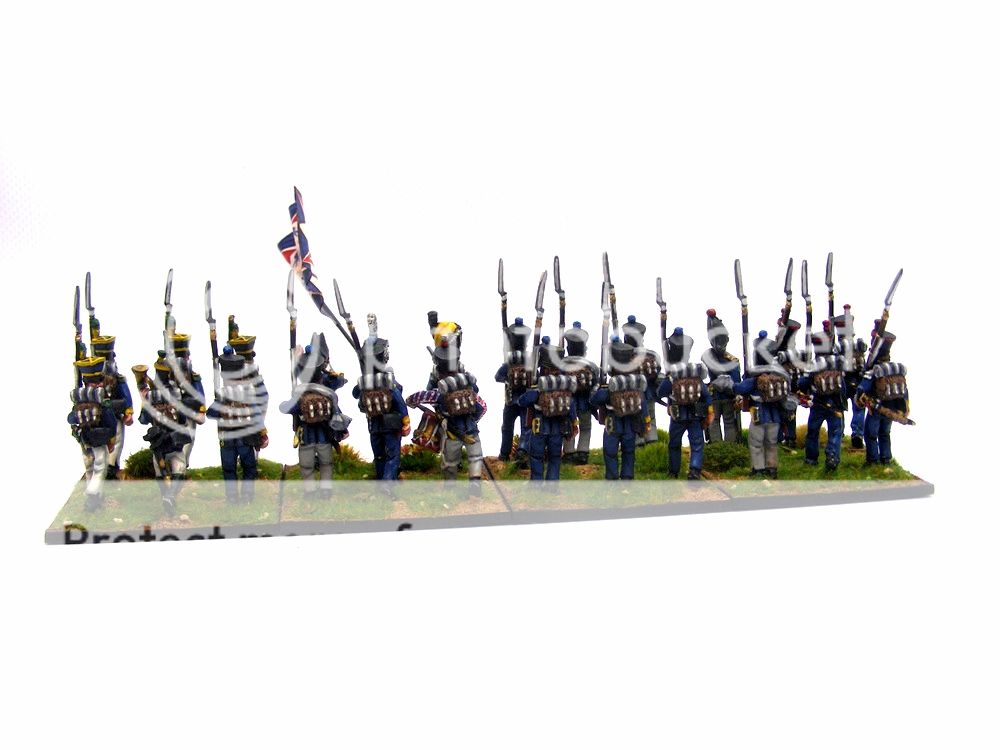
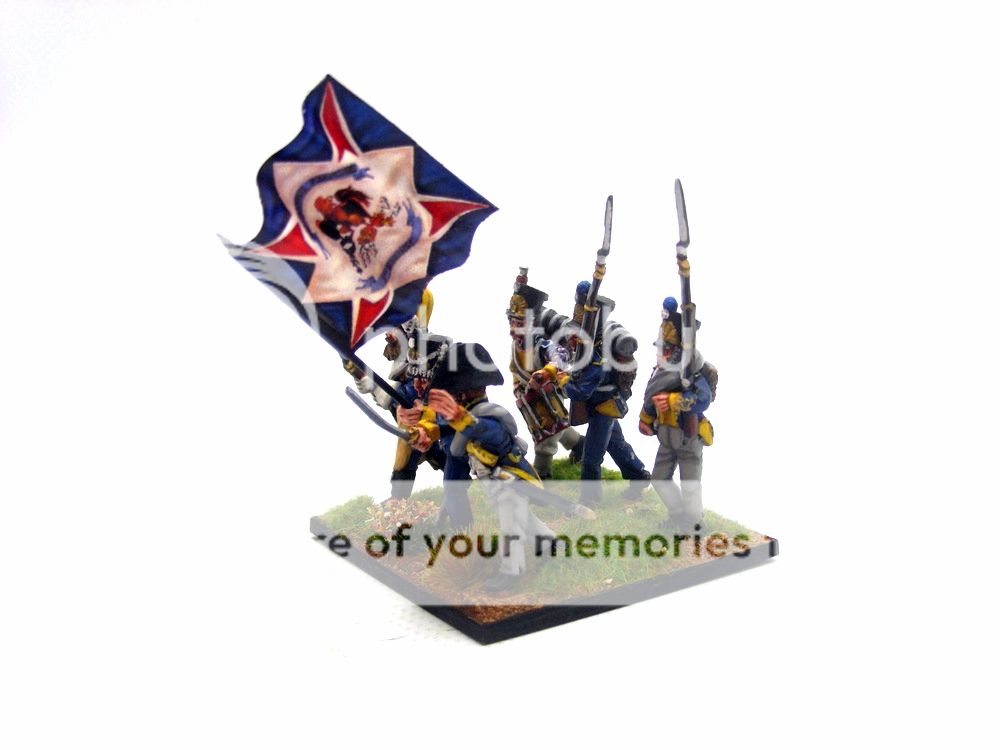

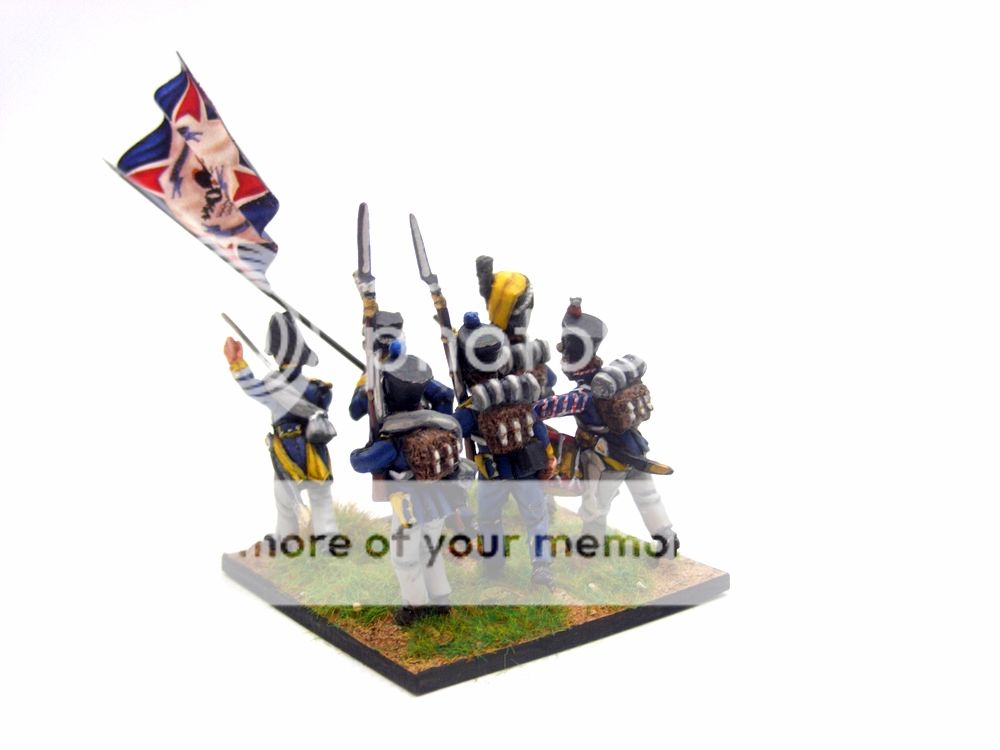
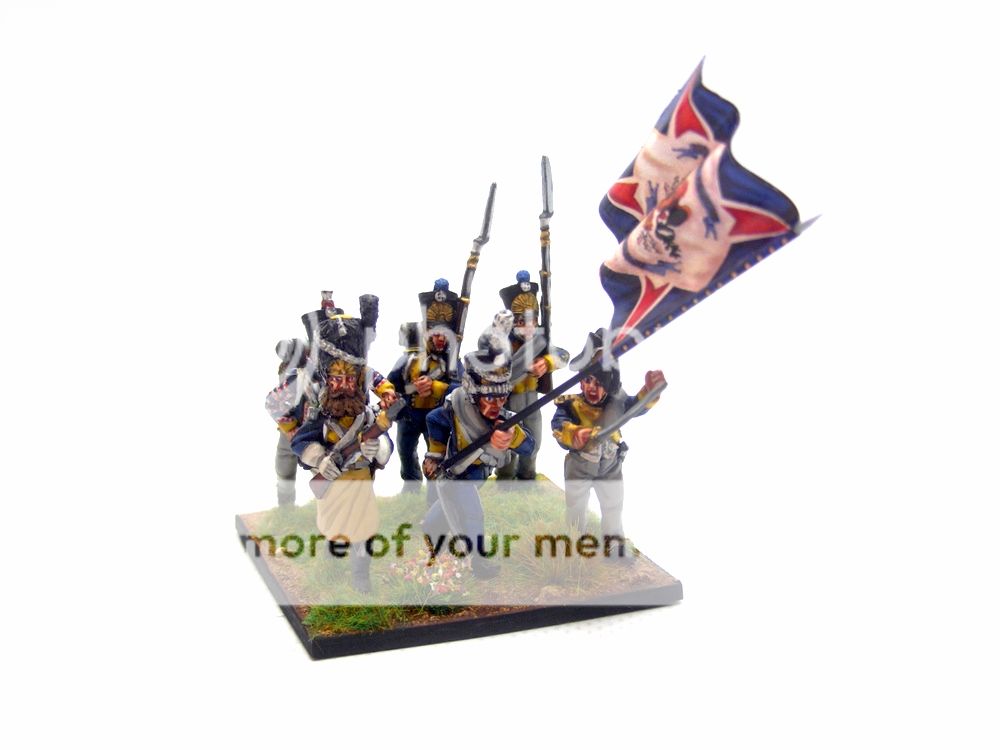
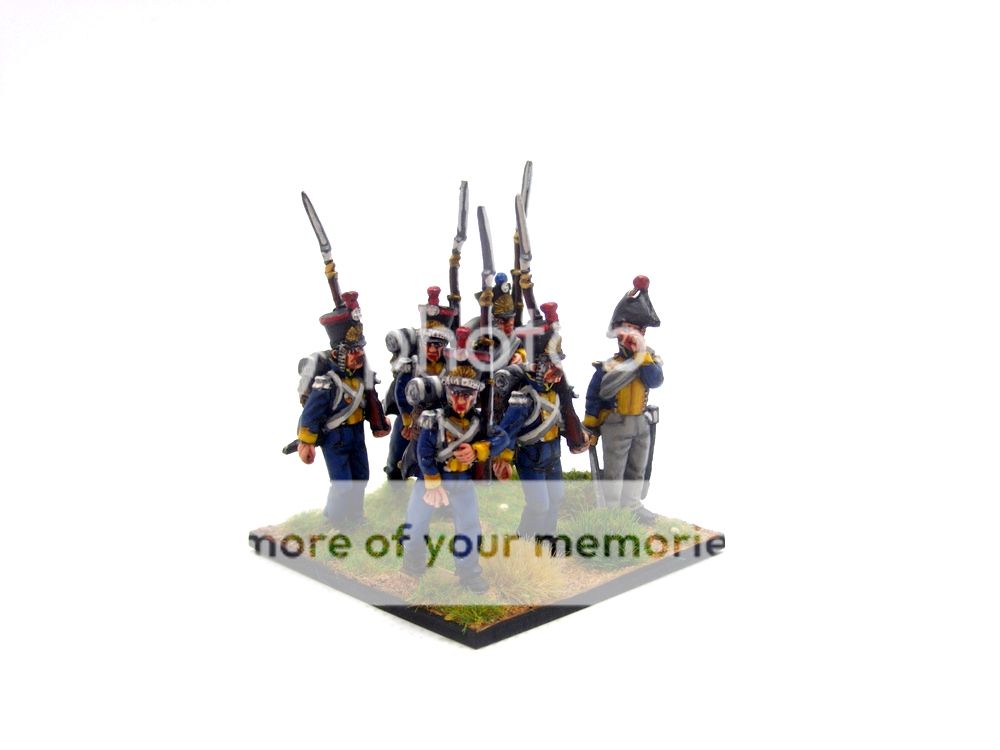
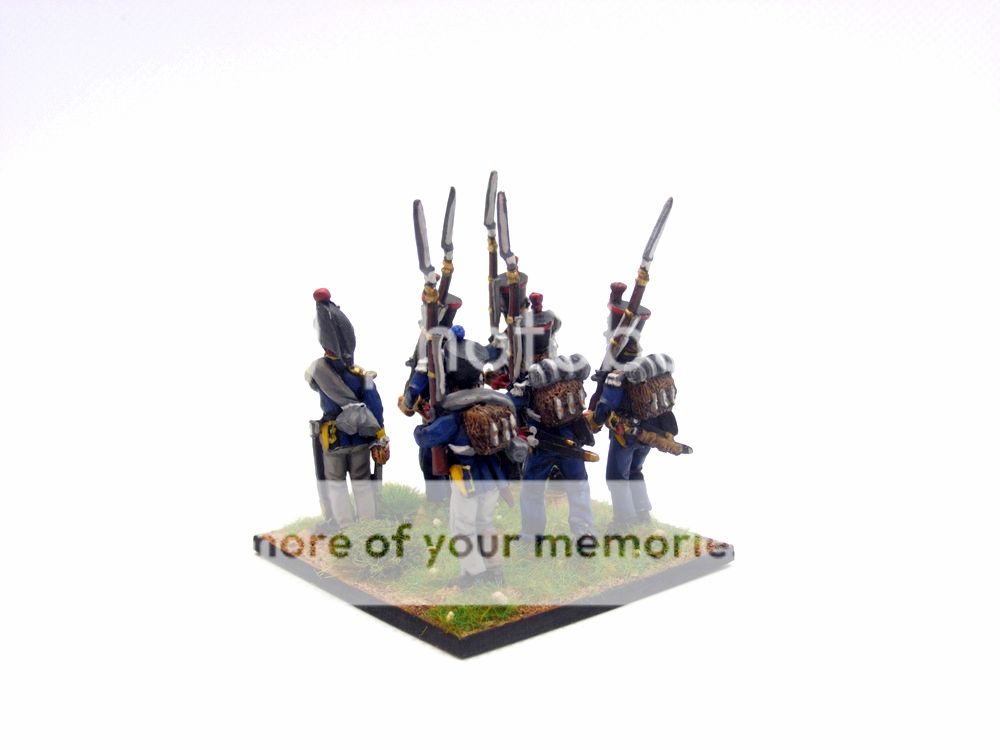
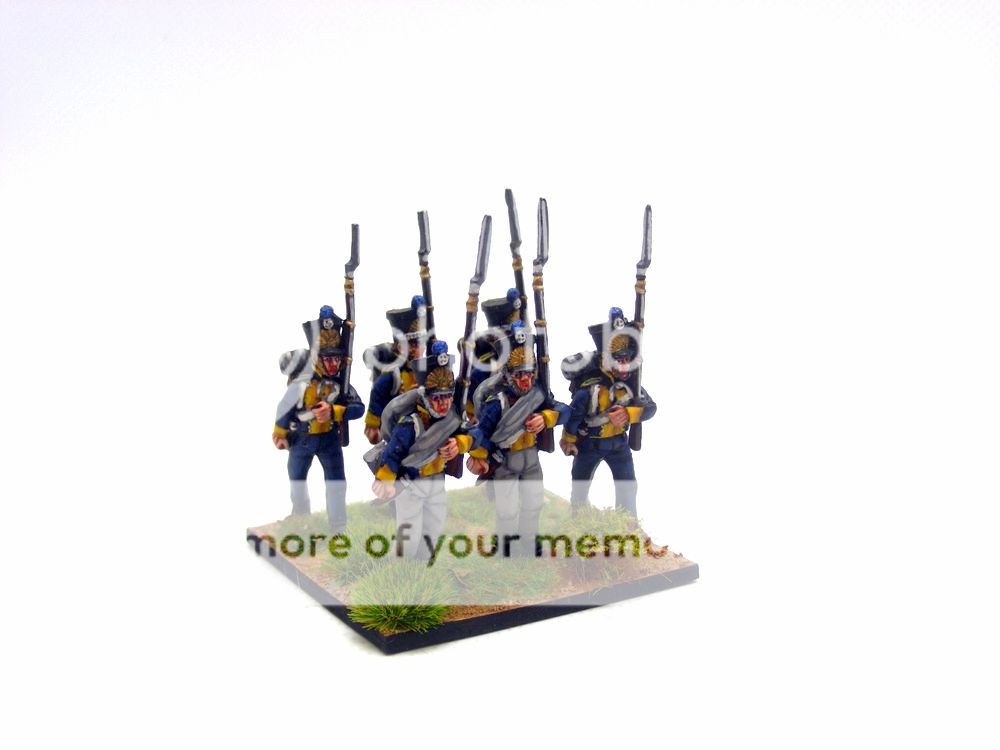
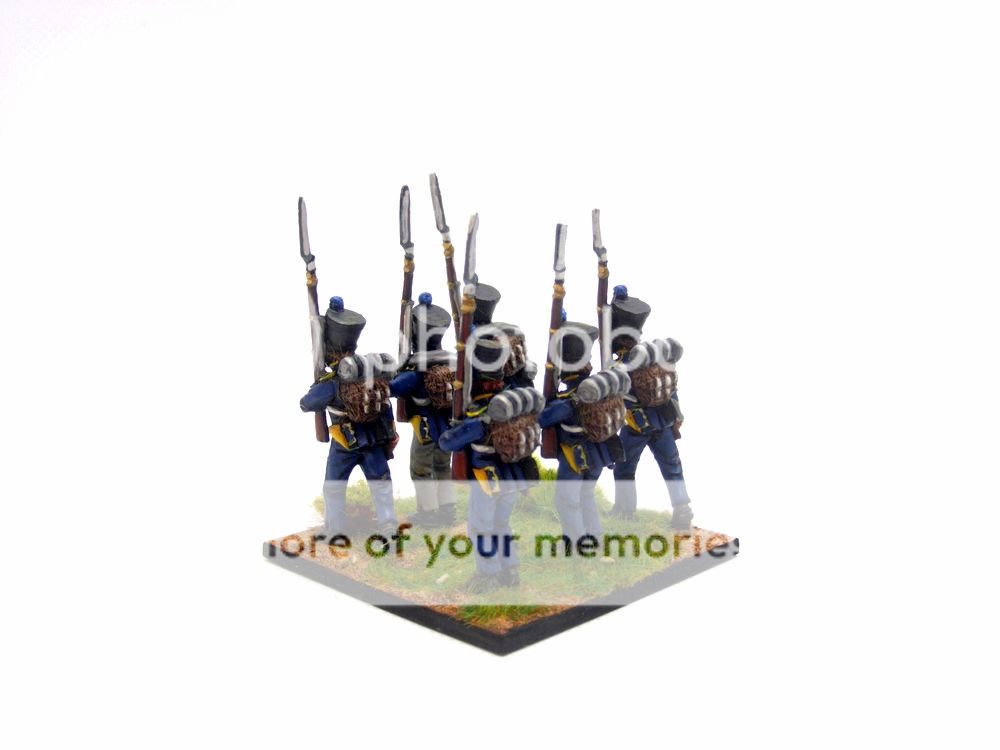

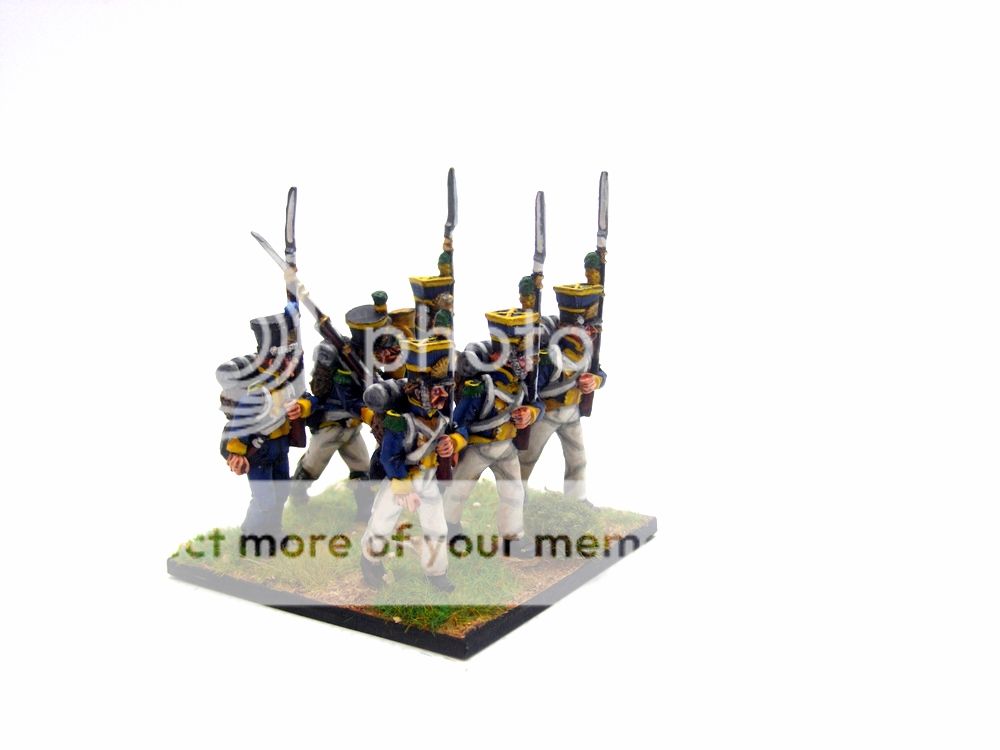
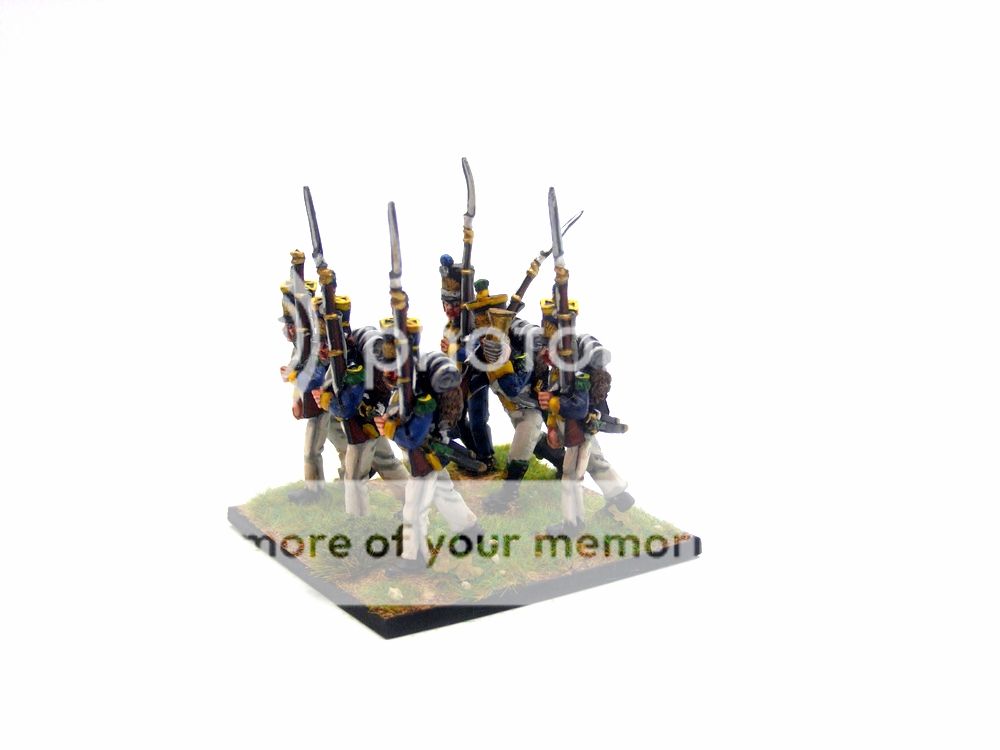
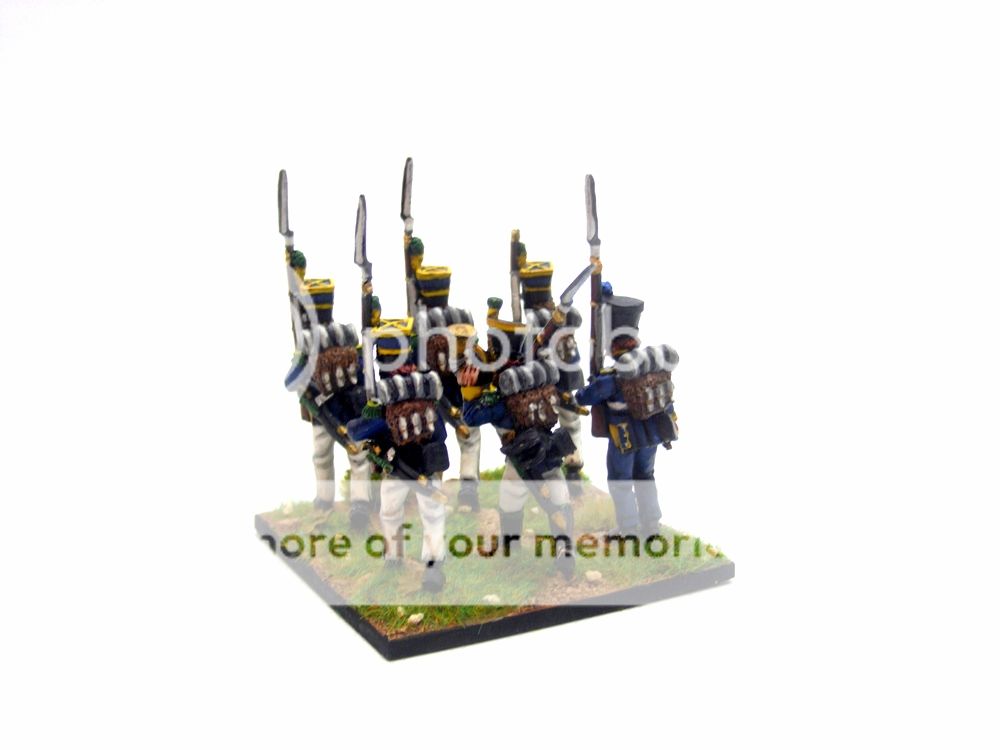

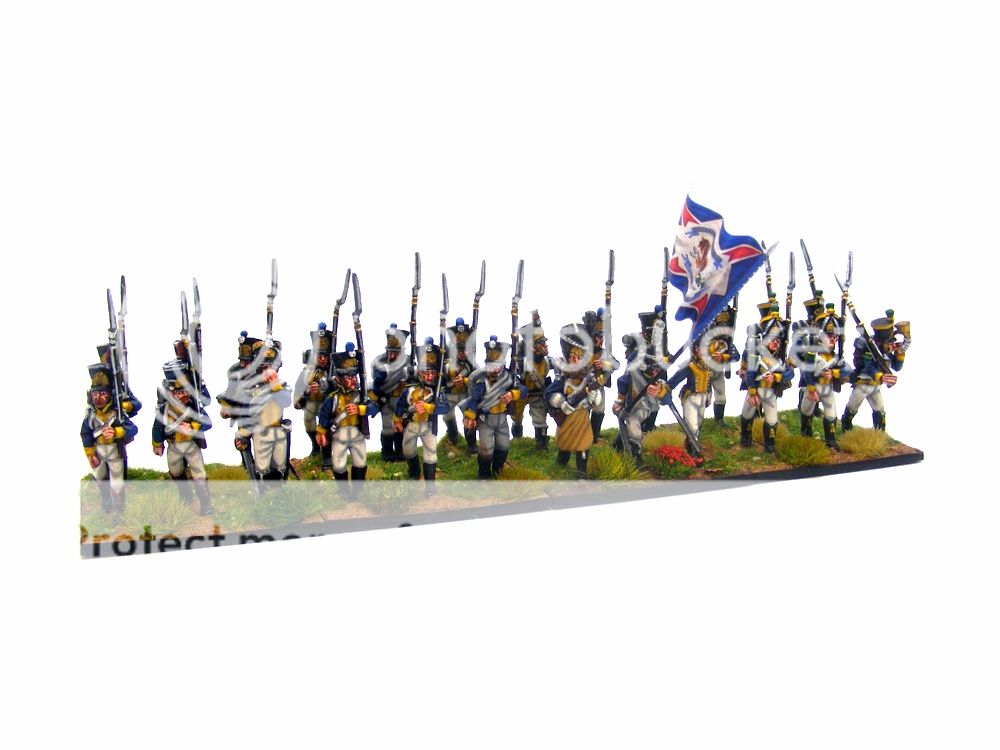
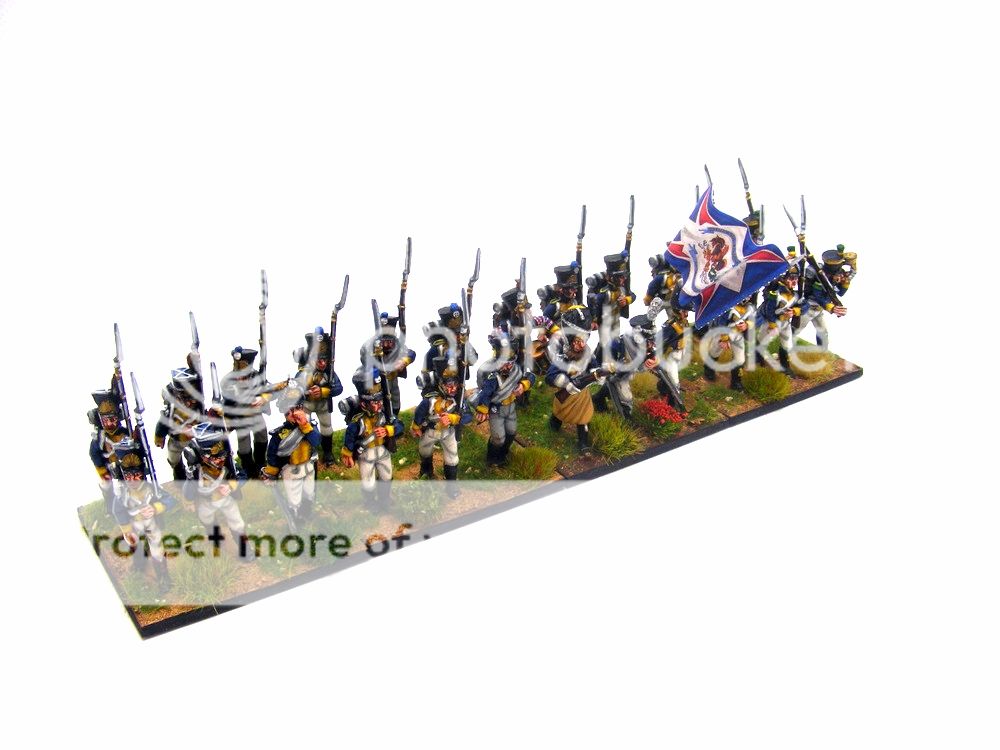
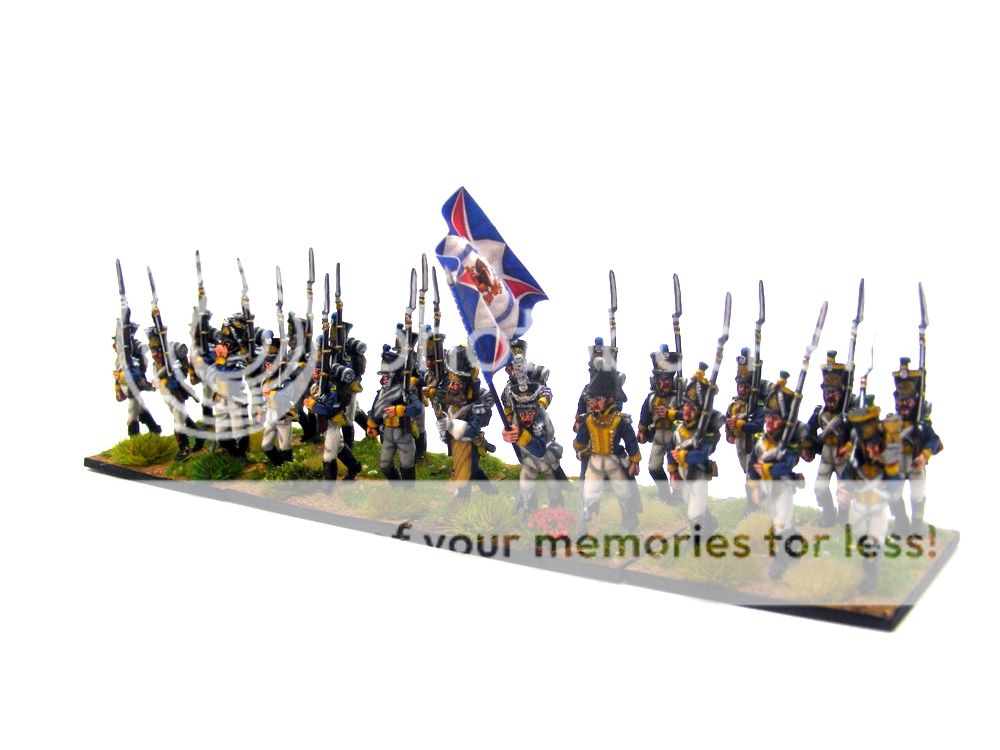
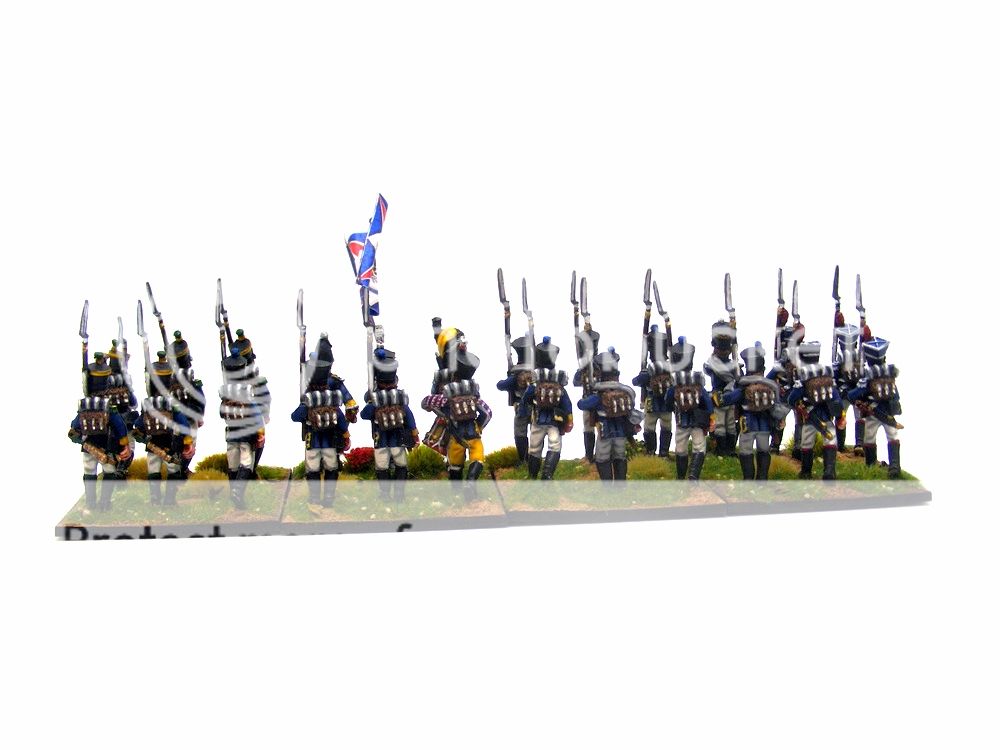
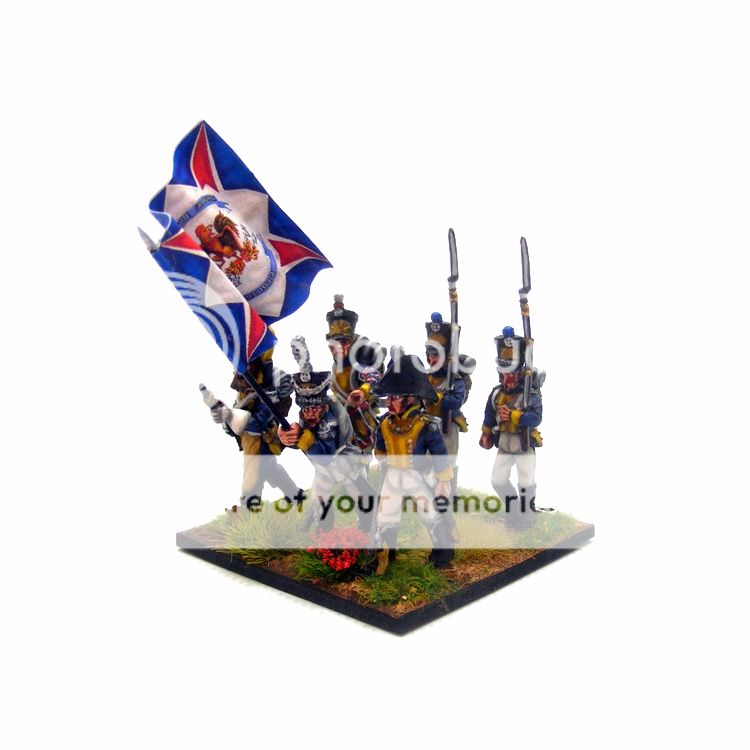
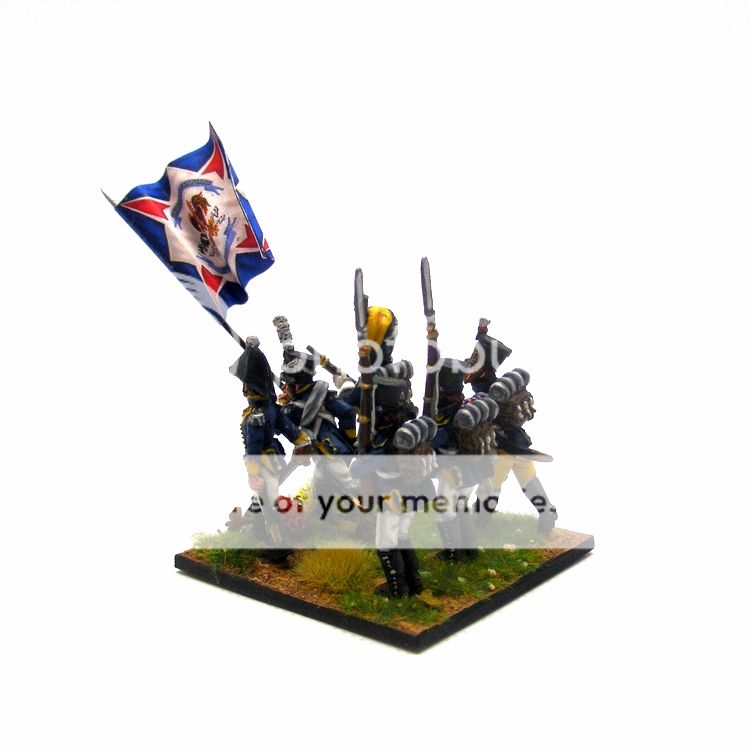
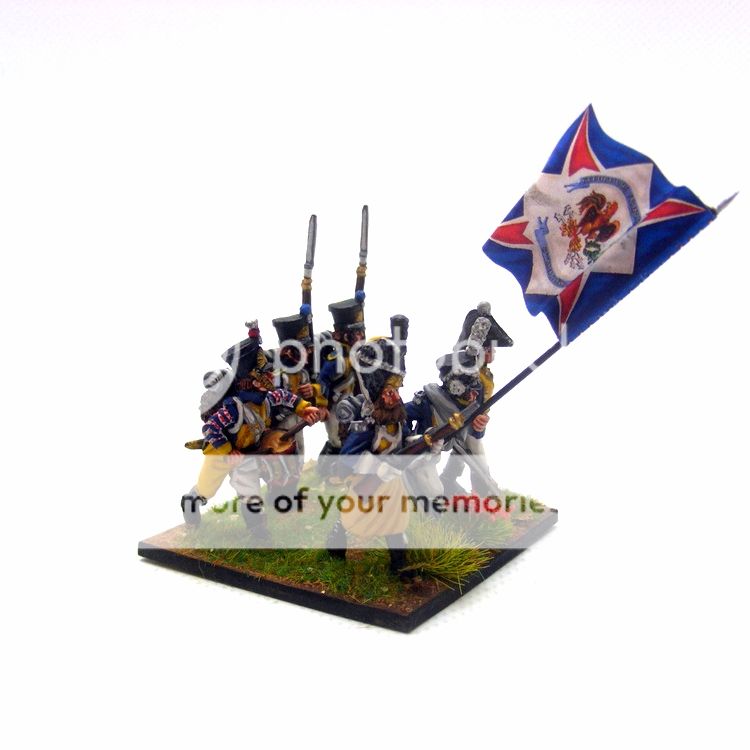
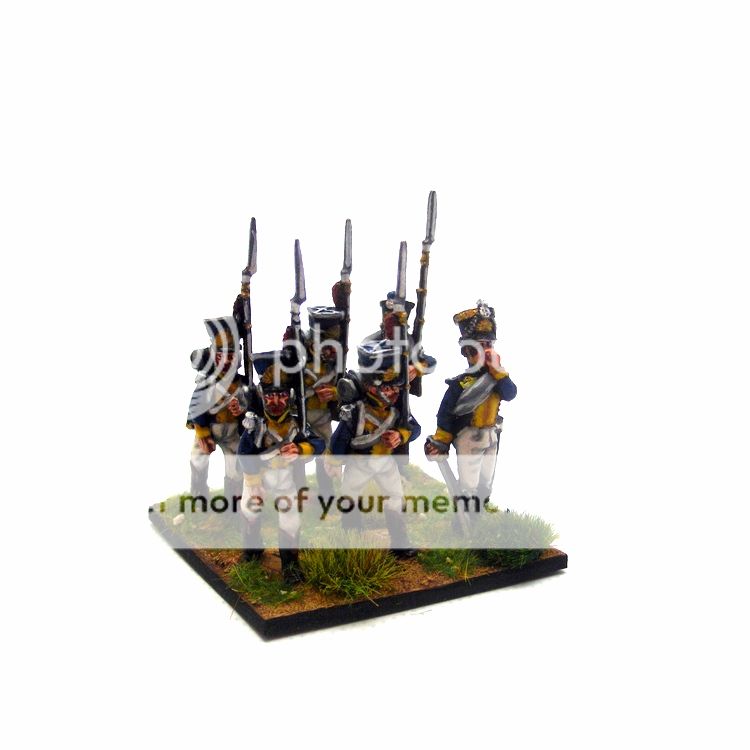
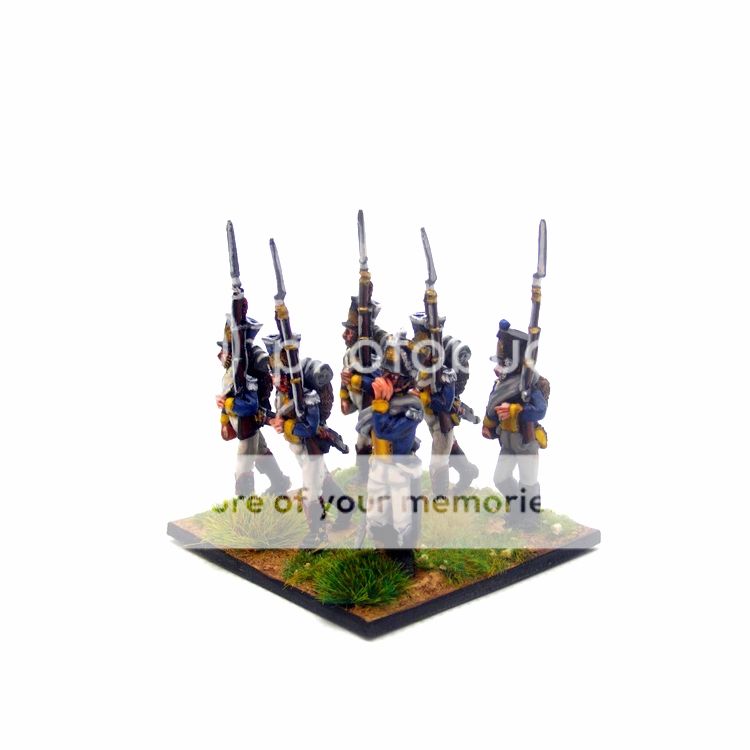
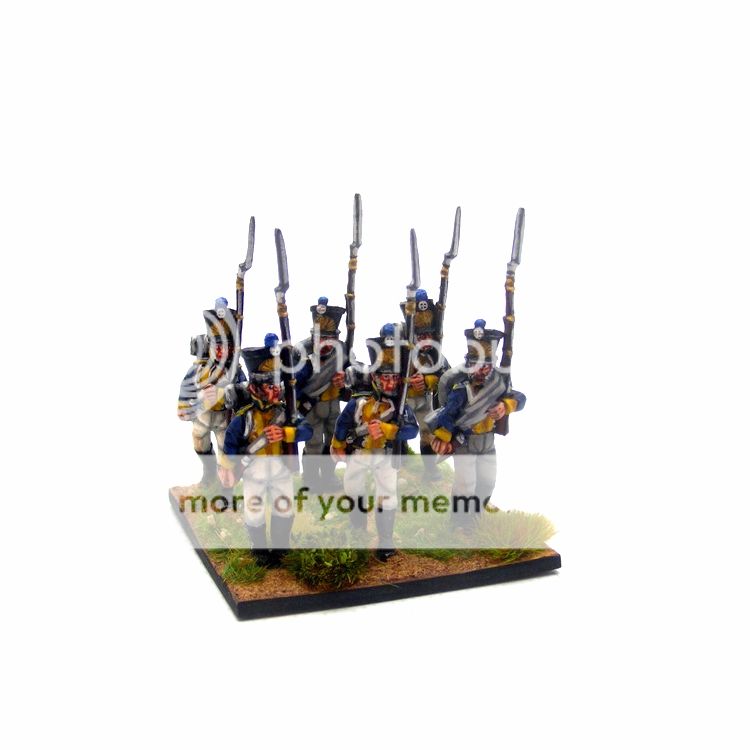
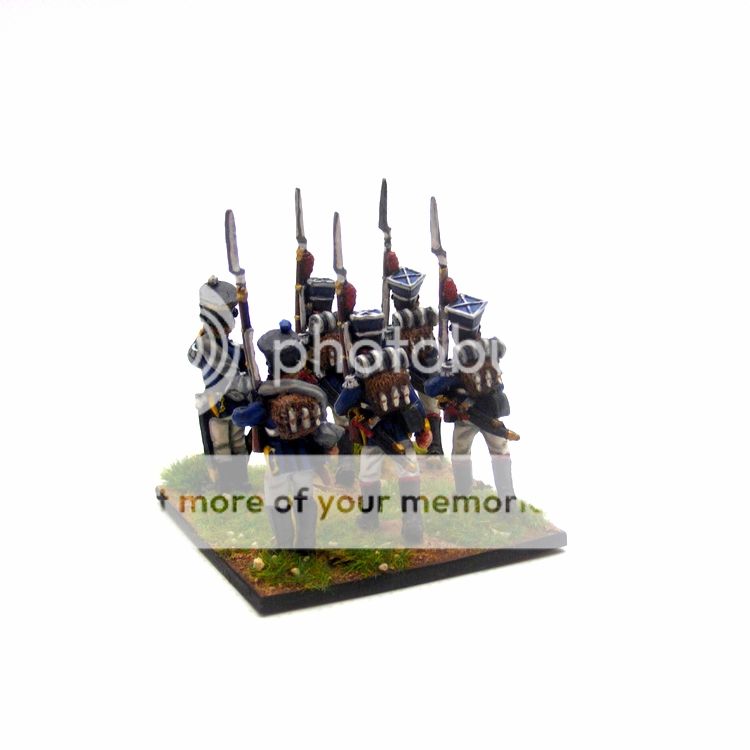

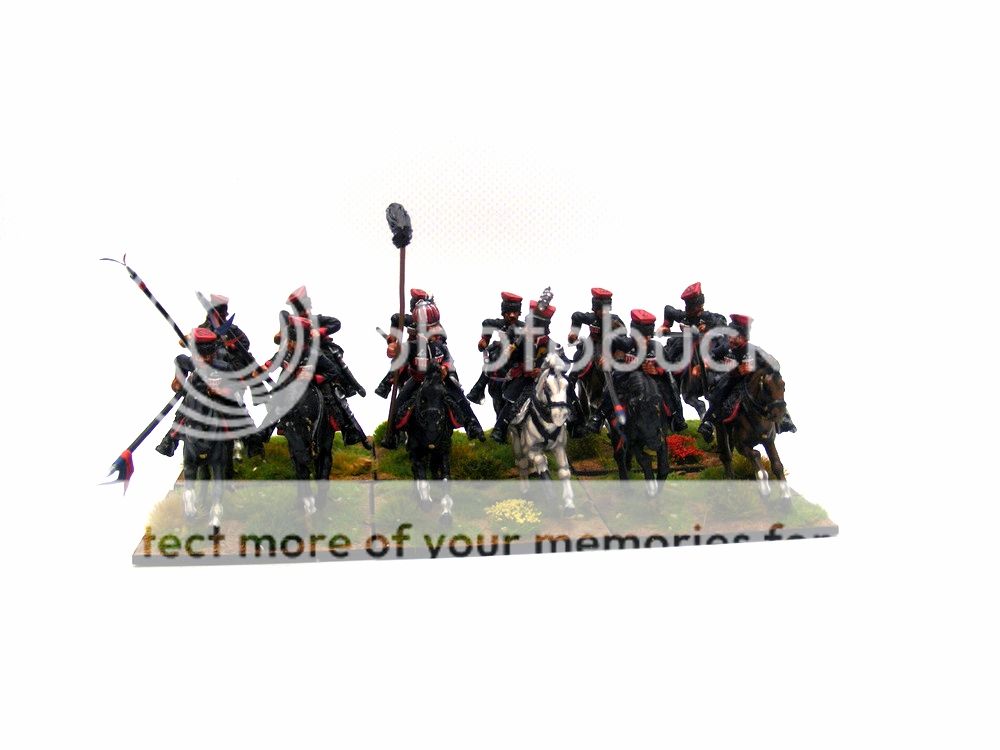
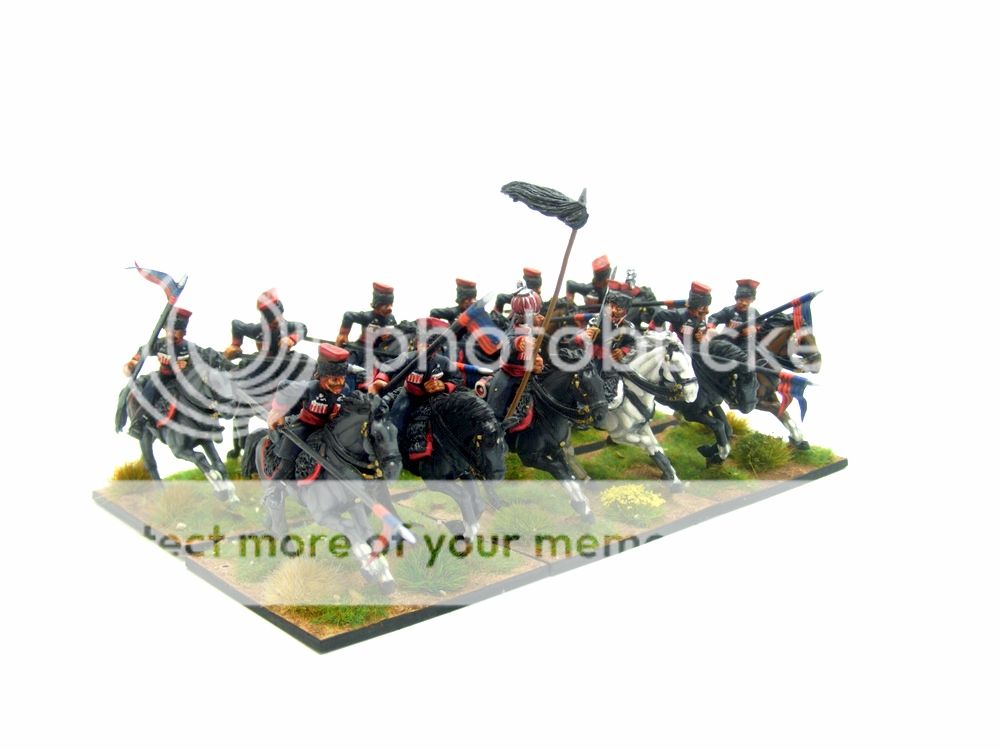
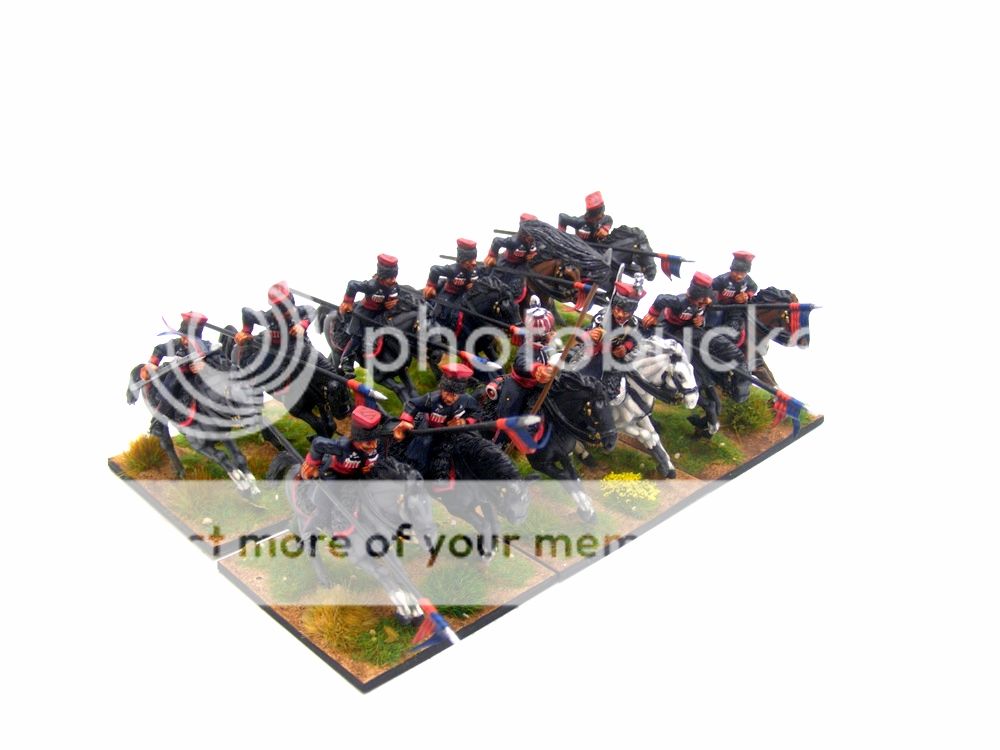

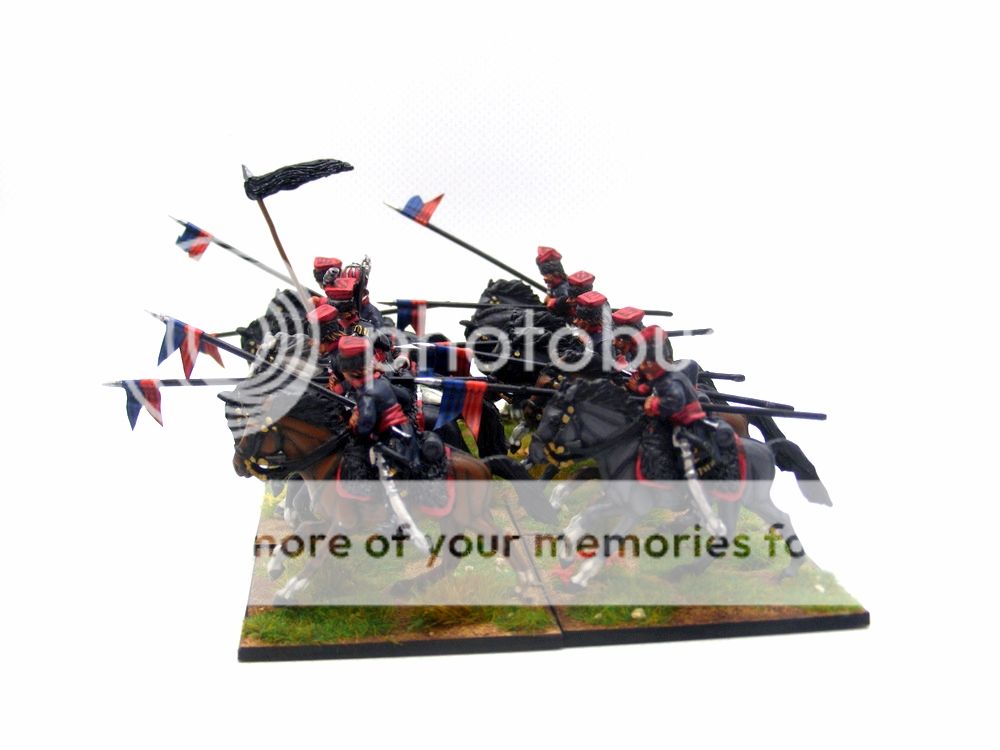
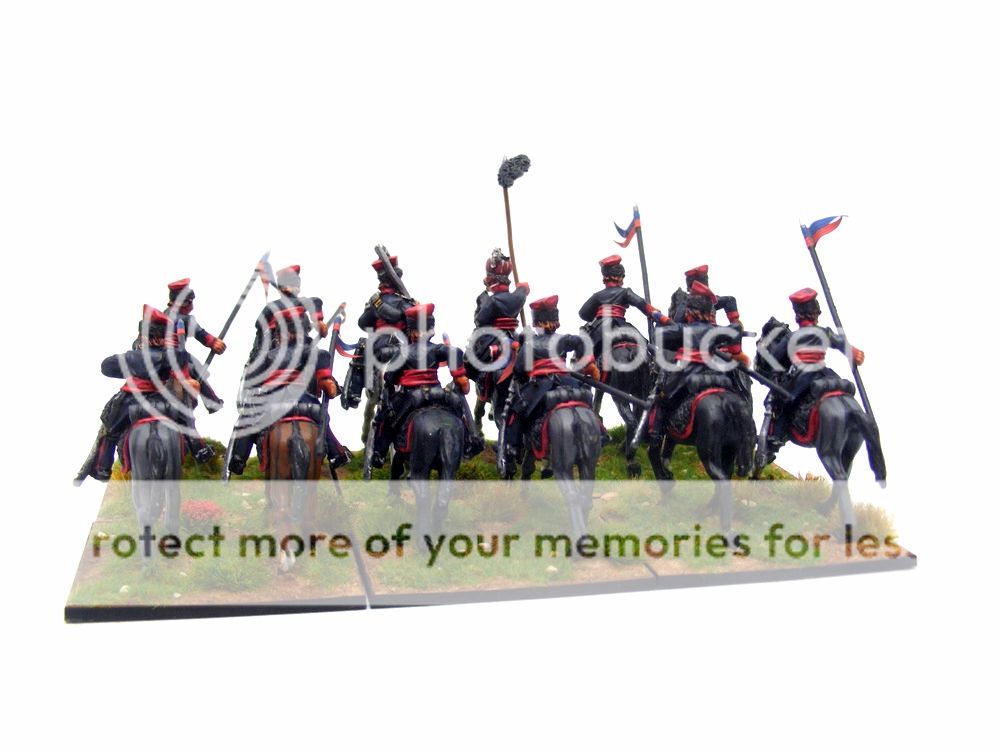
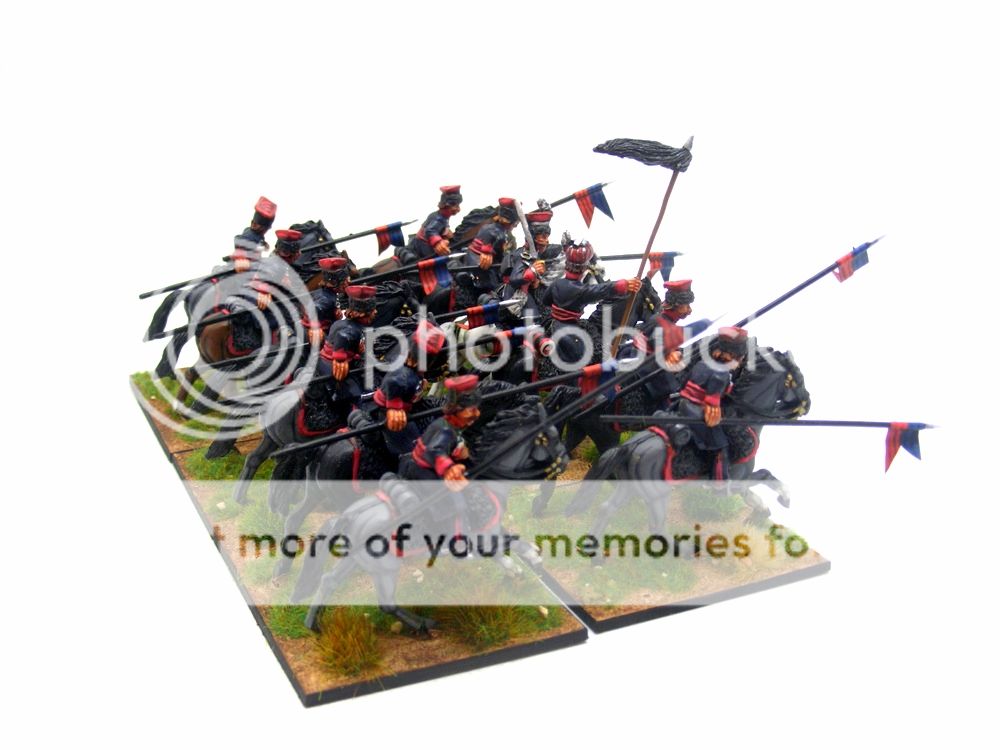

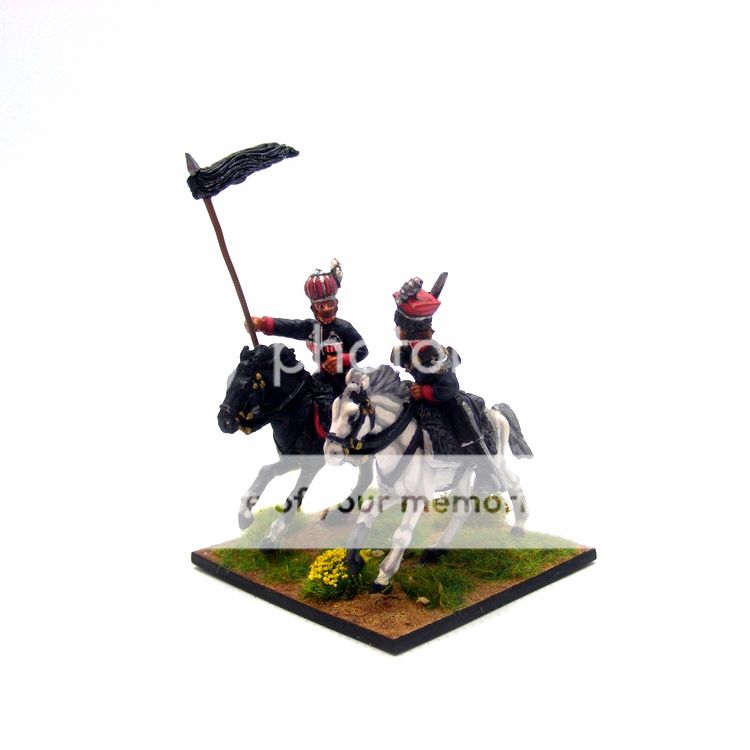
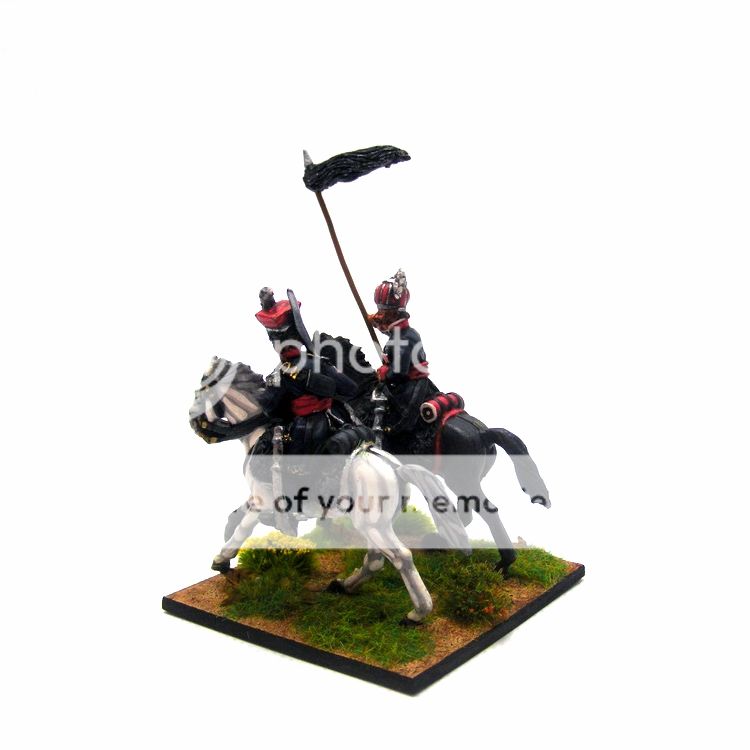
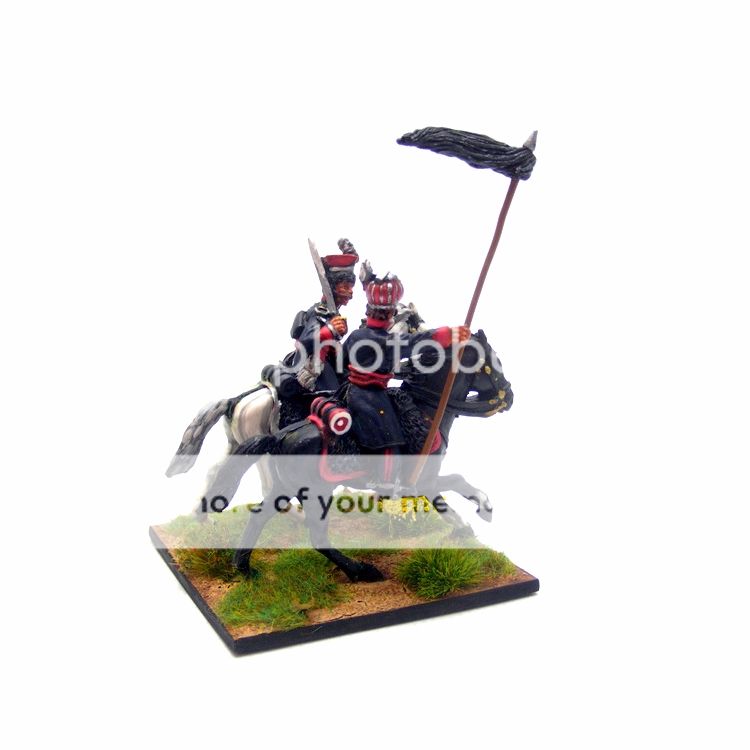

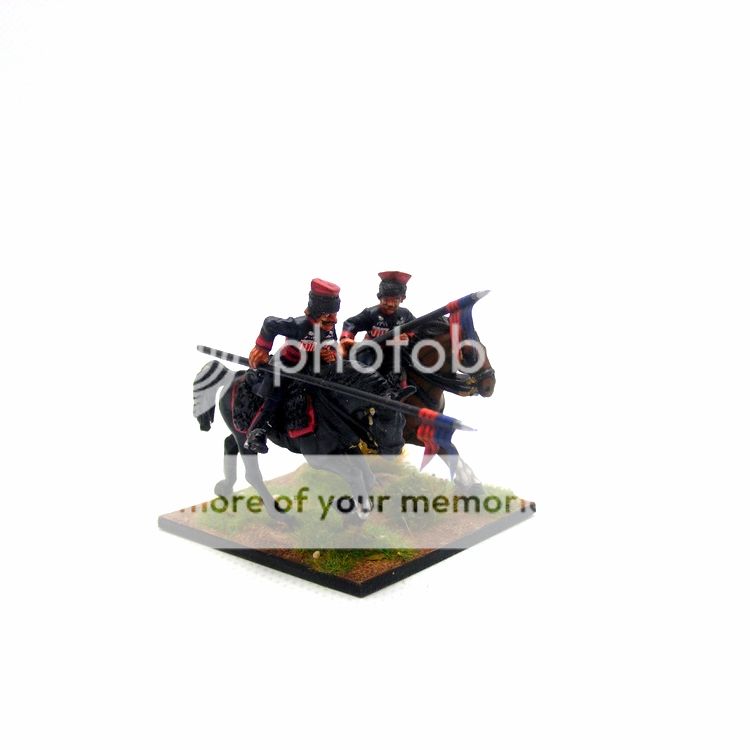
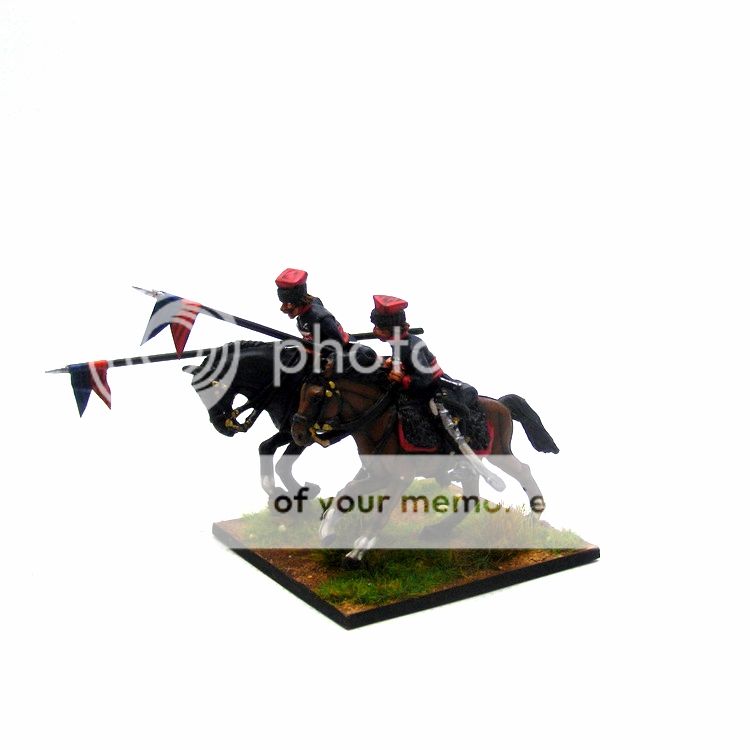
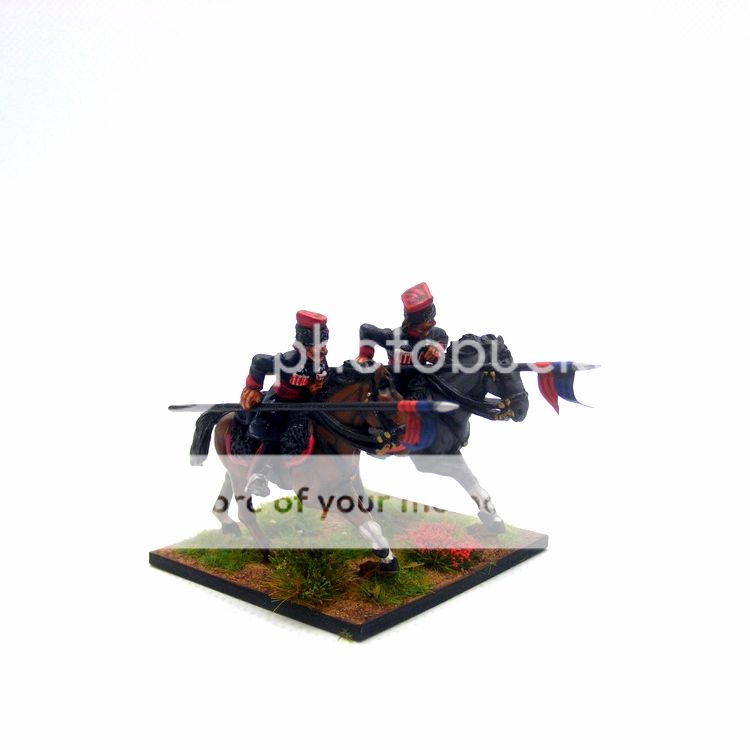

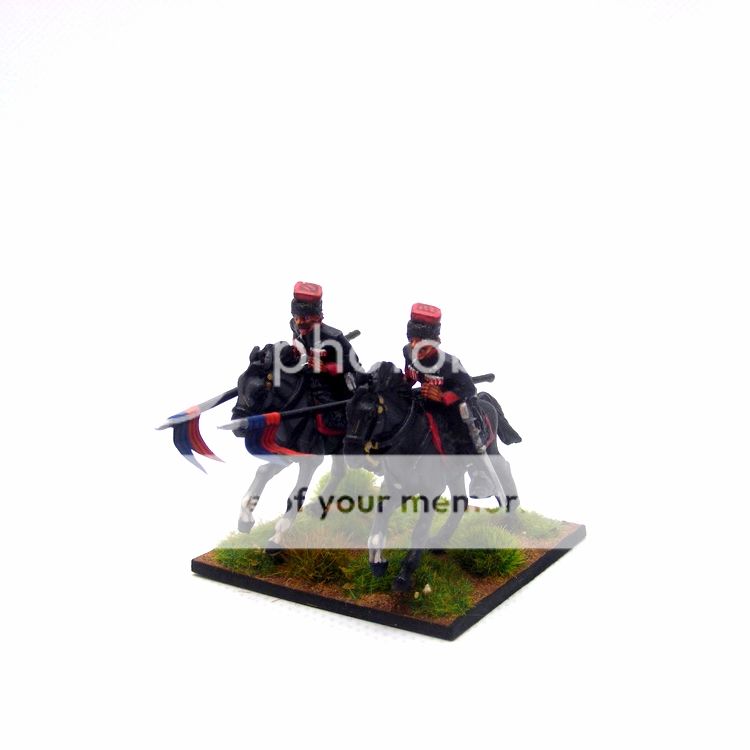

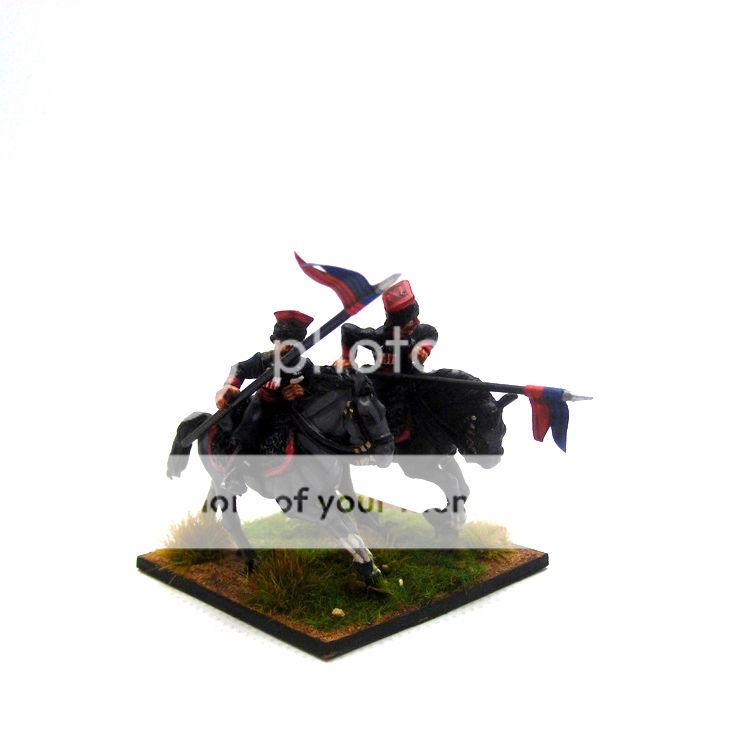
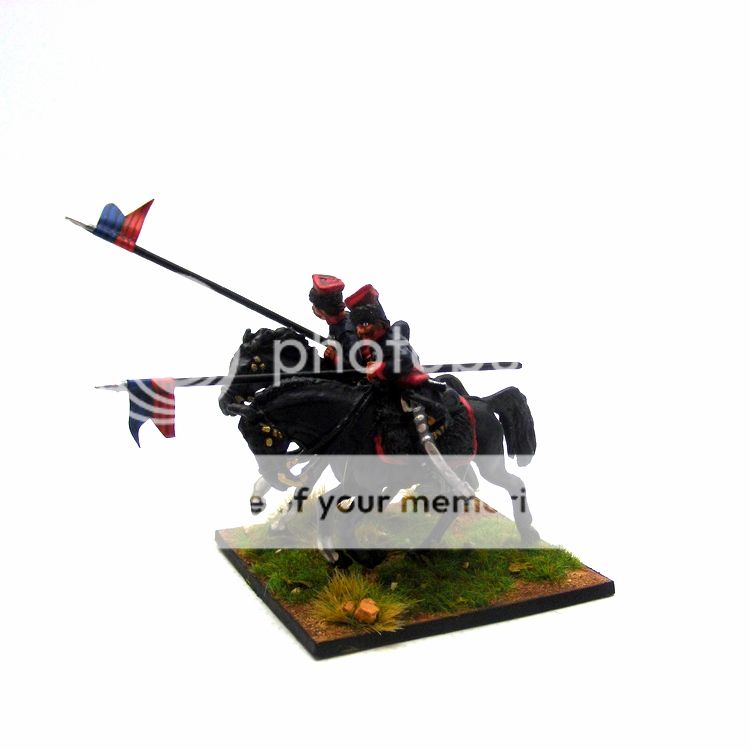
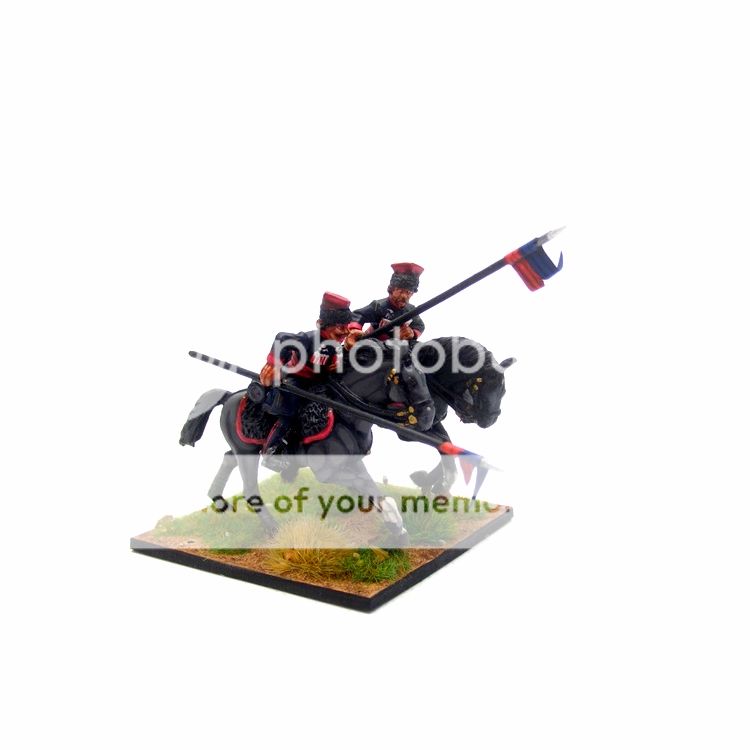
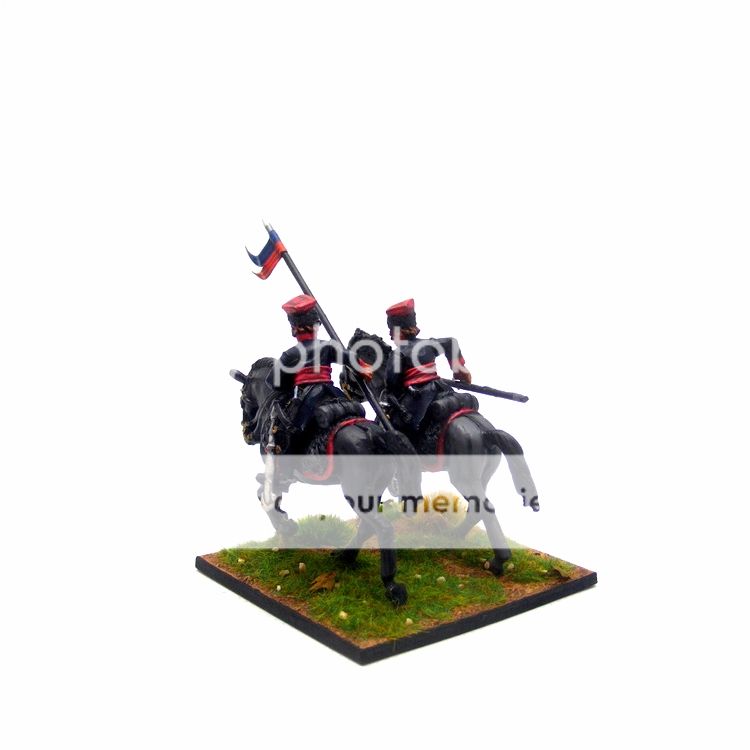
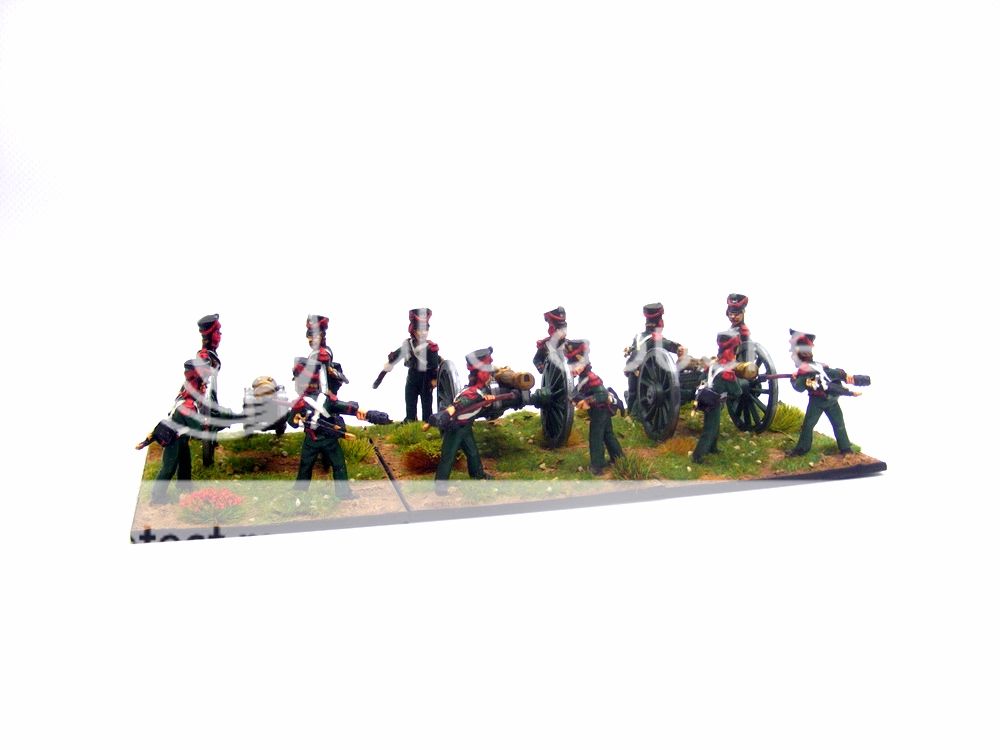
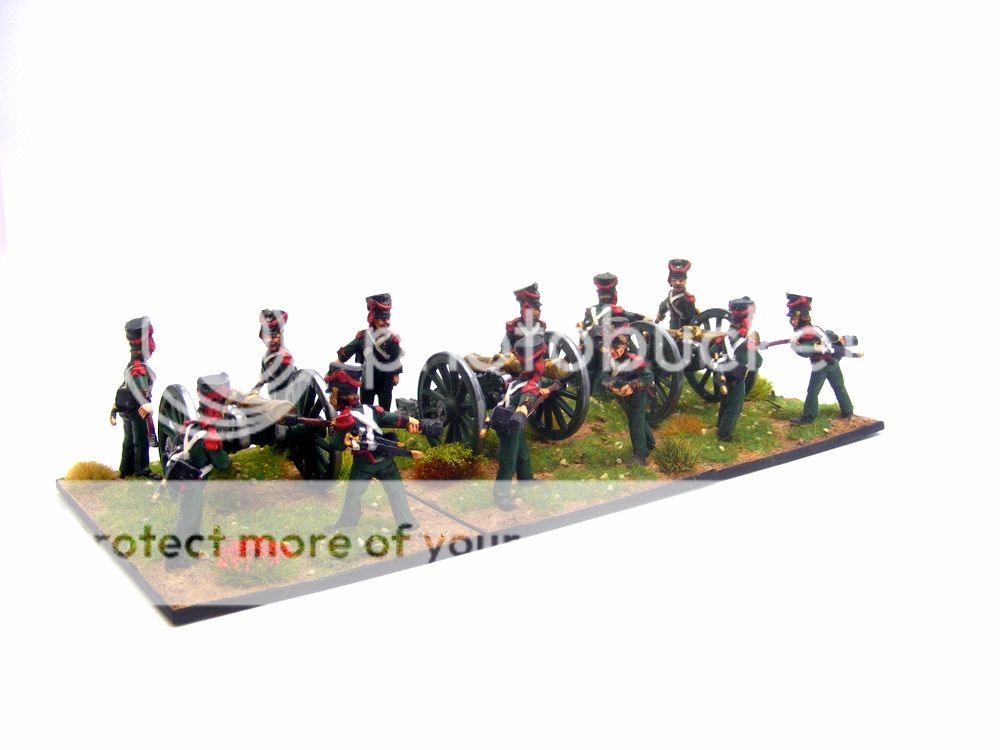
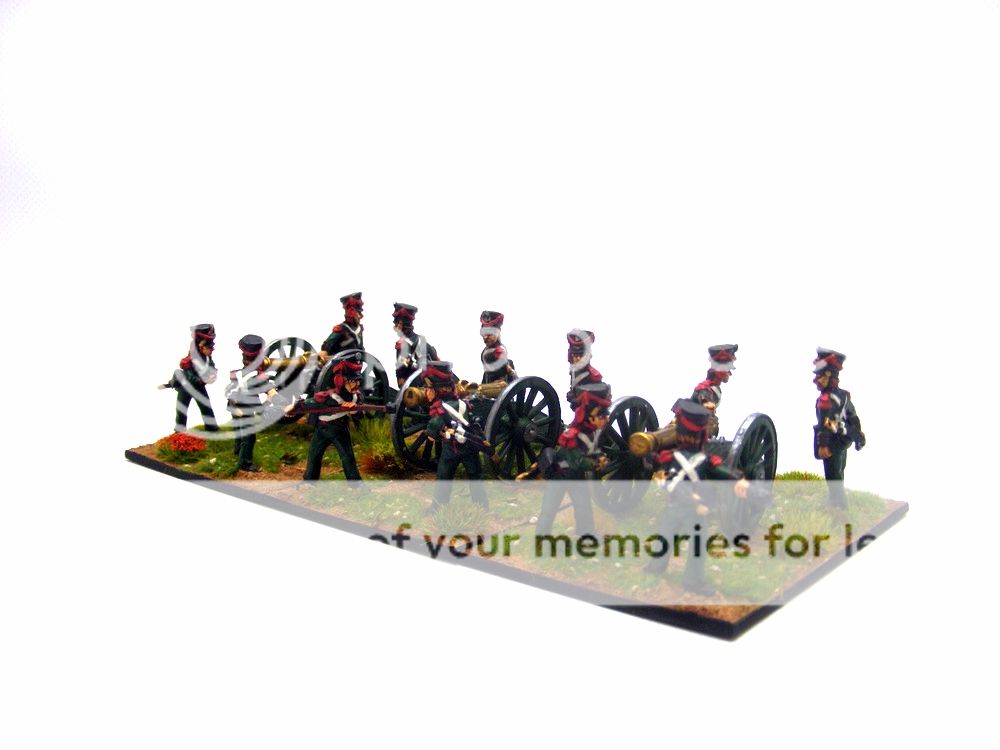
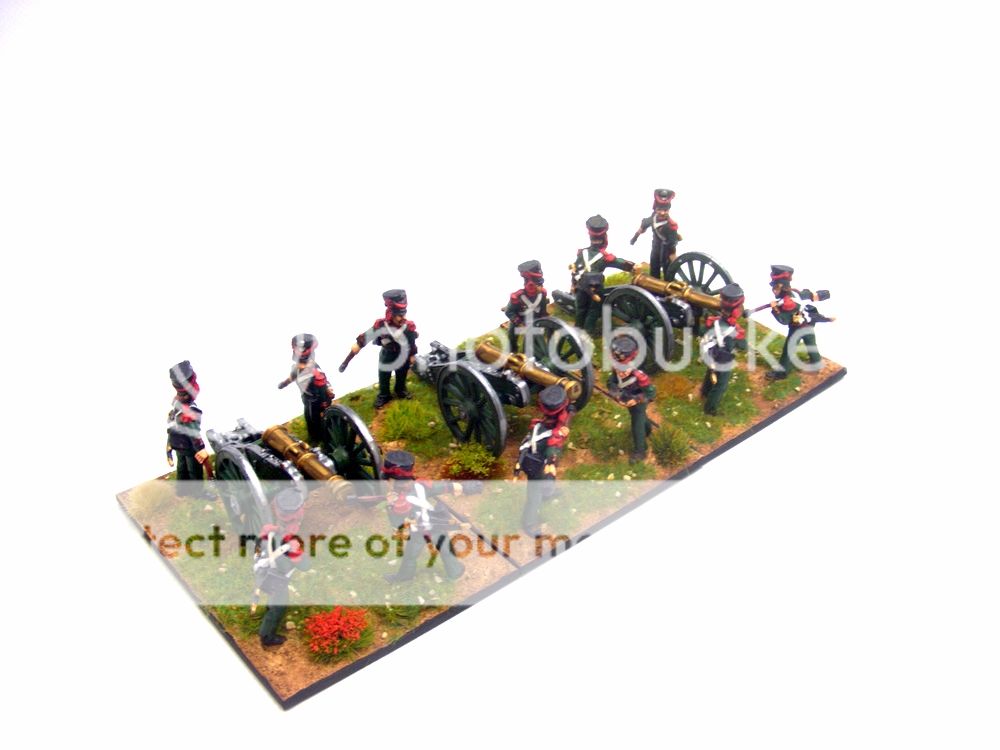



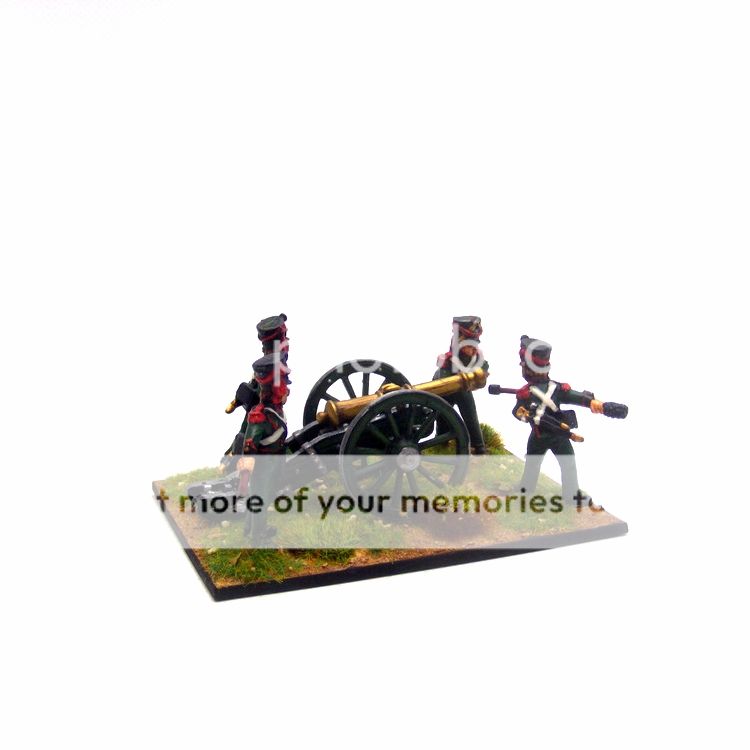
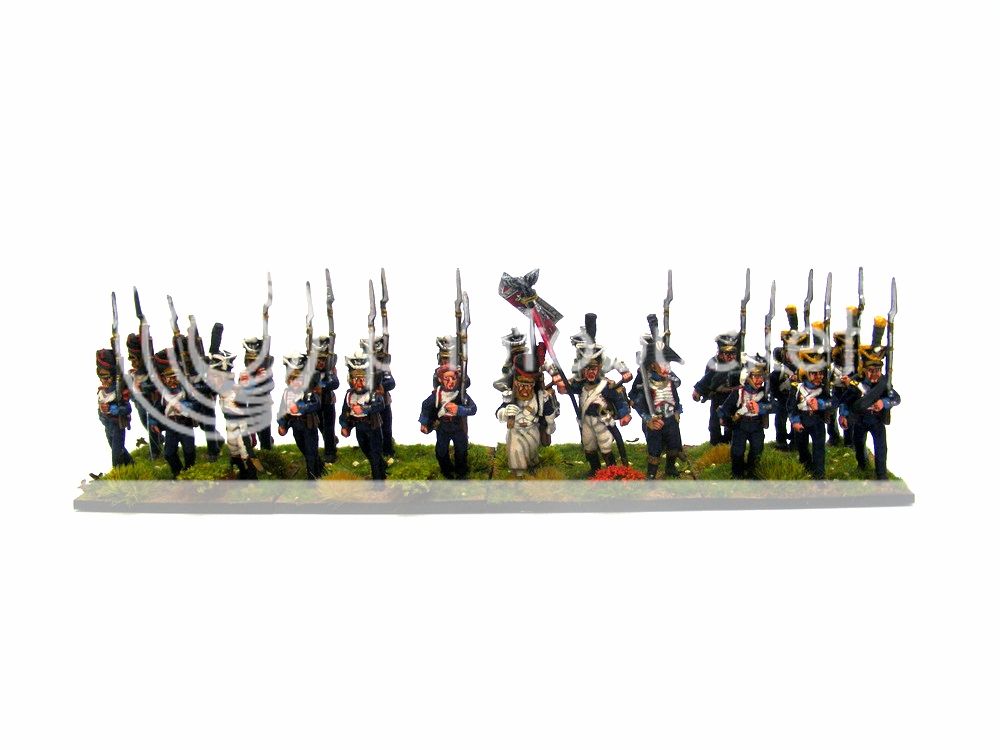
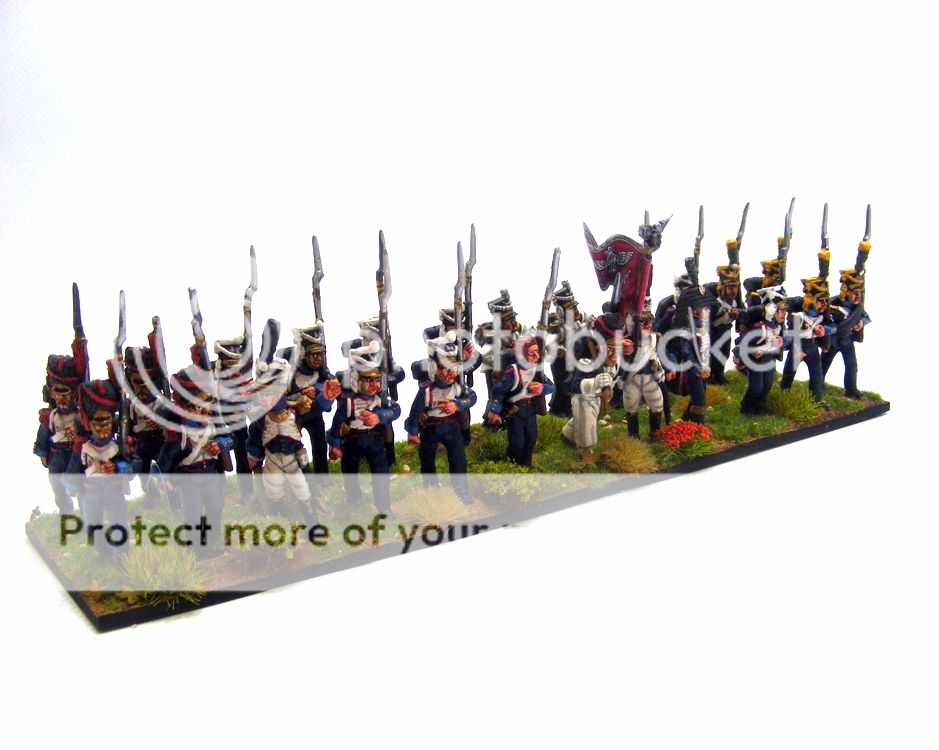
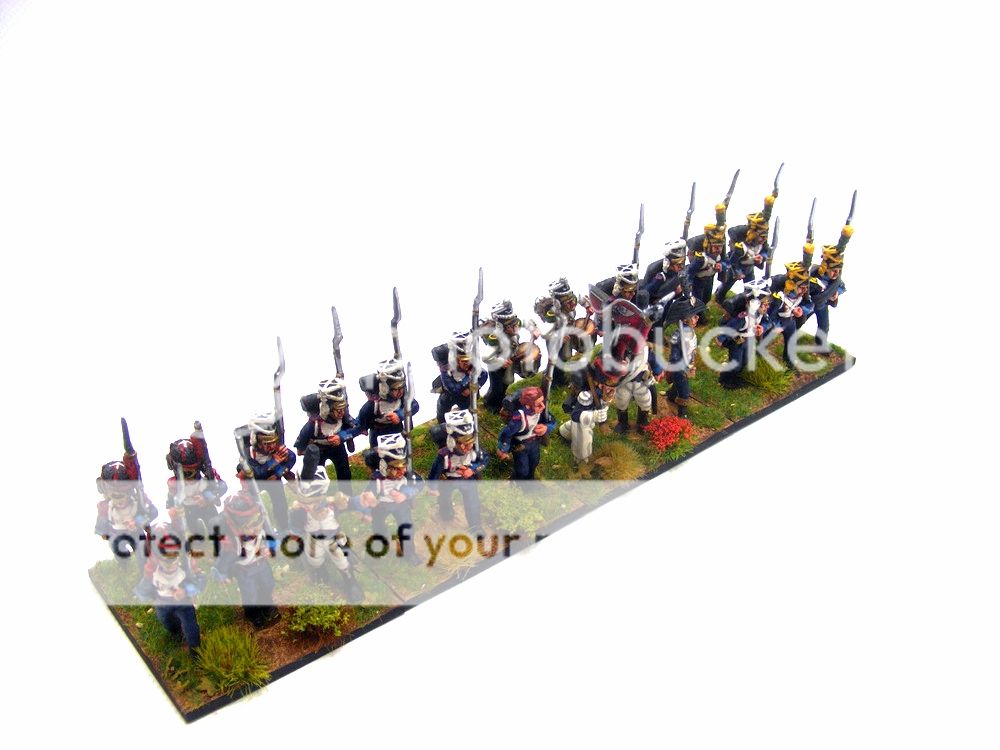

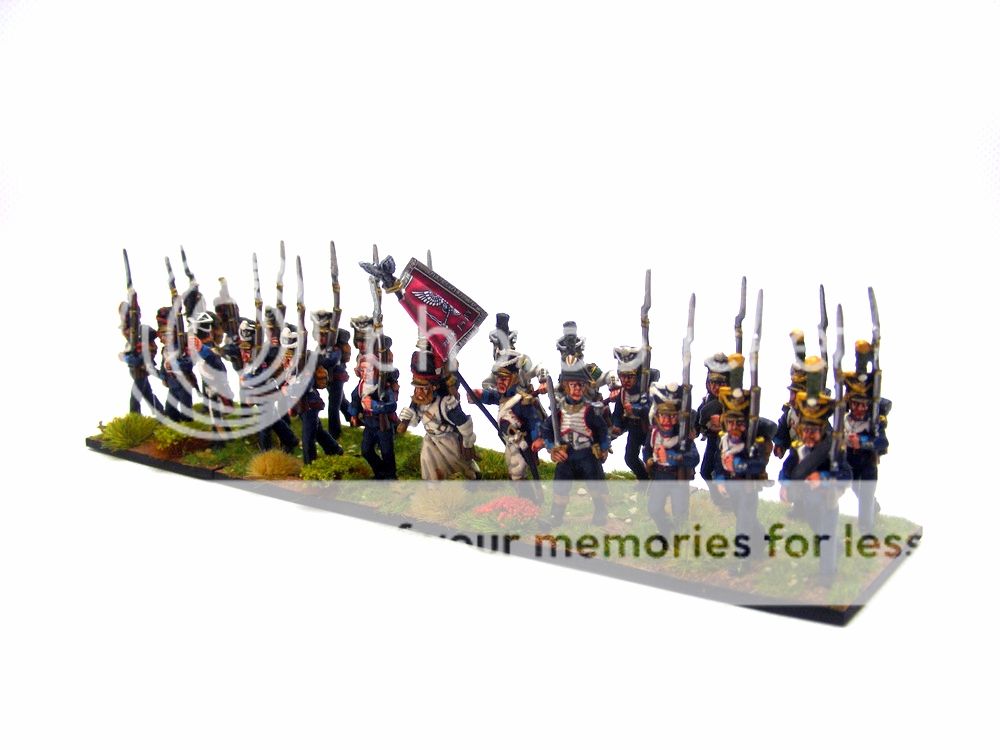
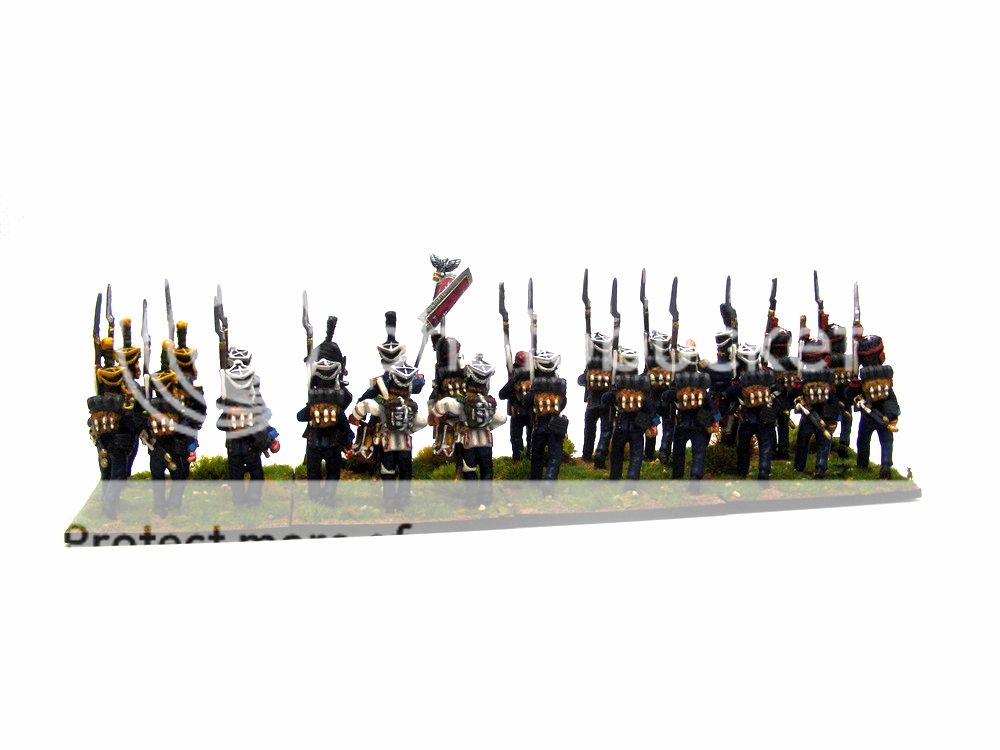


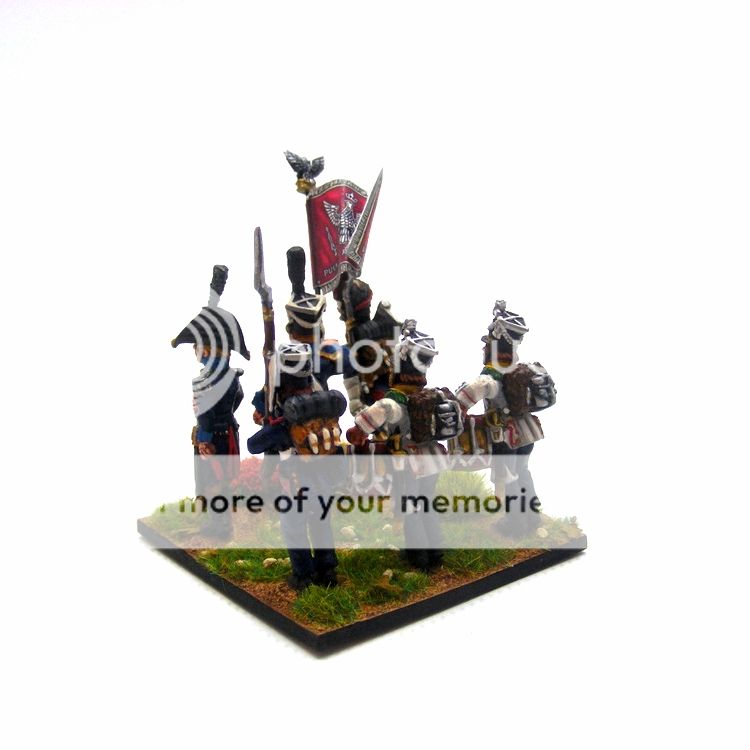

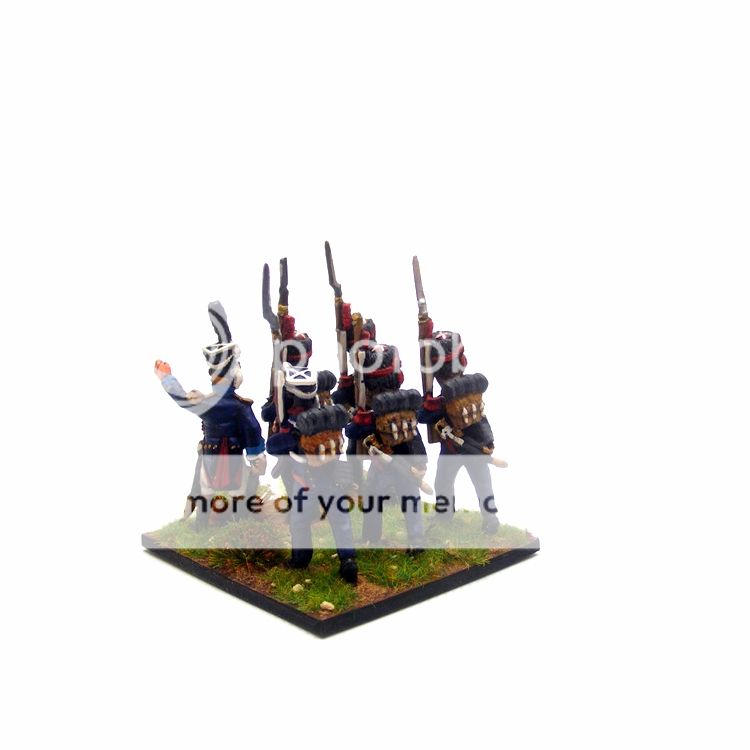
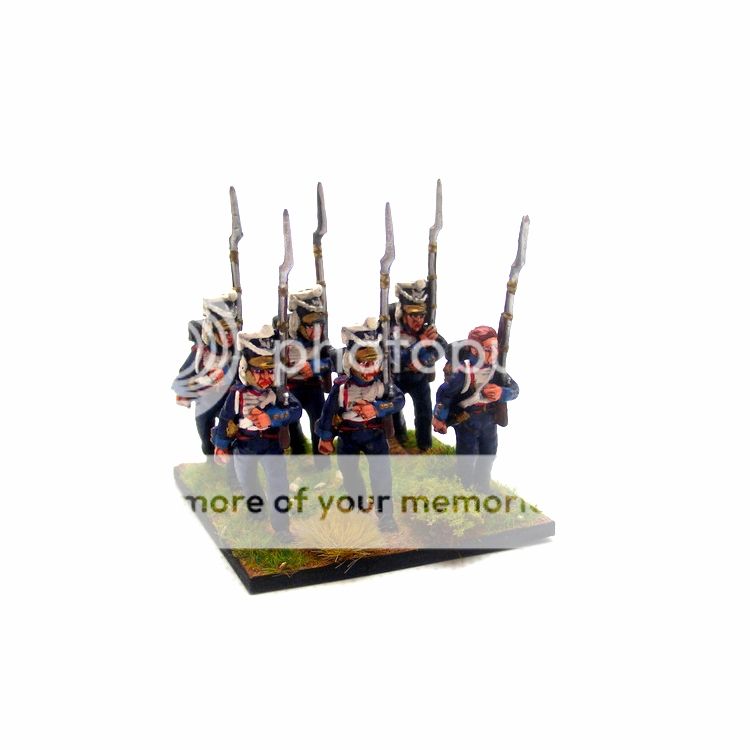
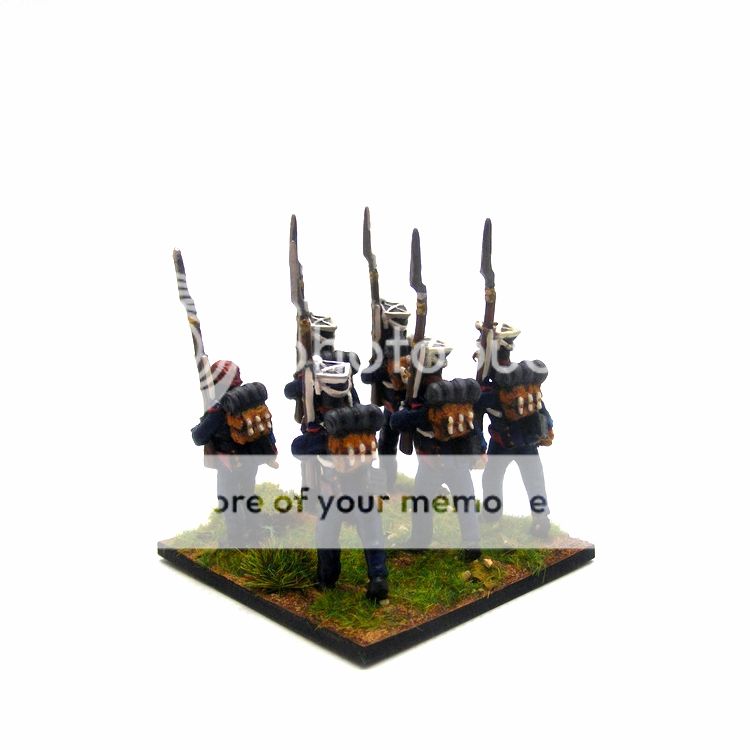
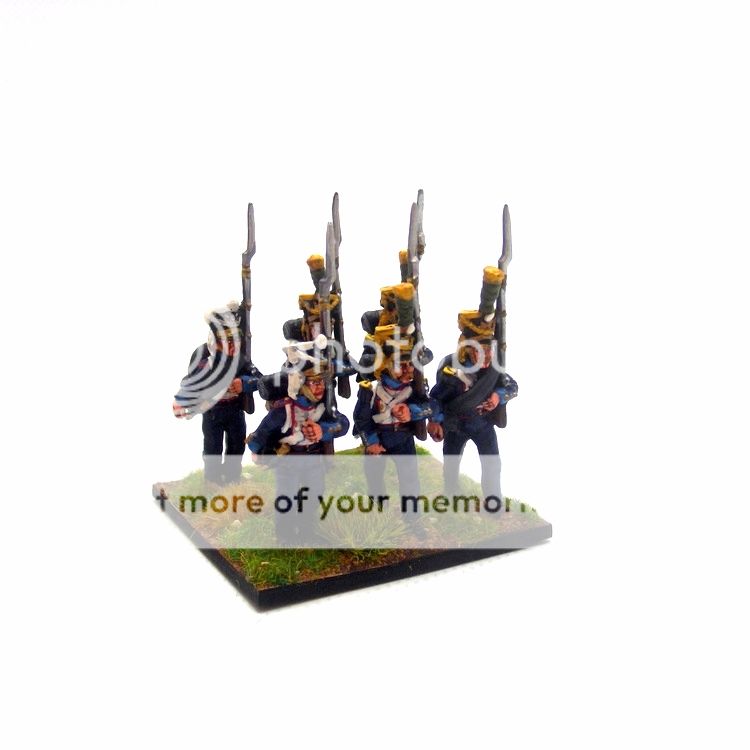
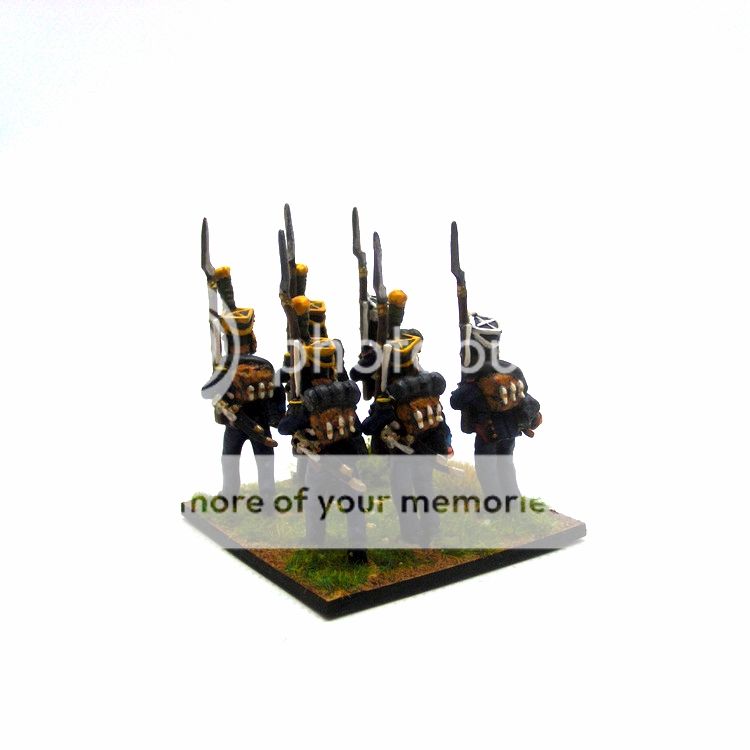
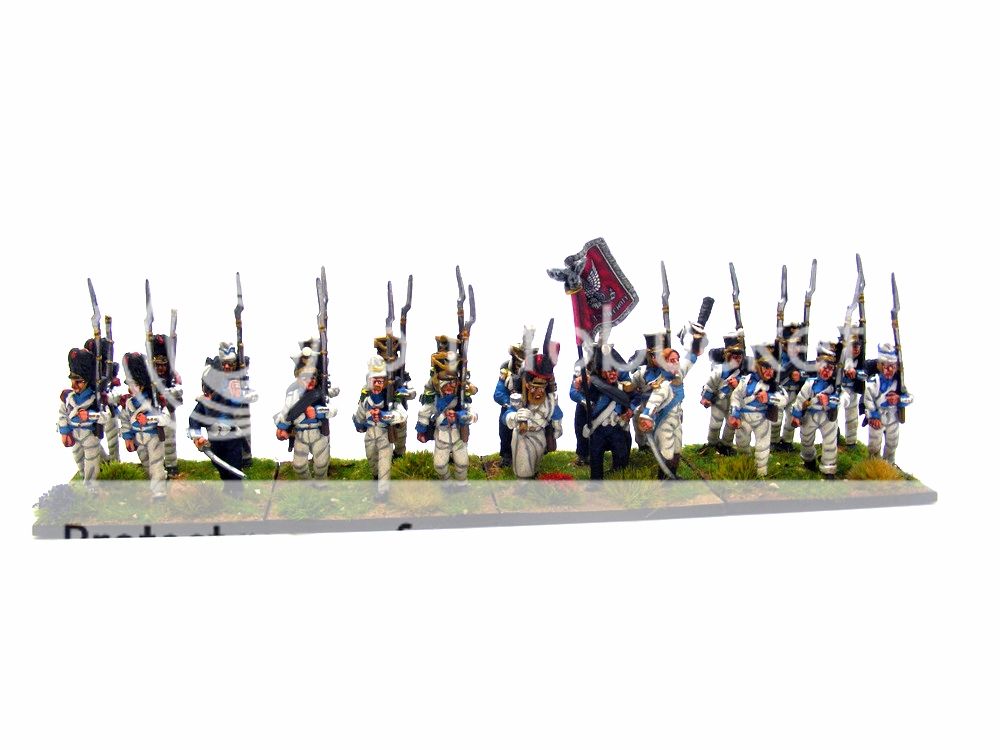
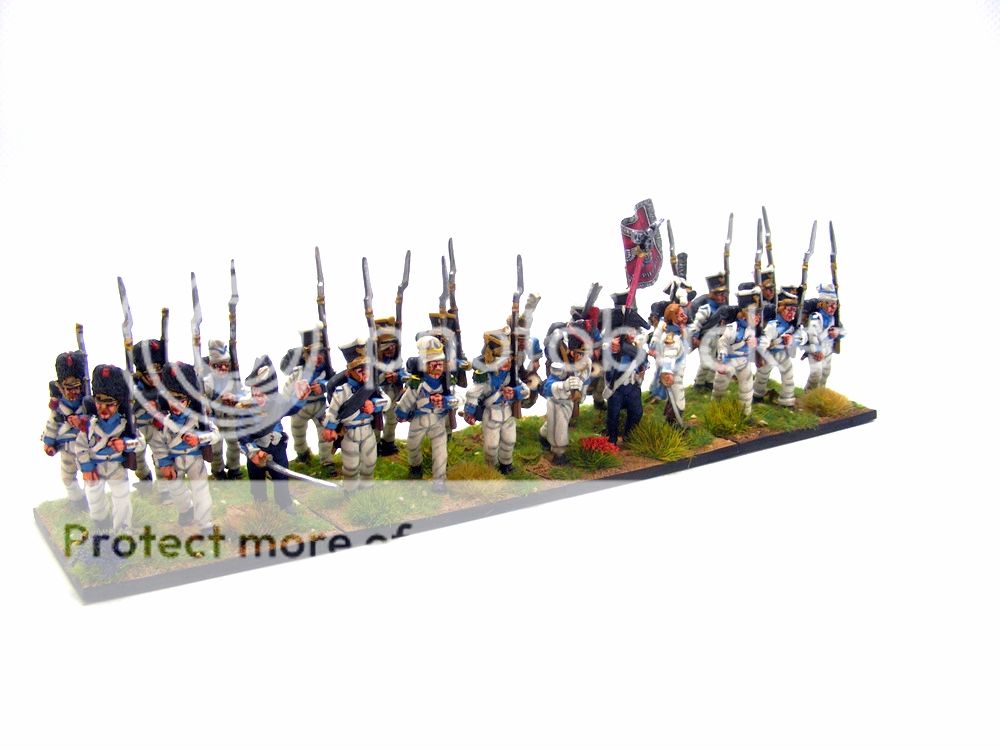
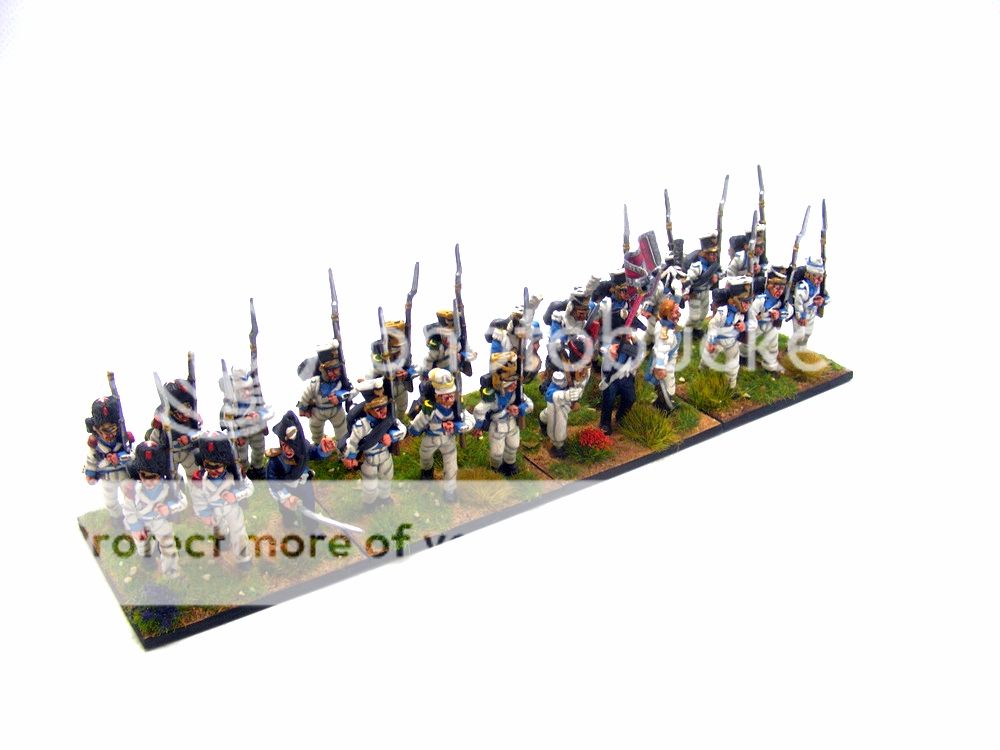
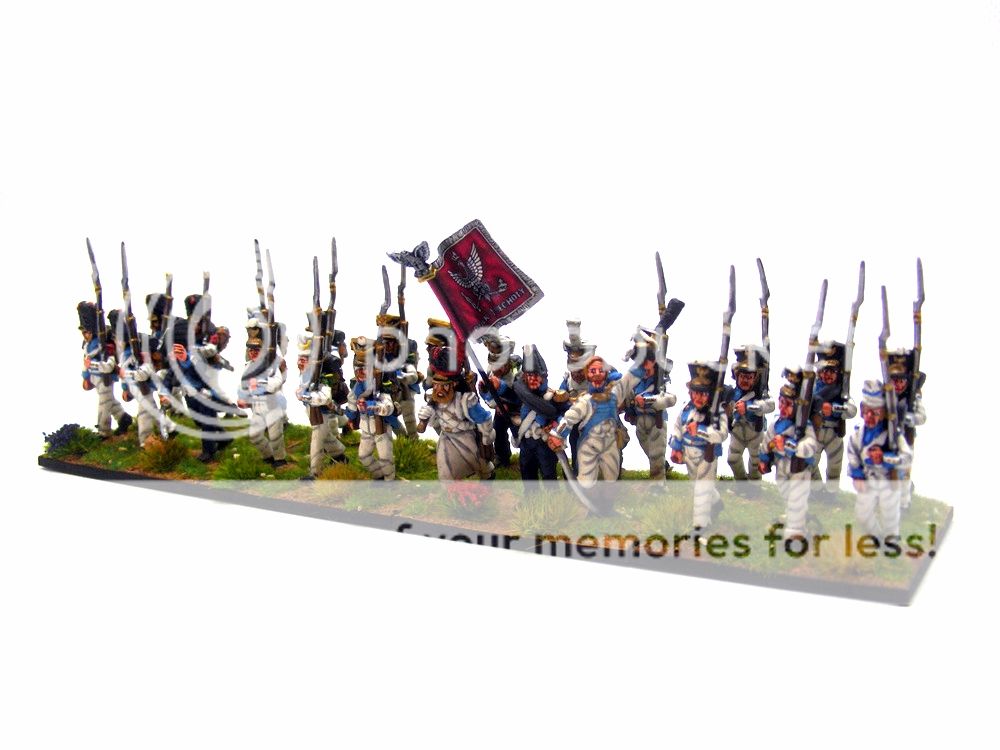
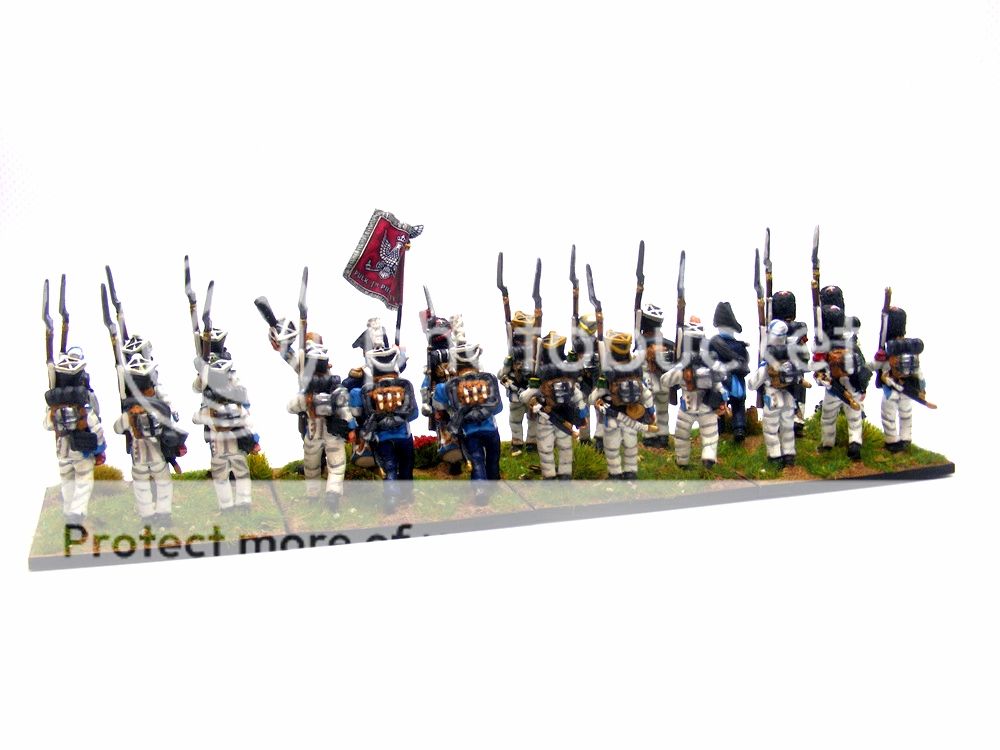
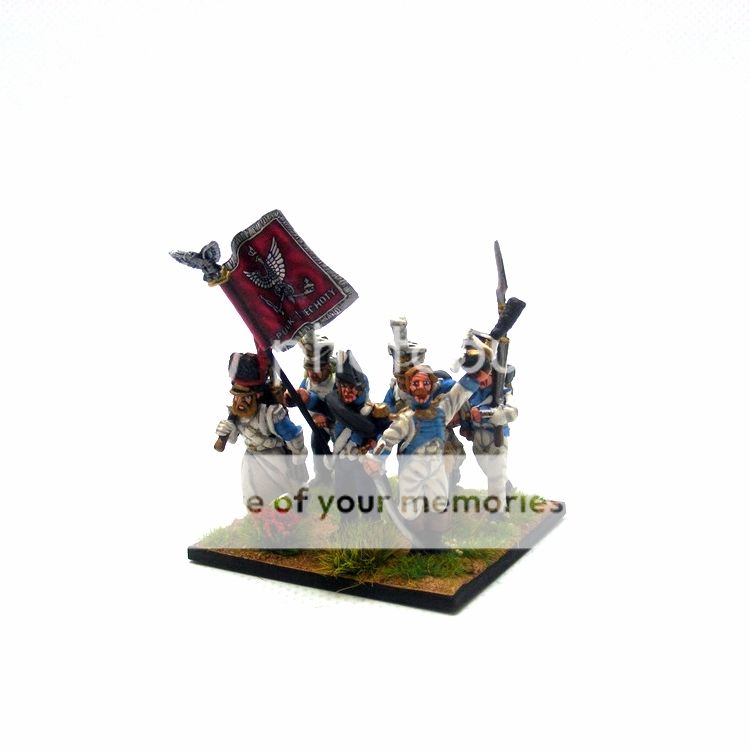
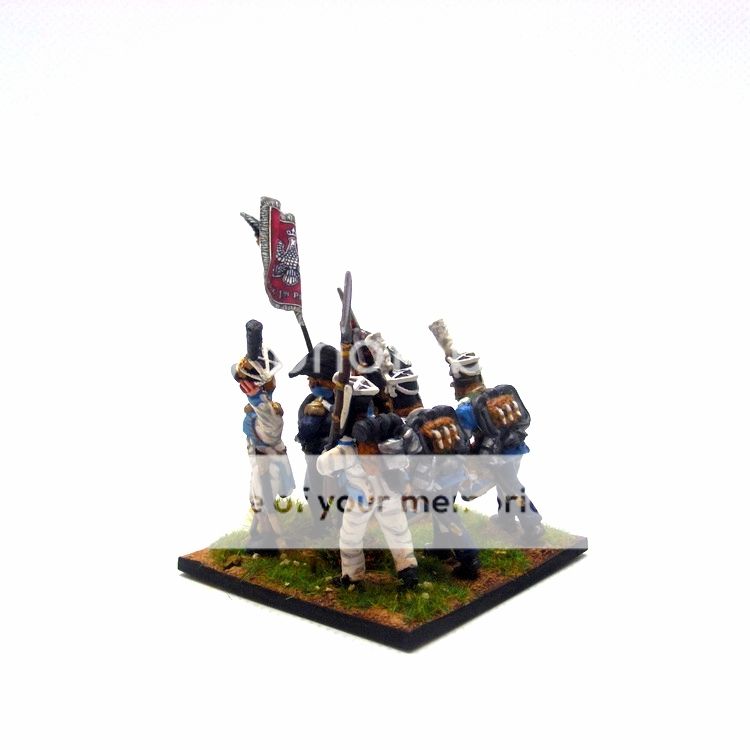
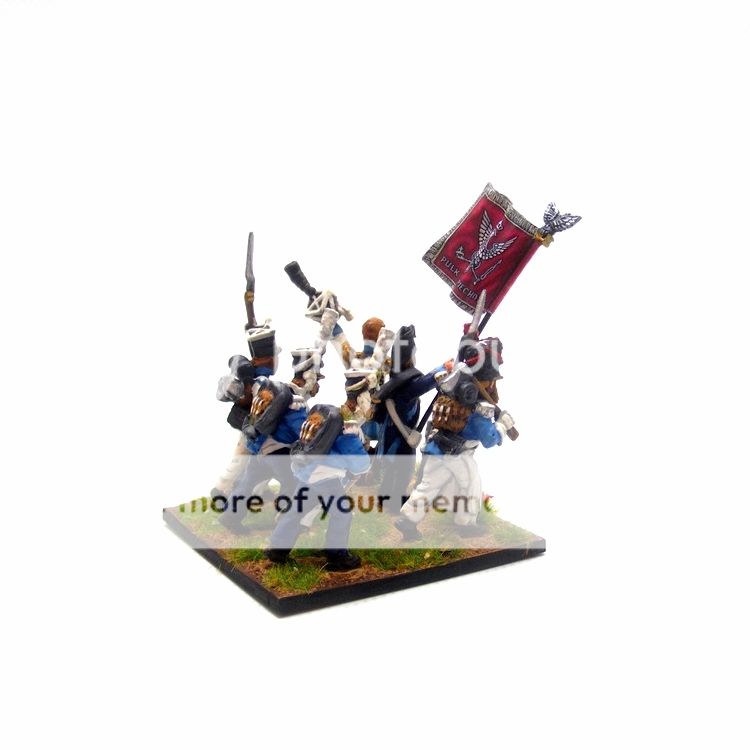
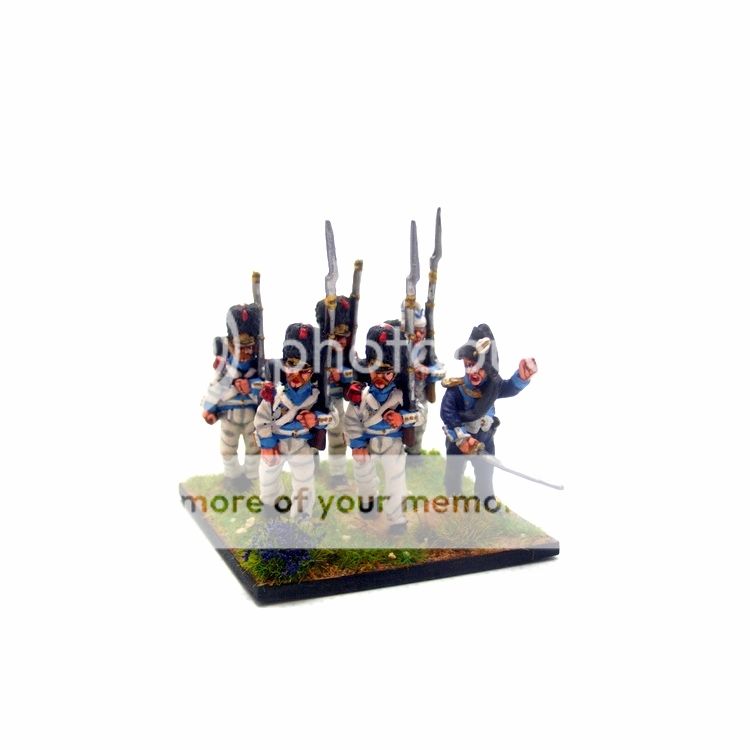

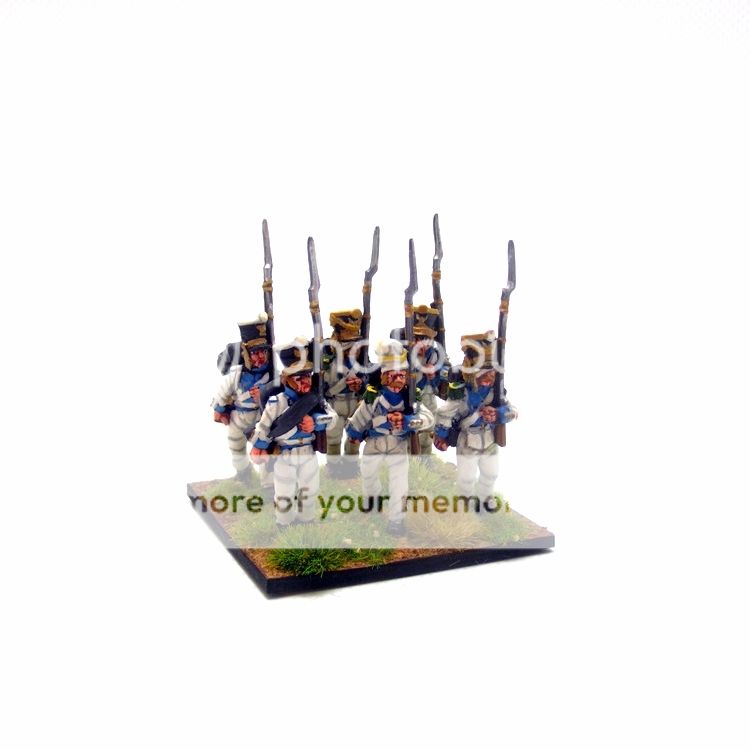
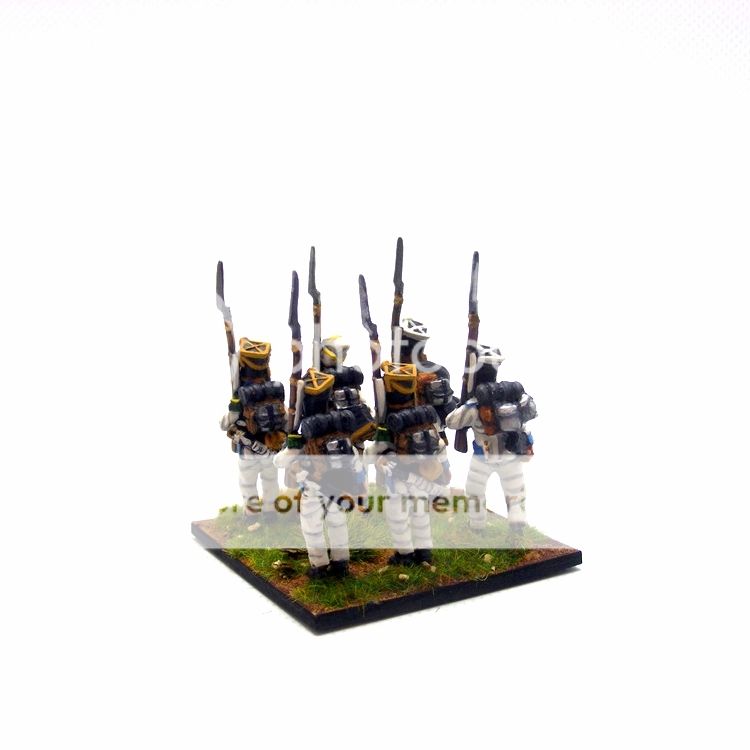
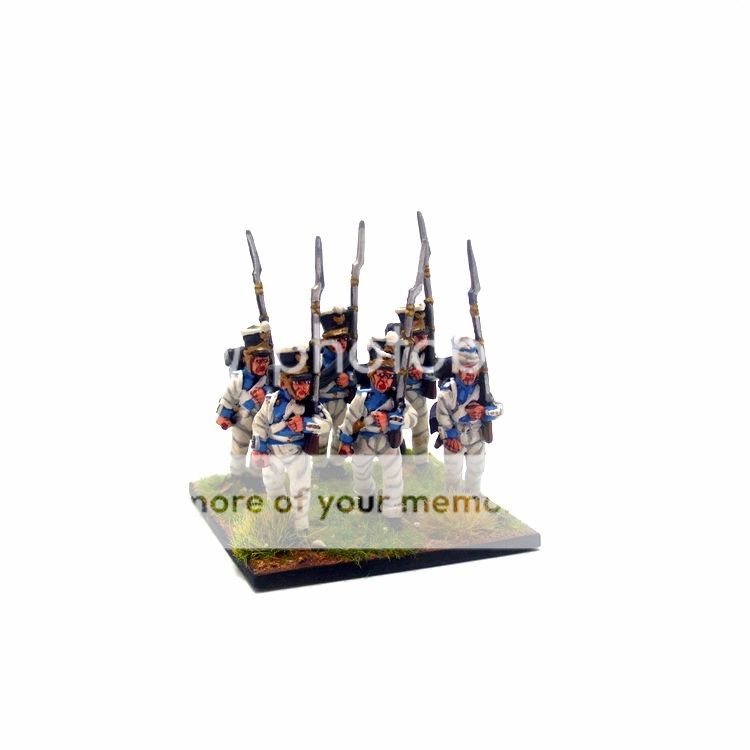
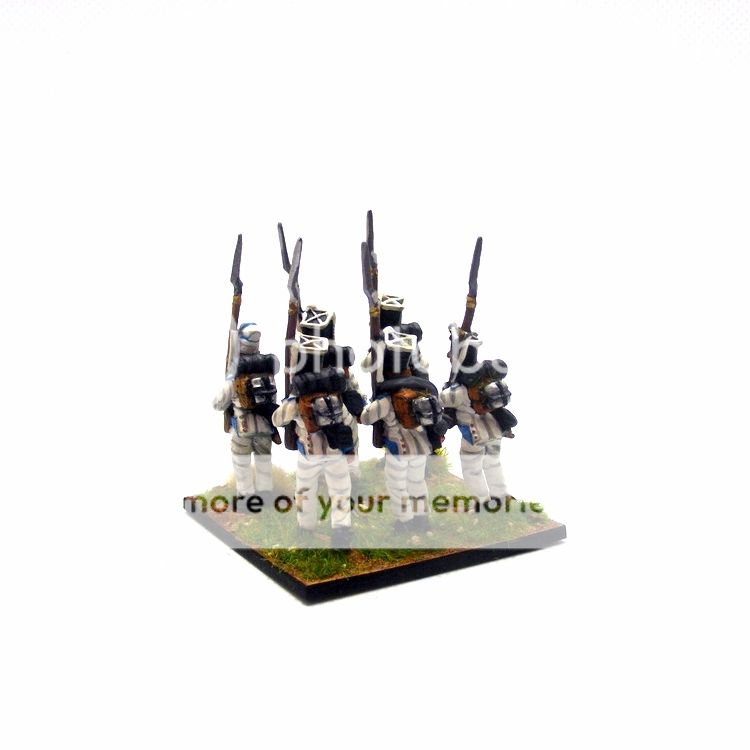

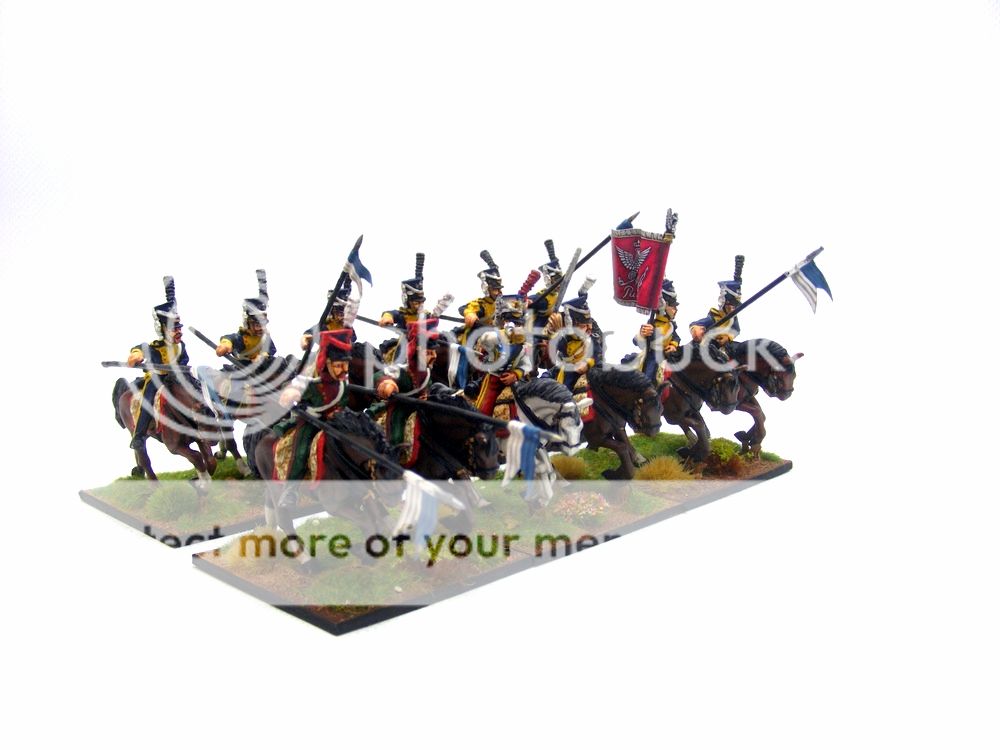
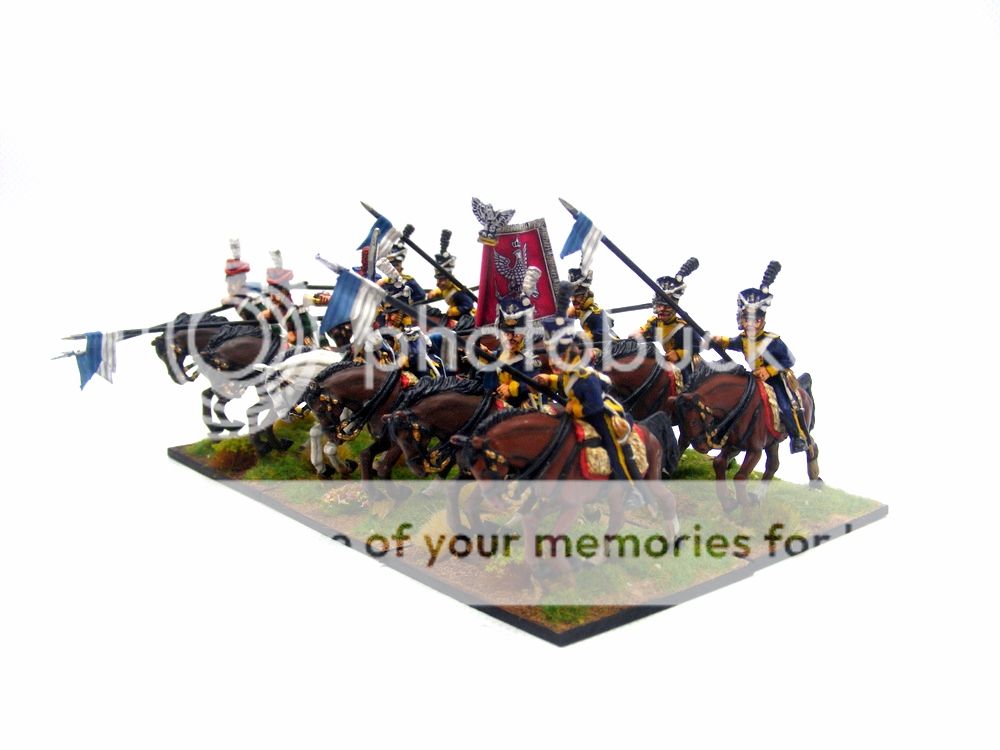
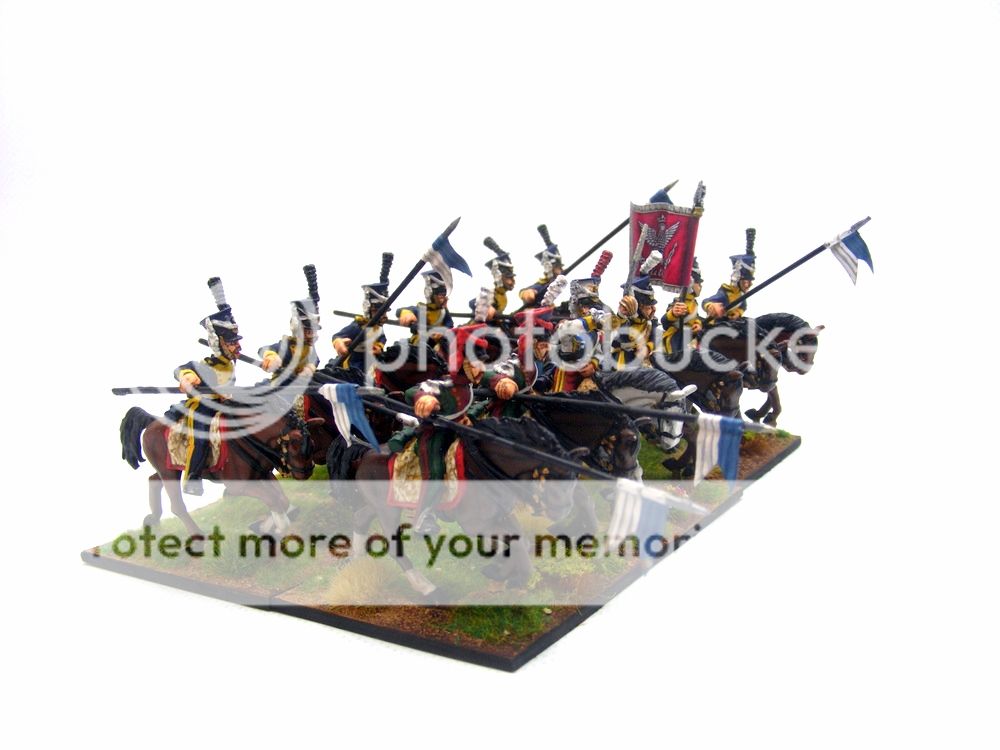





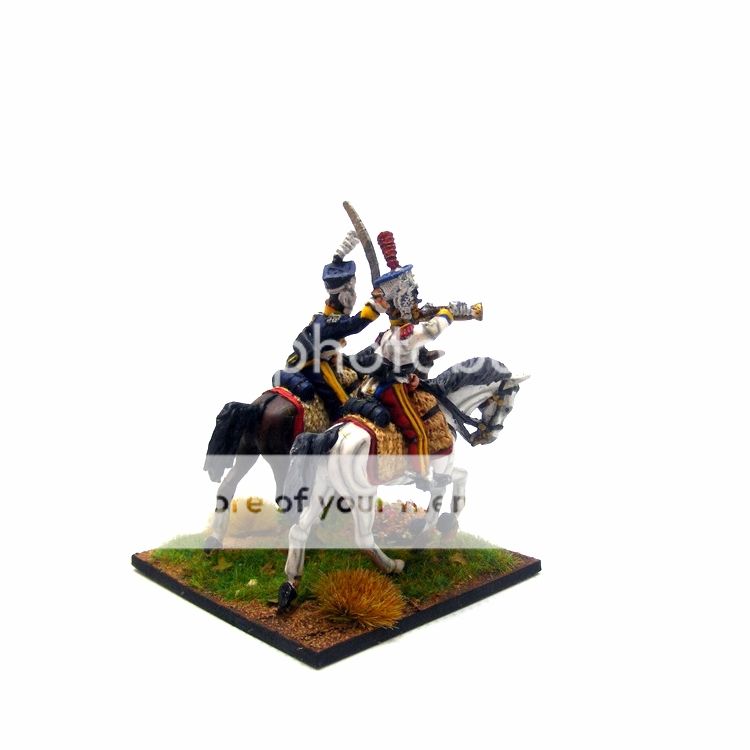
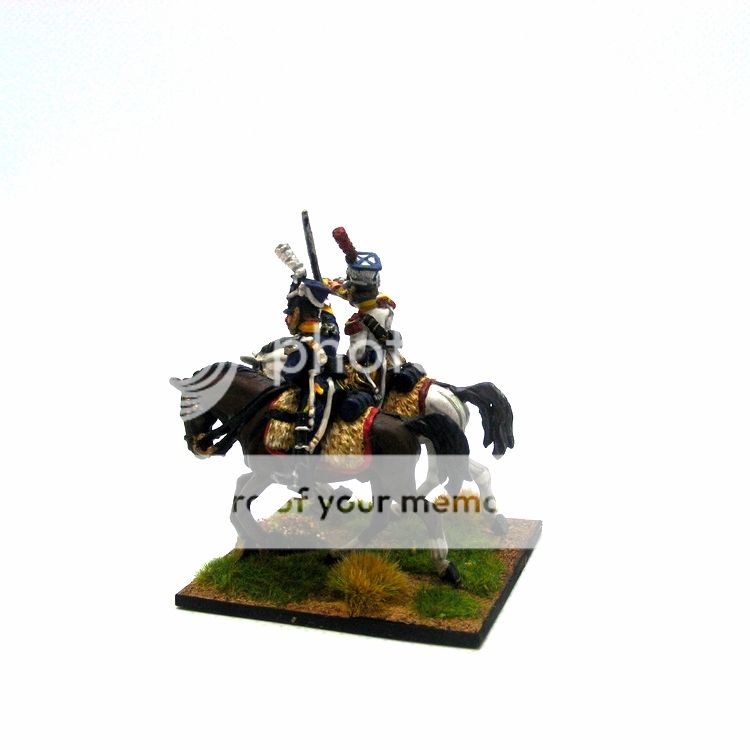
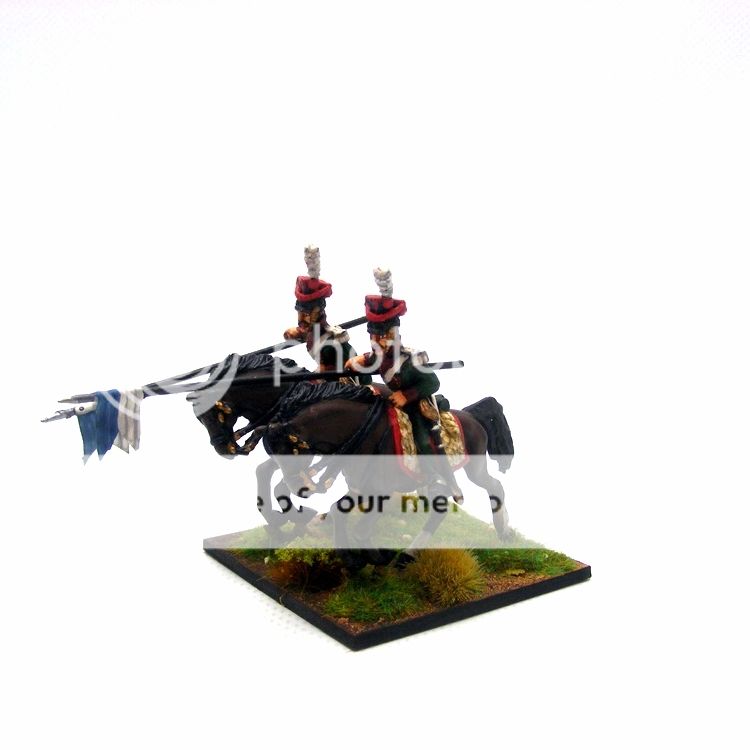


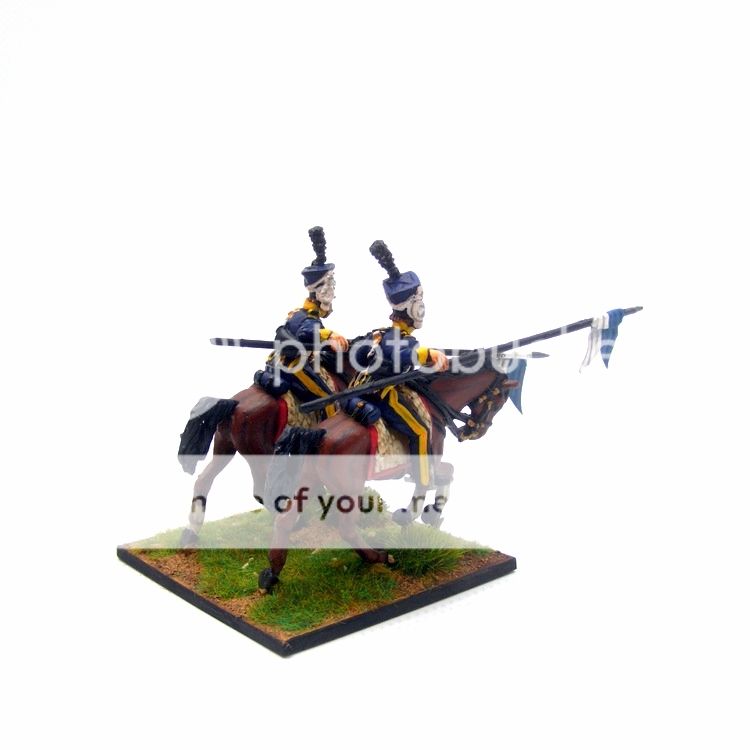
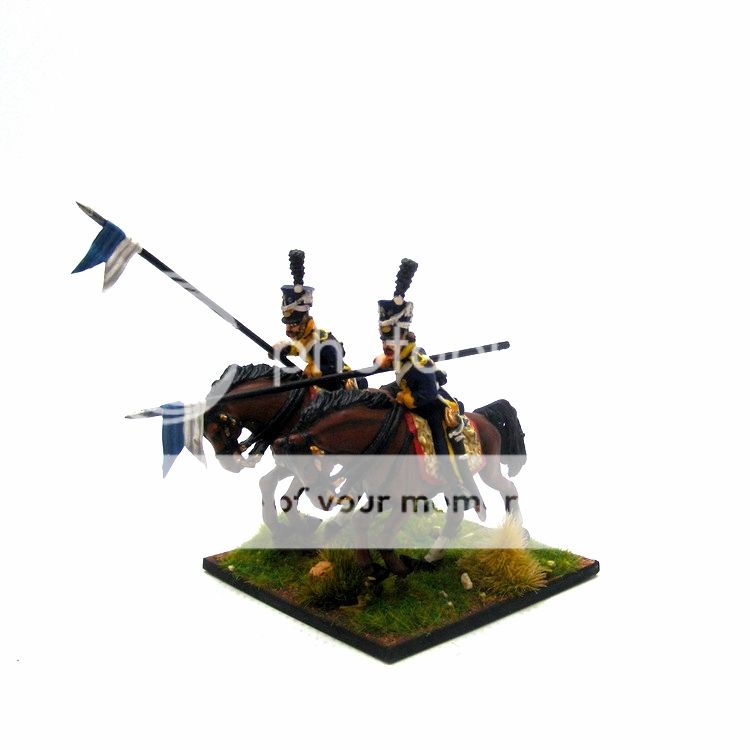
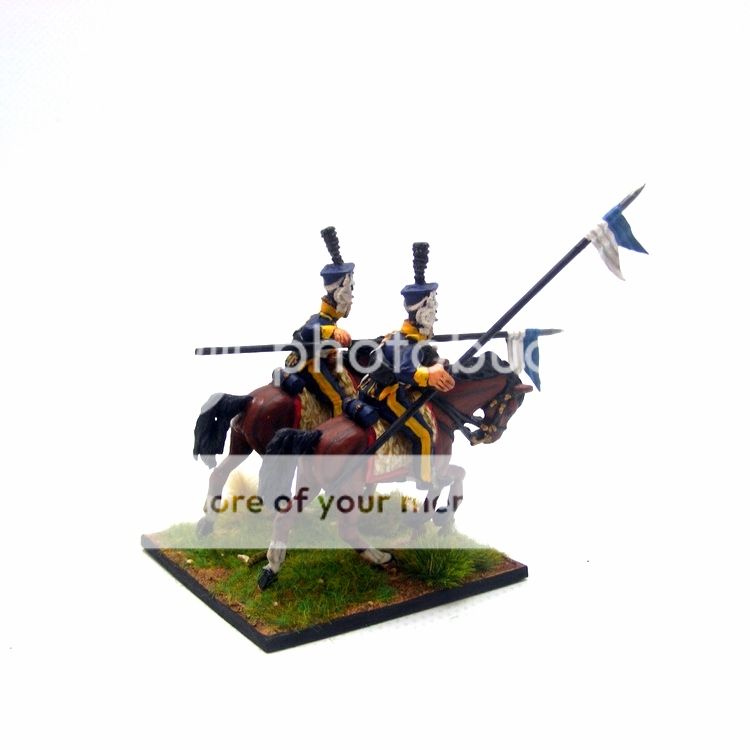
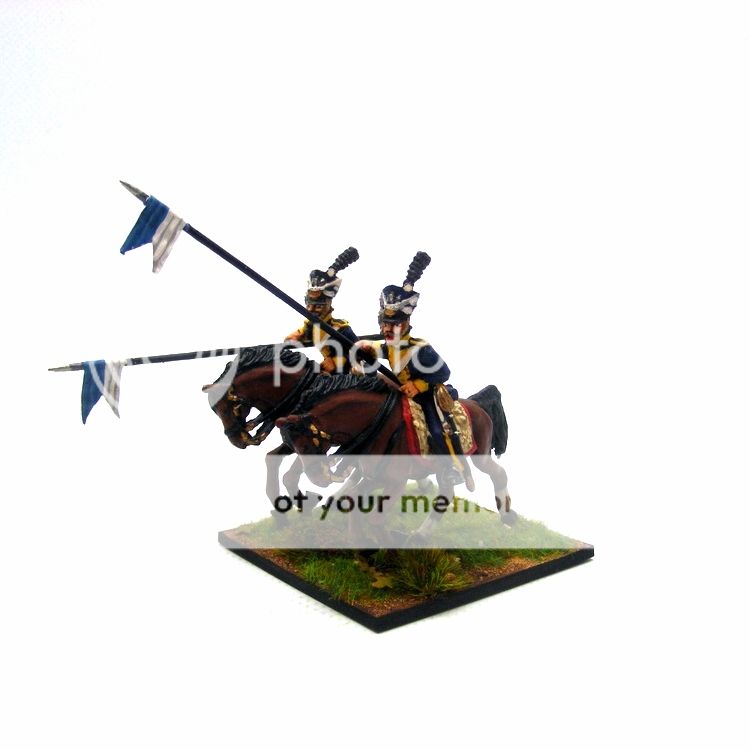
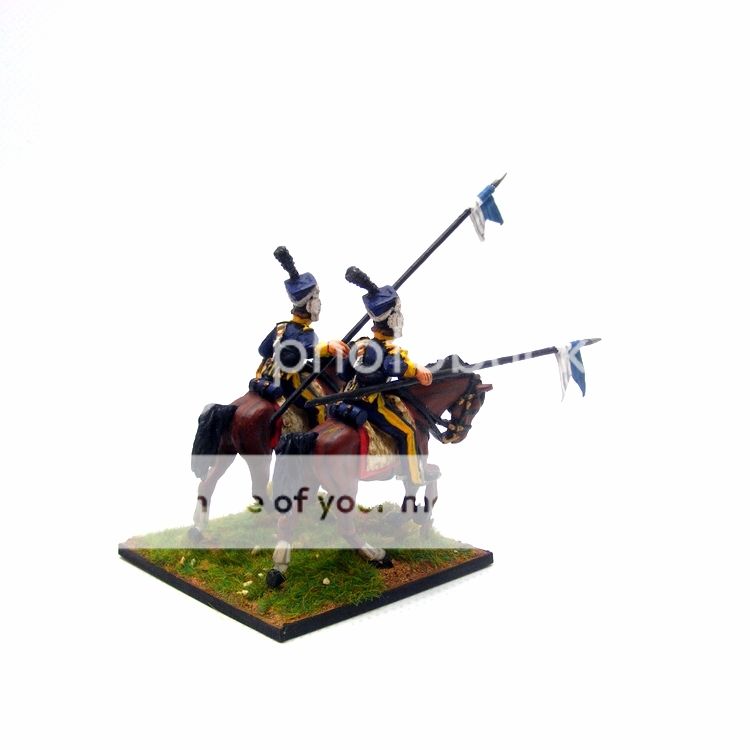
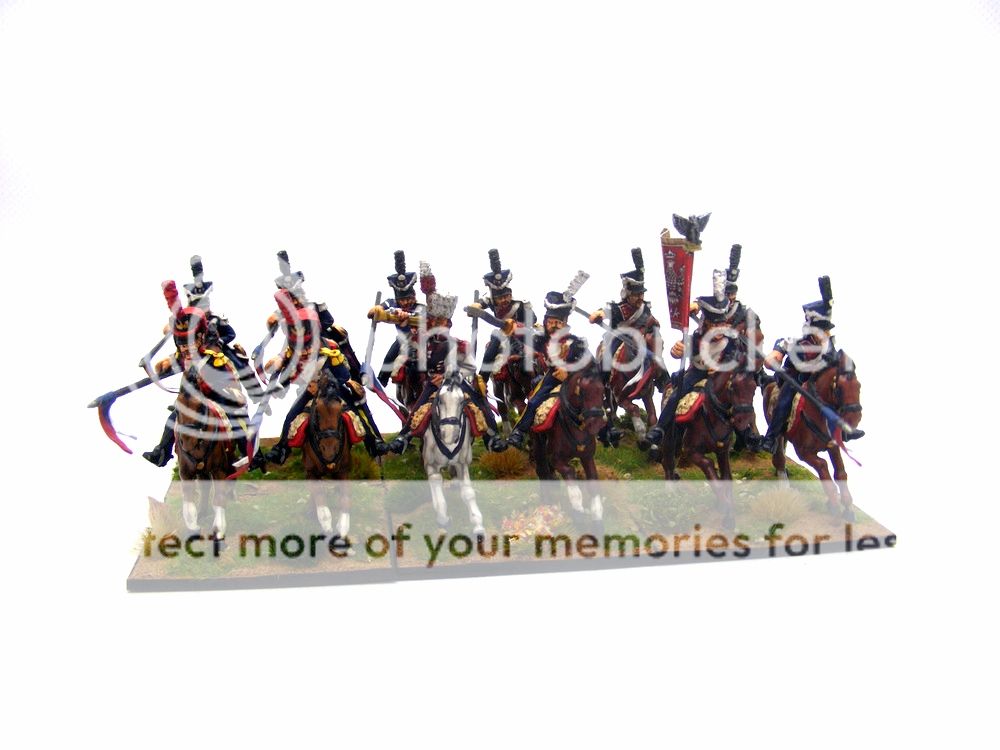
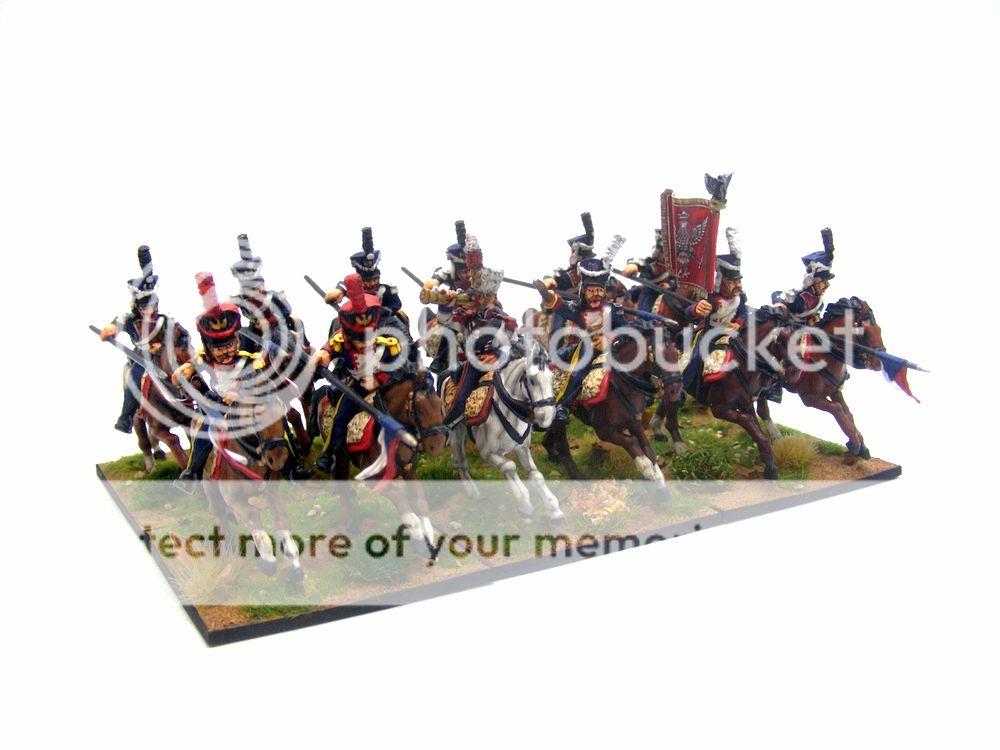

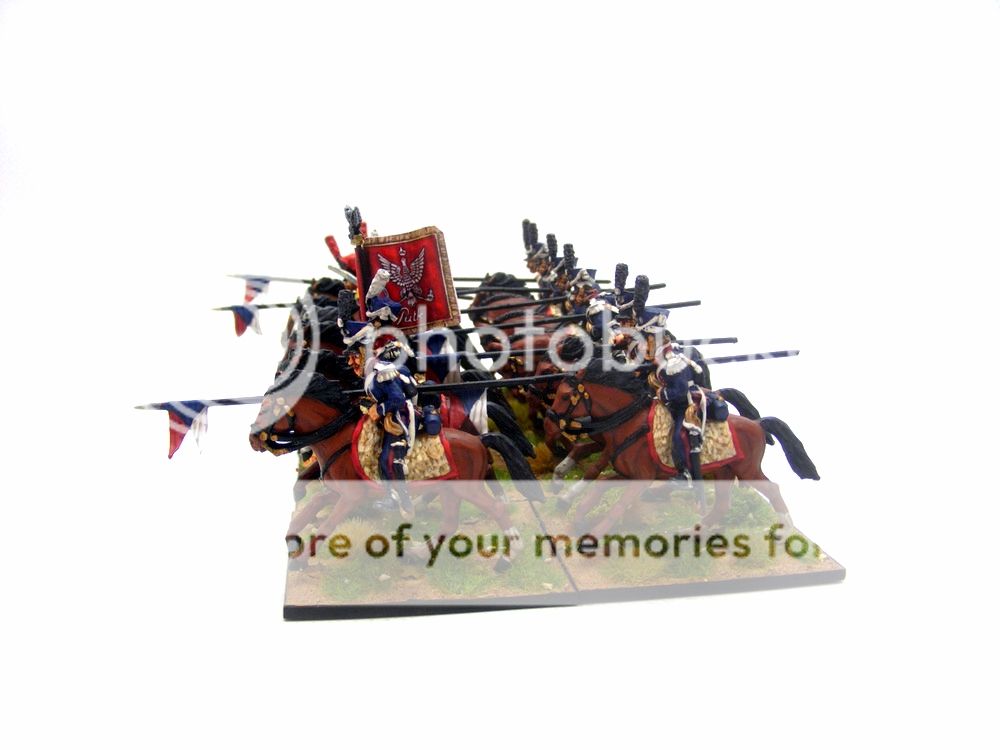
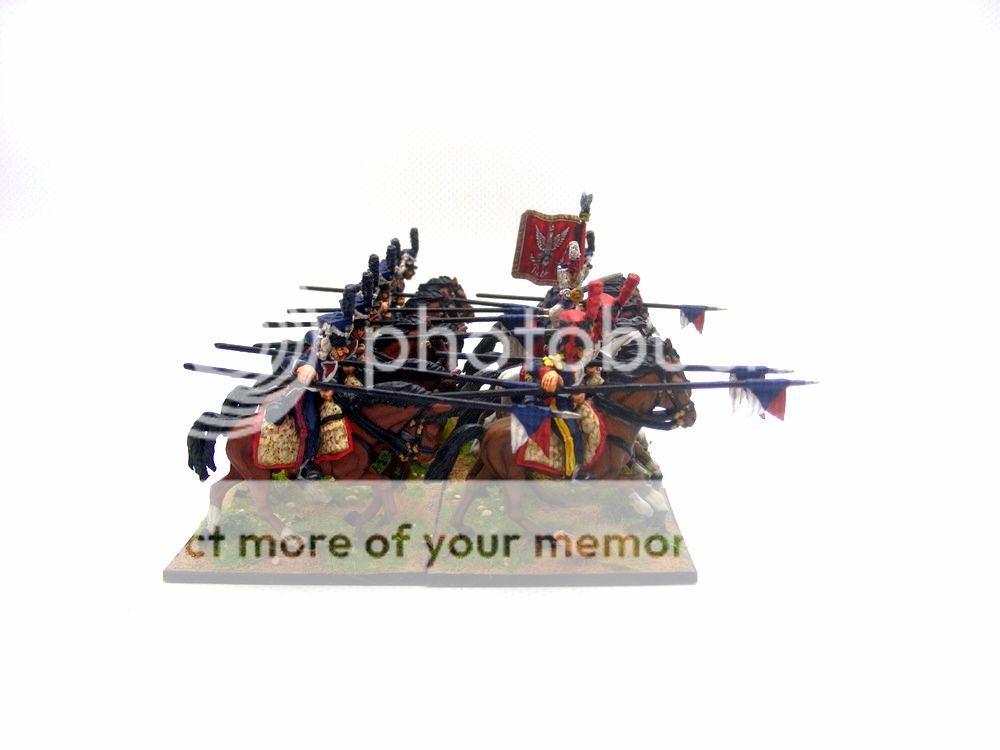
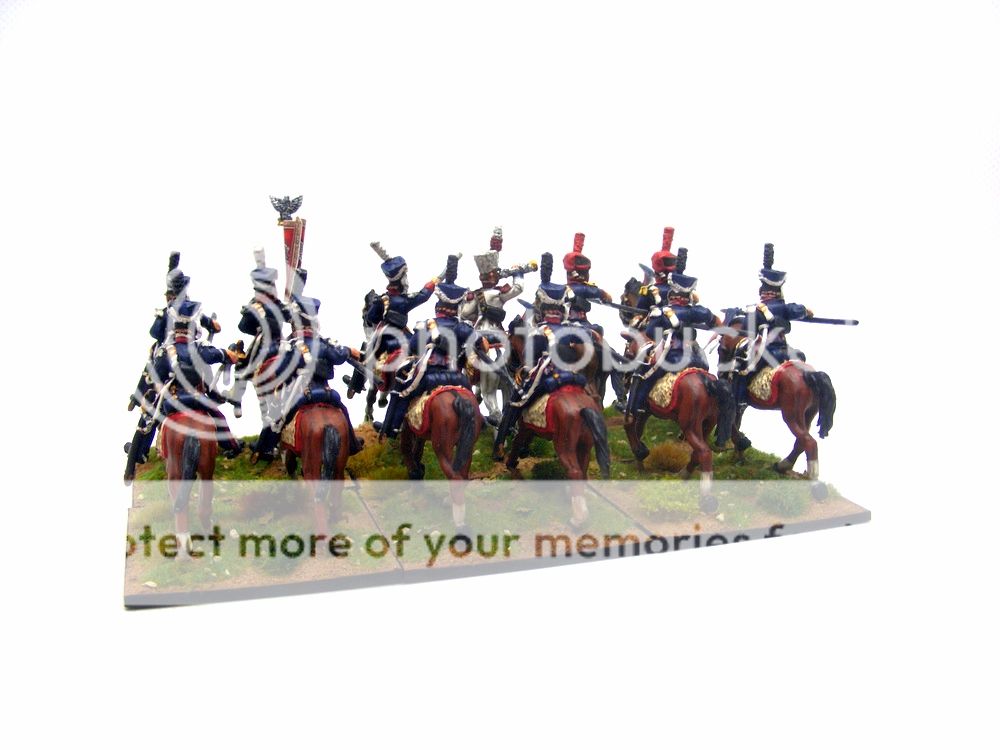
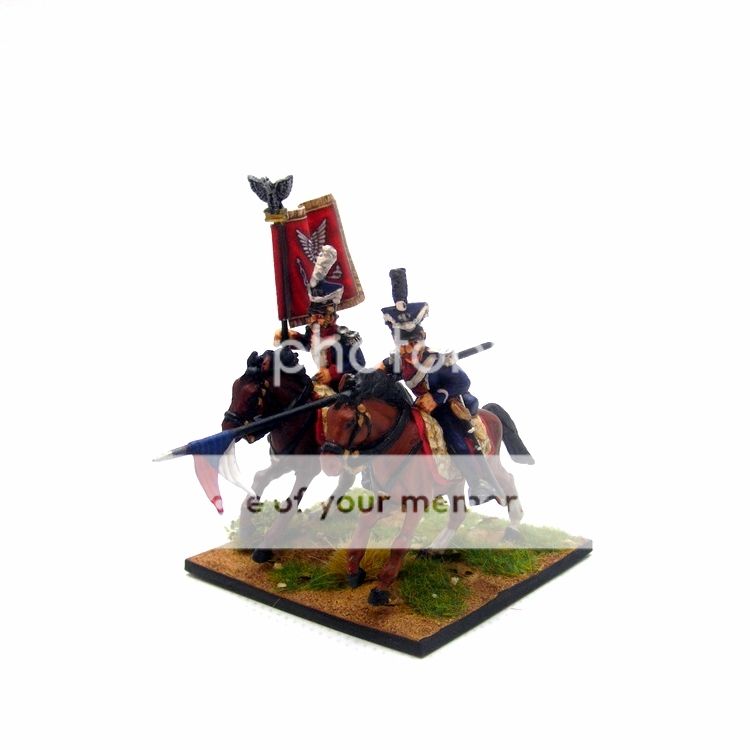
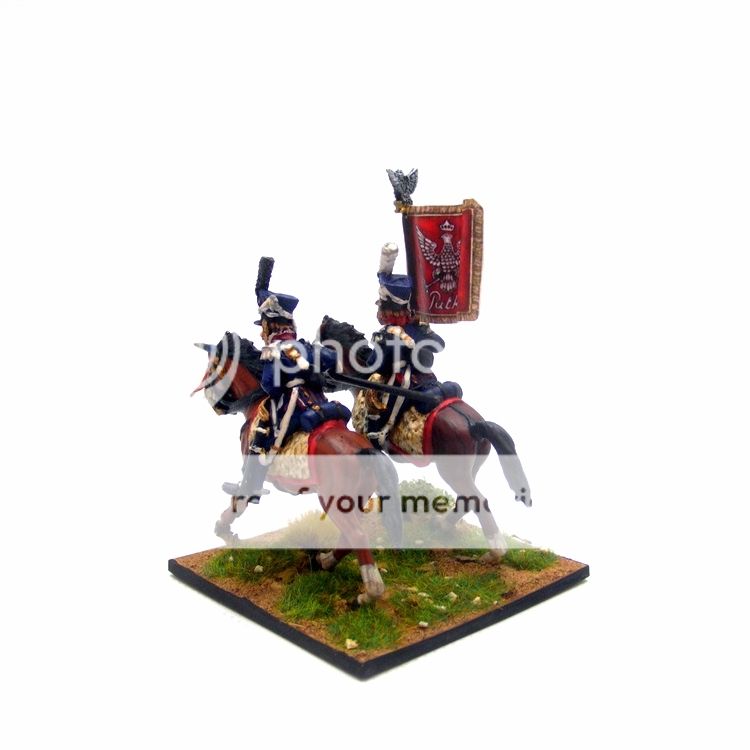
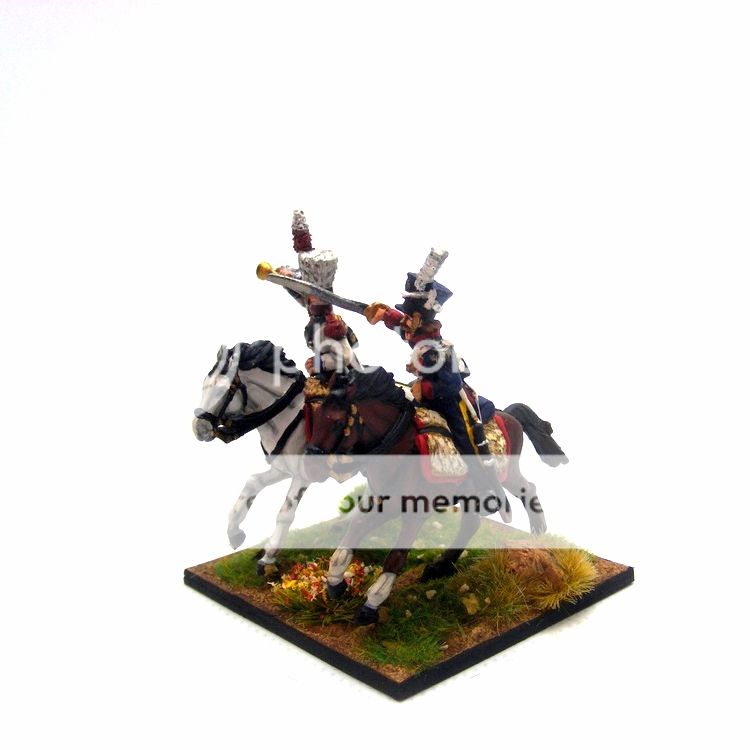
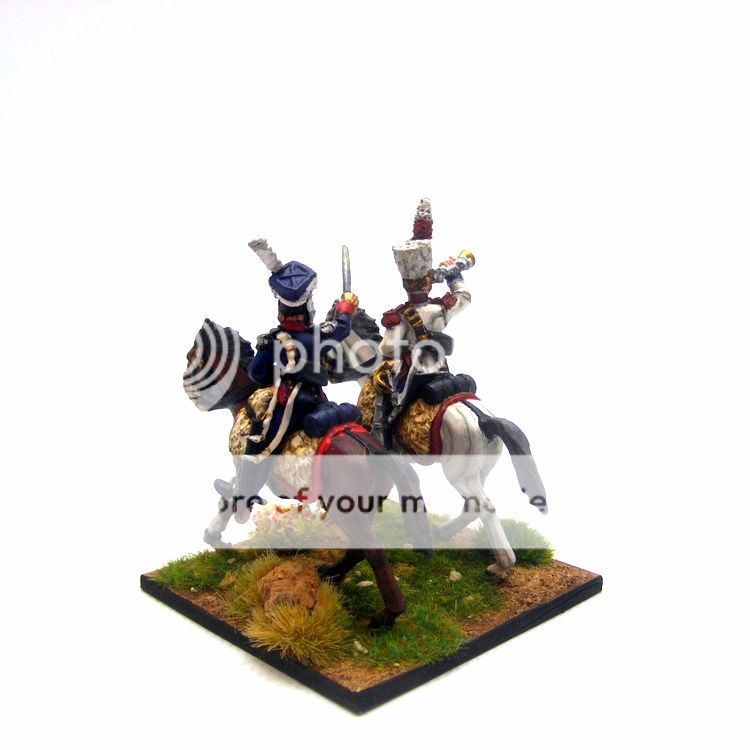
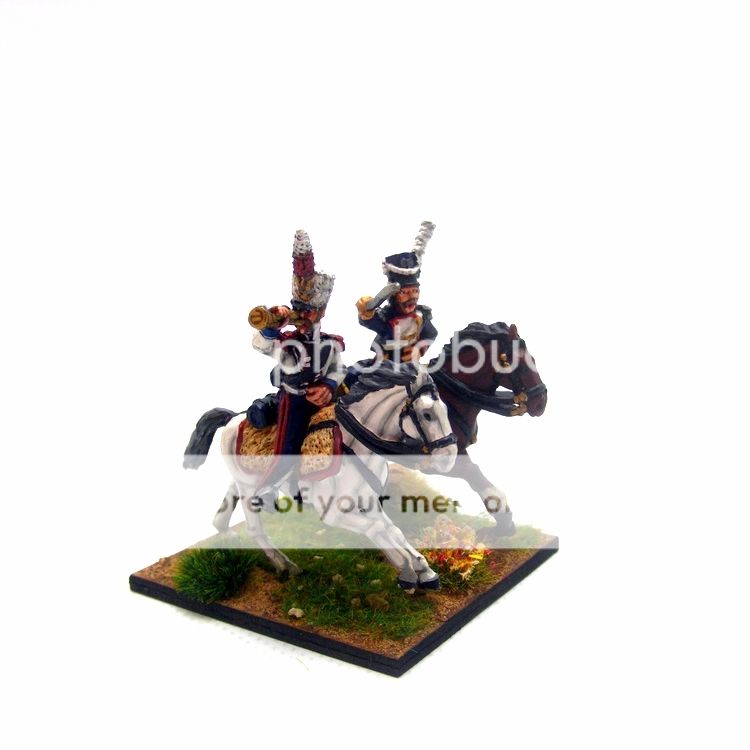
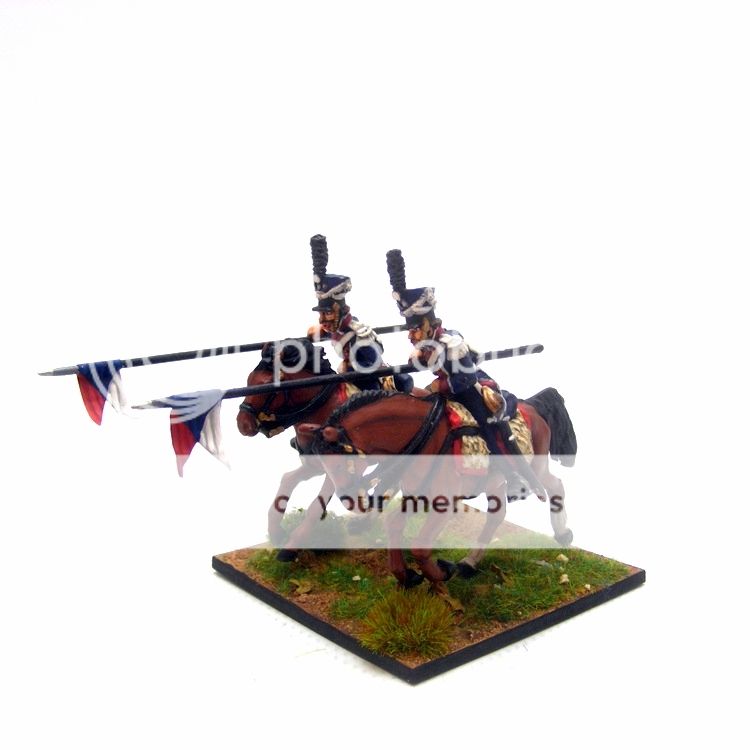
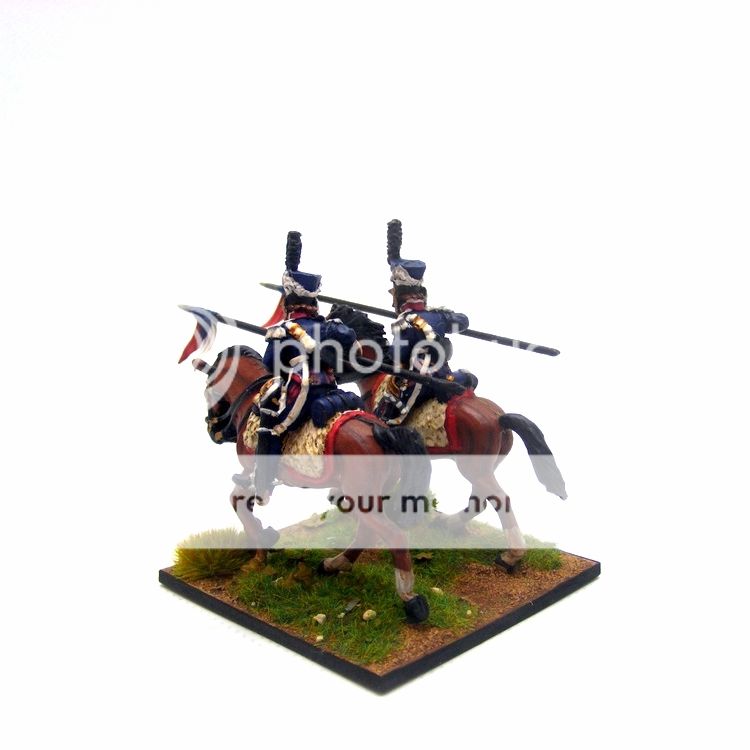
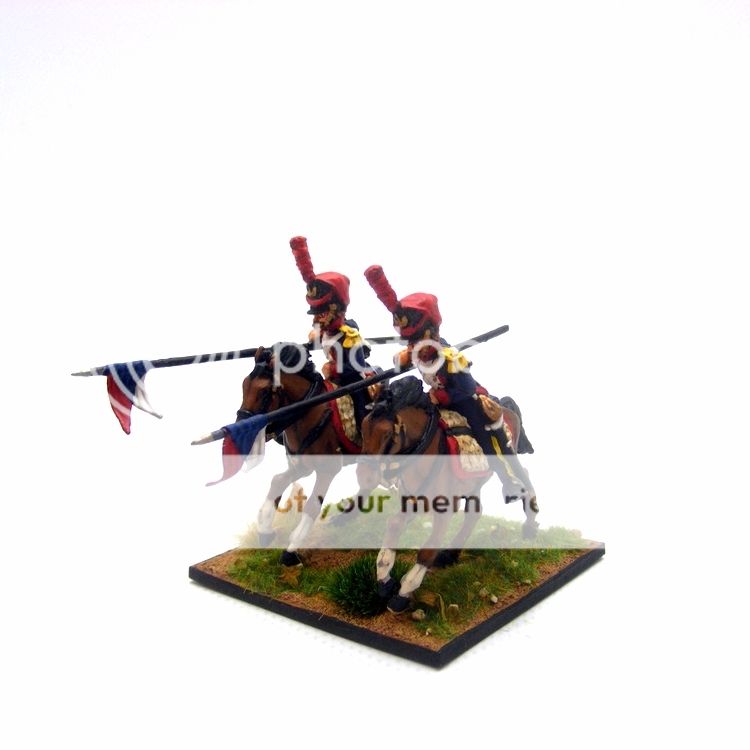
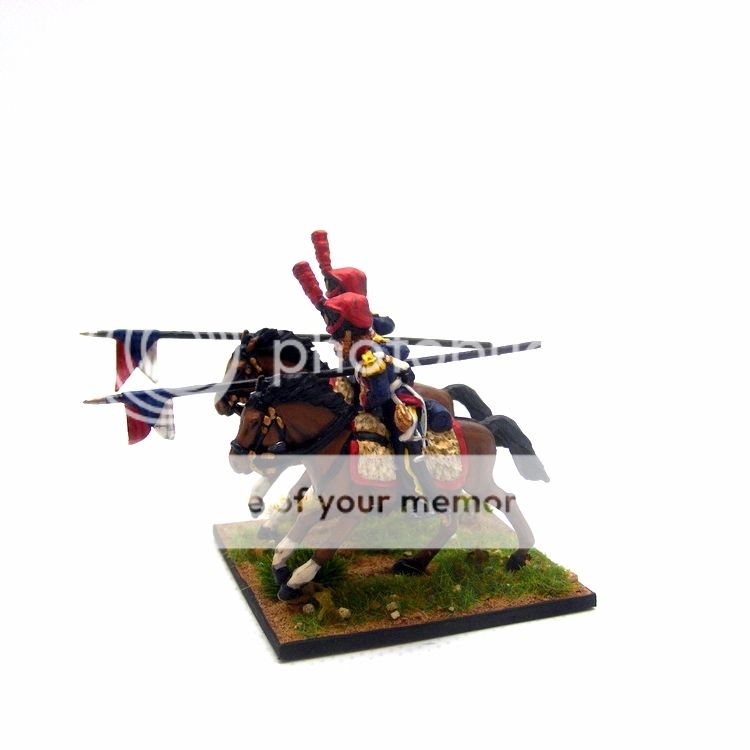
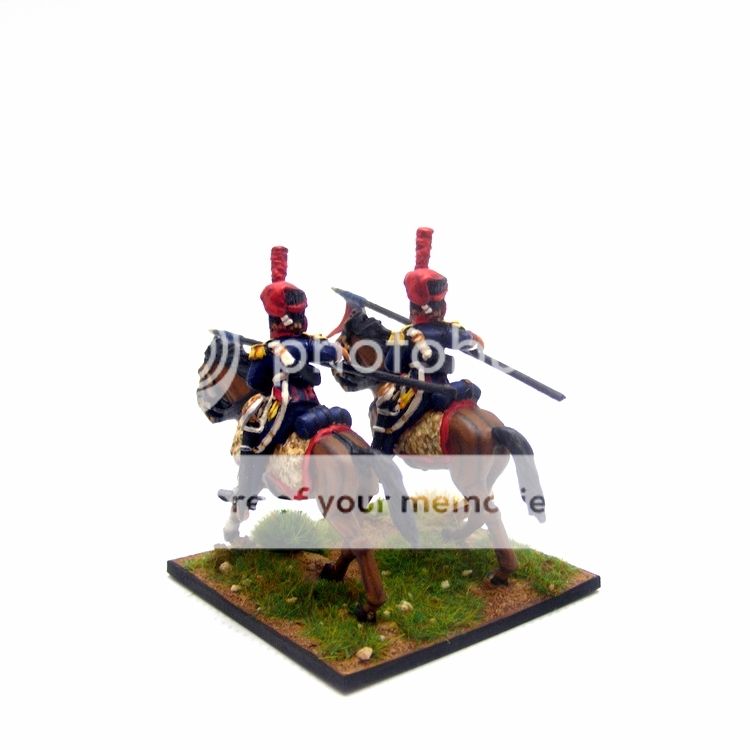
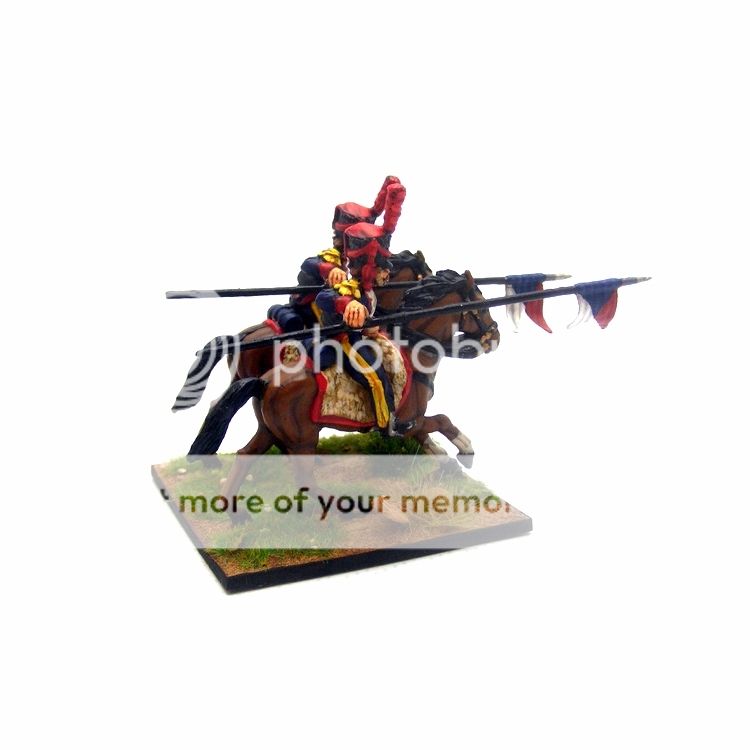
Most impressive units, excellent paint job!
ReplyDeleteTop notch work as always!
ReplyDeleteyour work just get's better and better
ReplyDelete